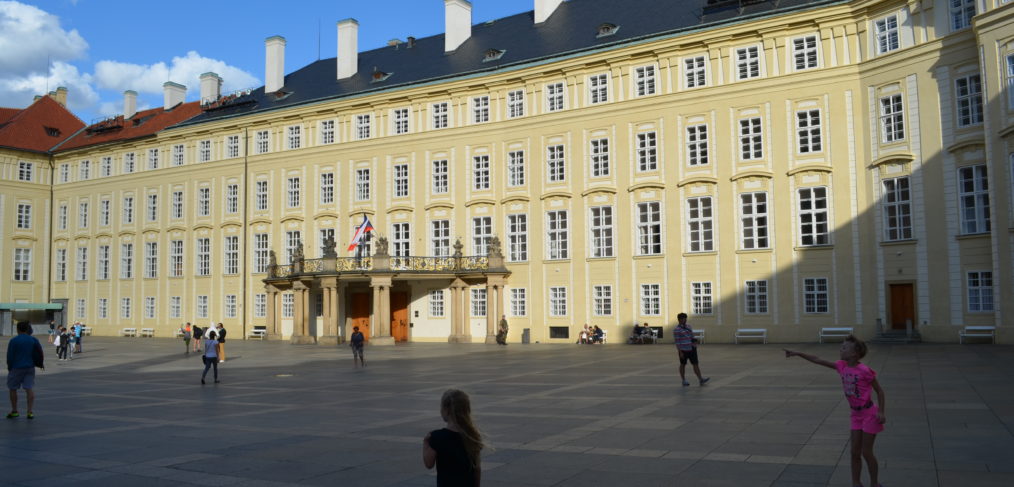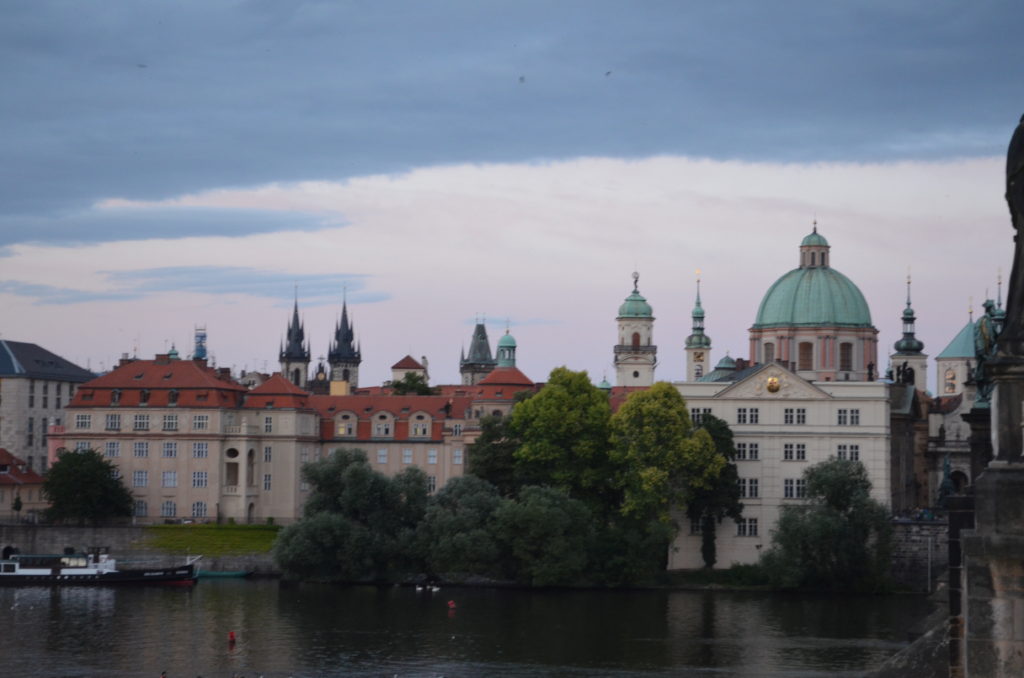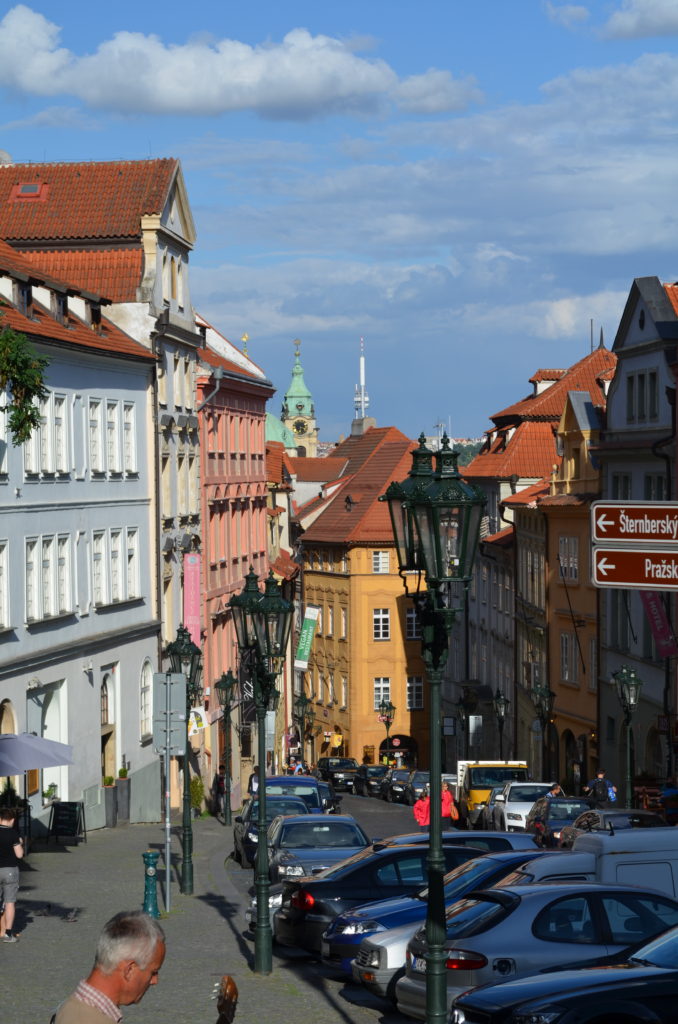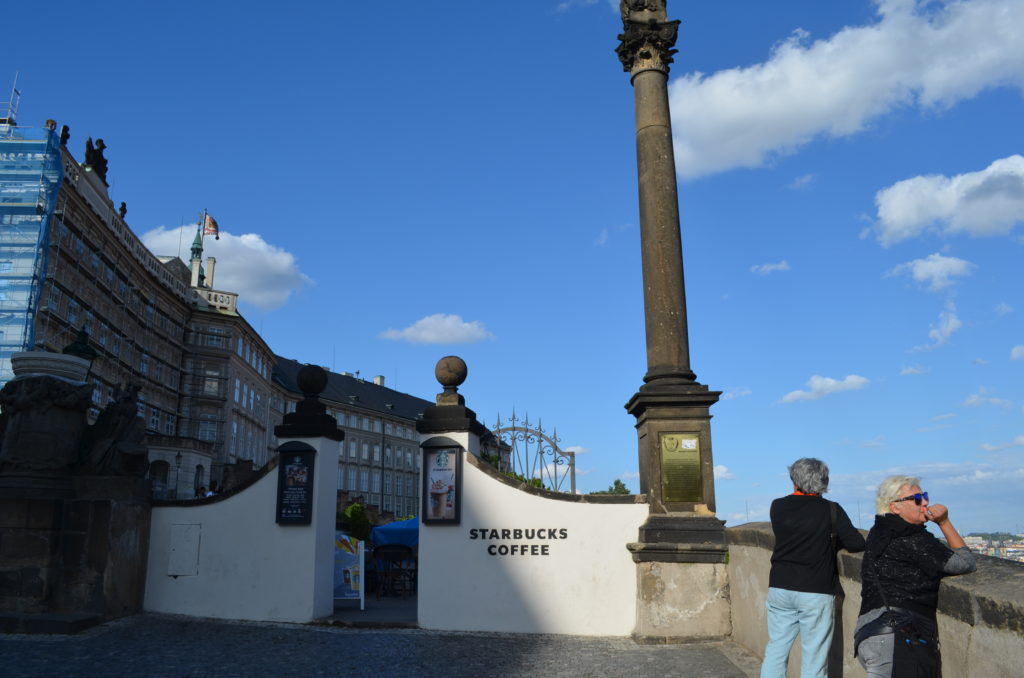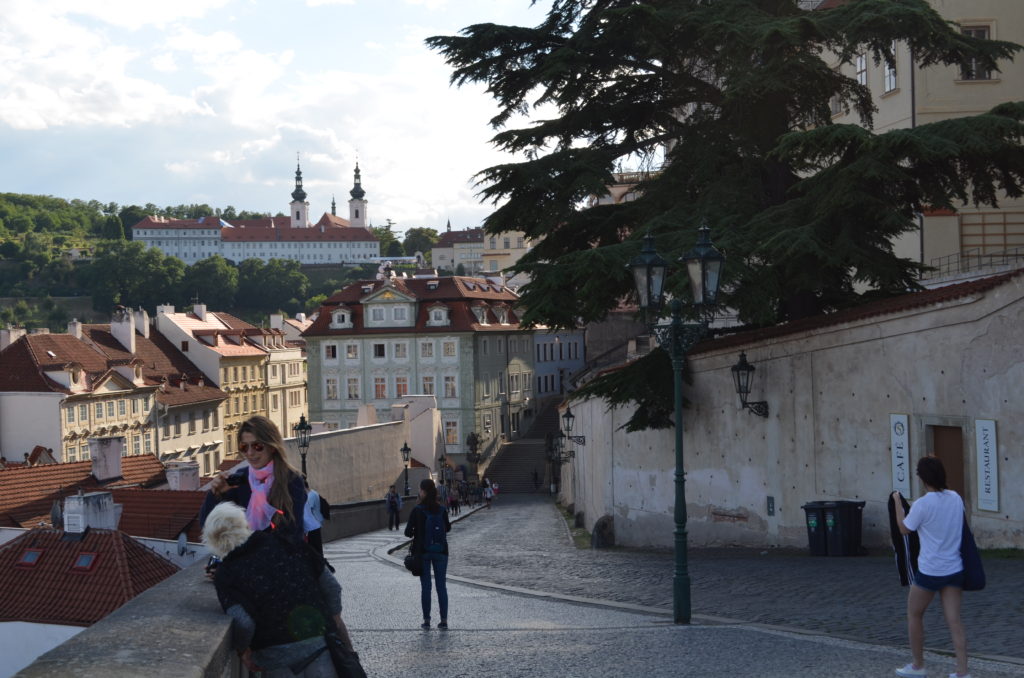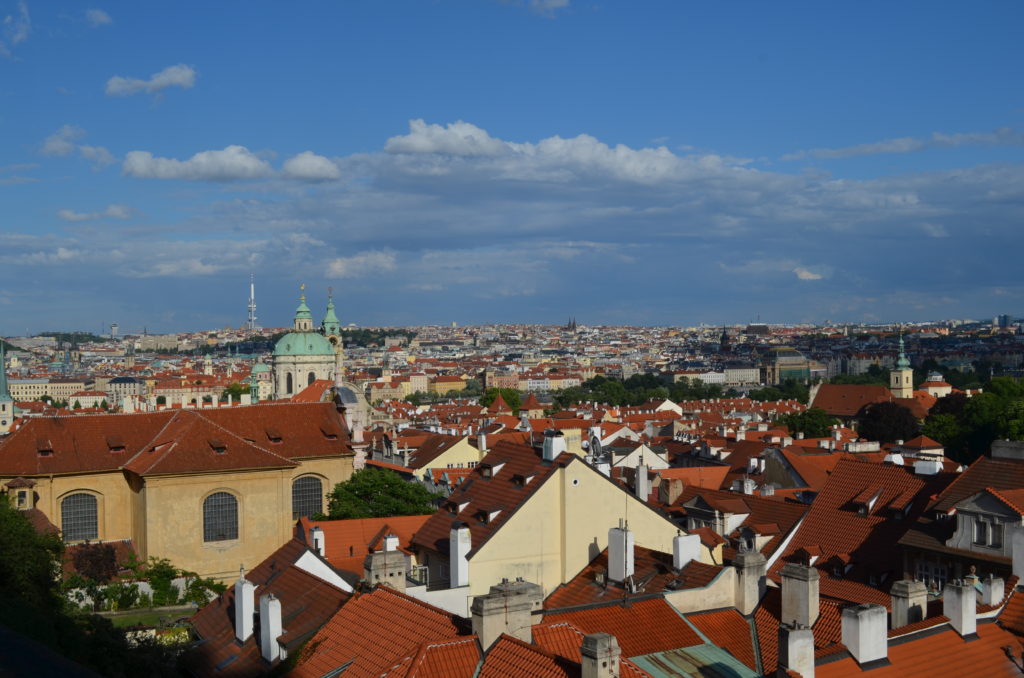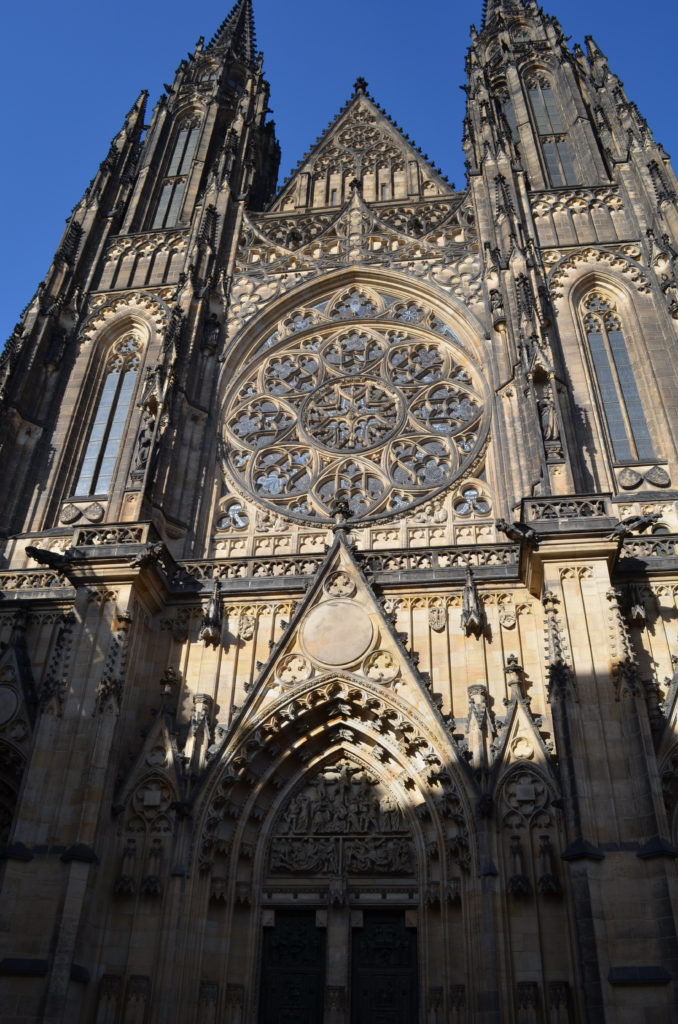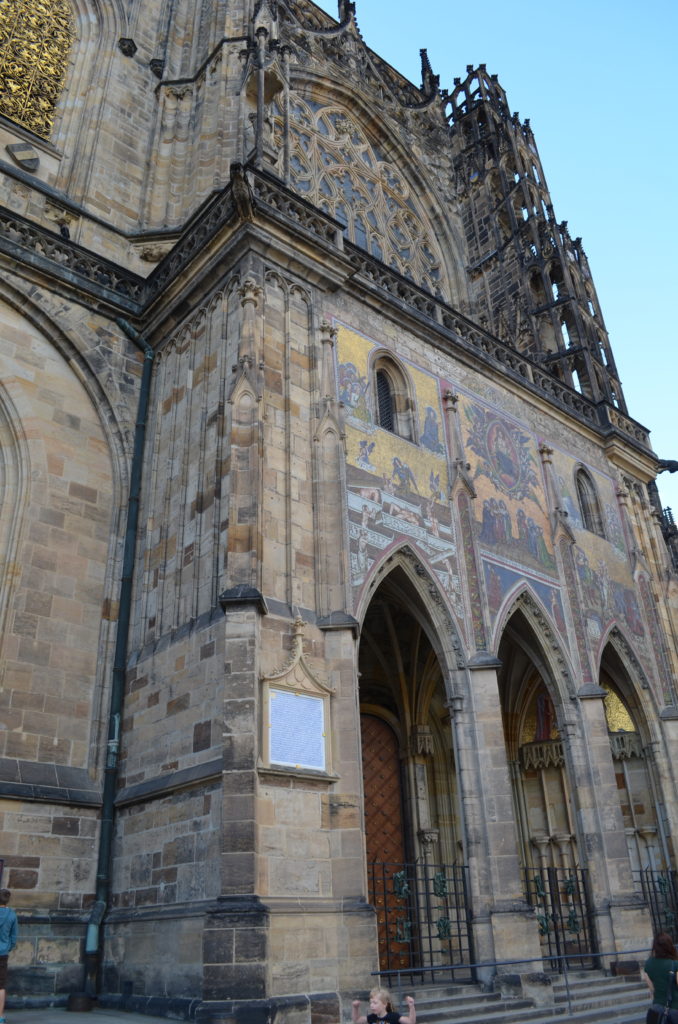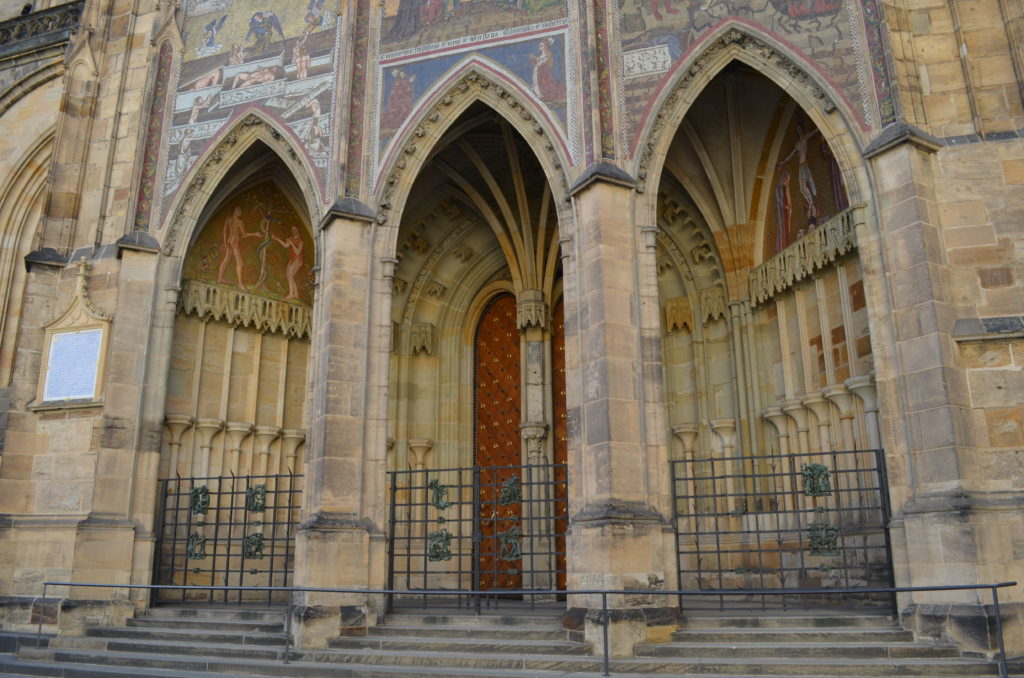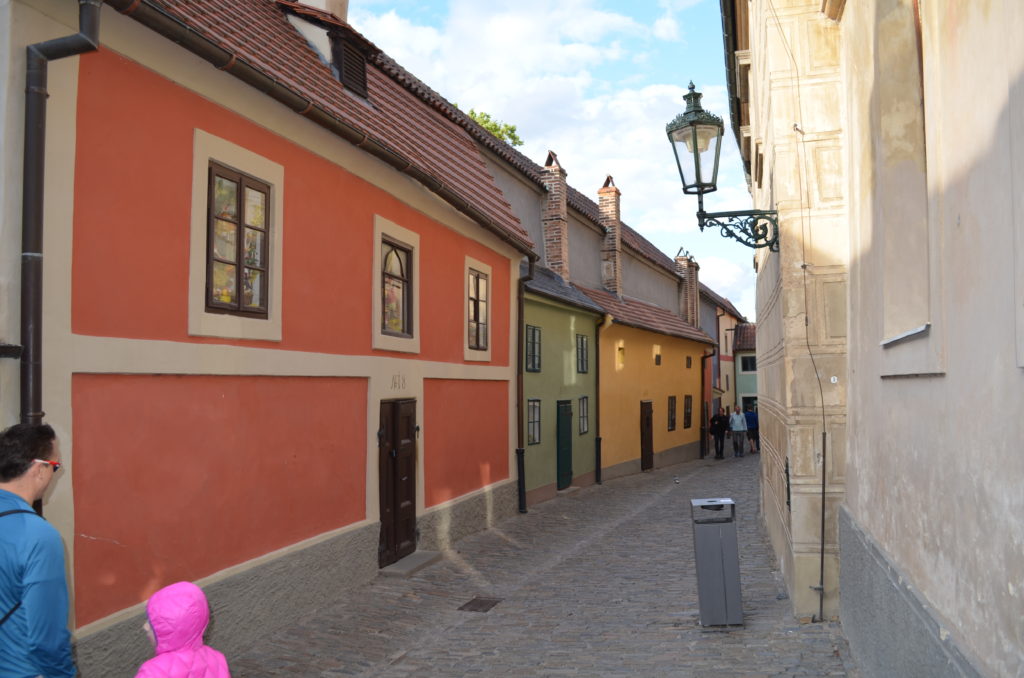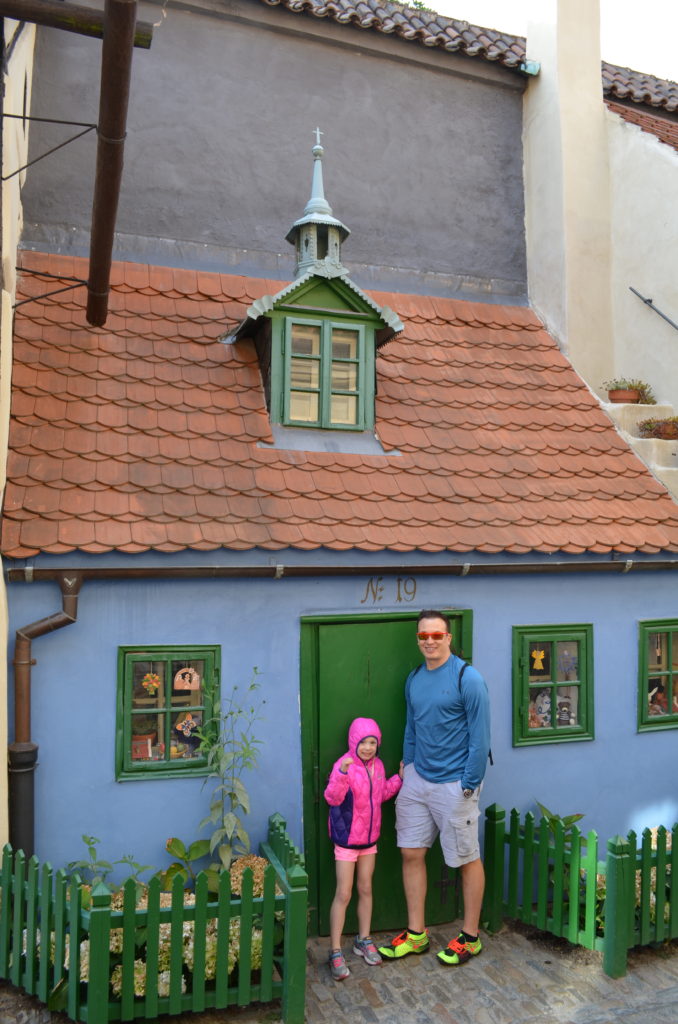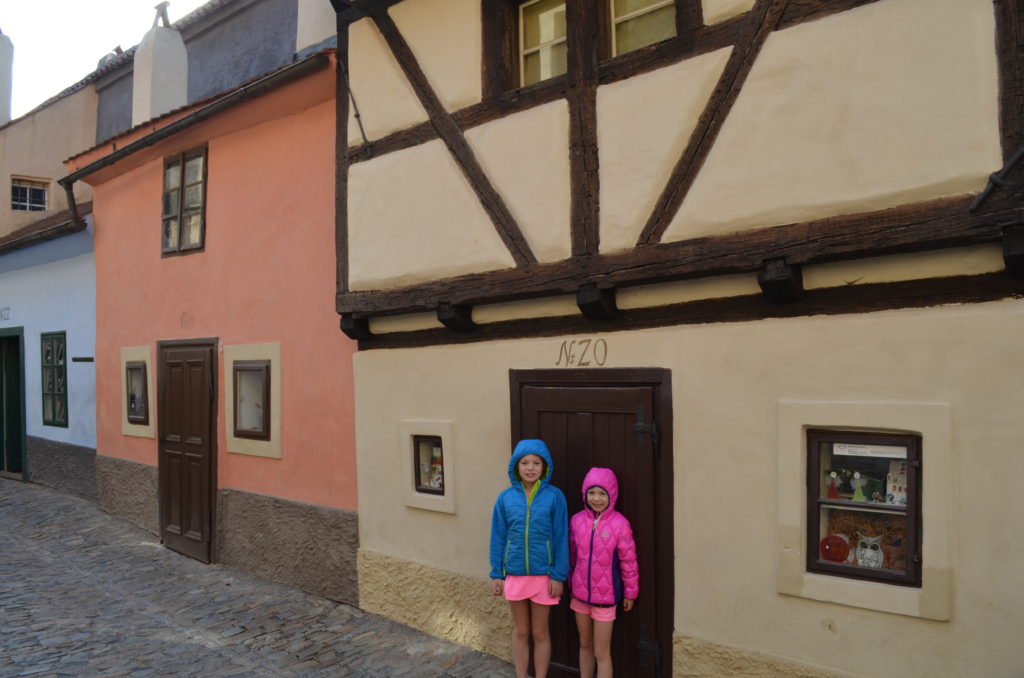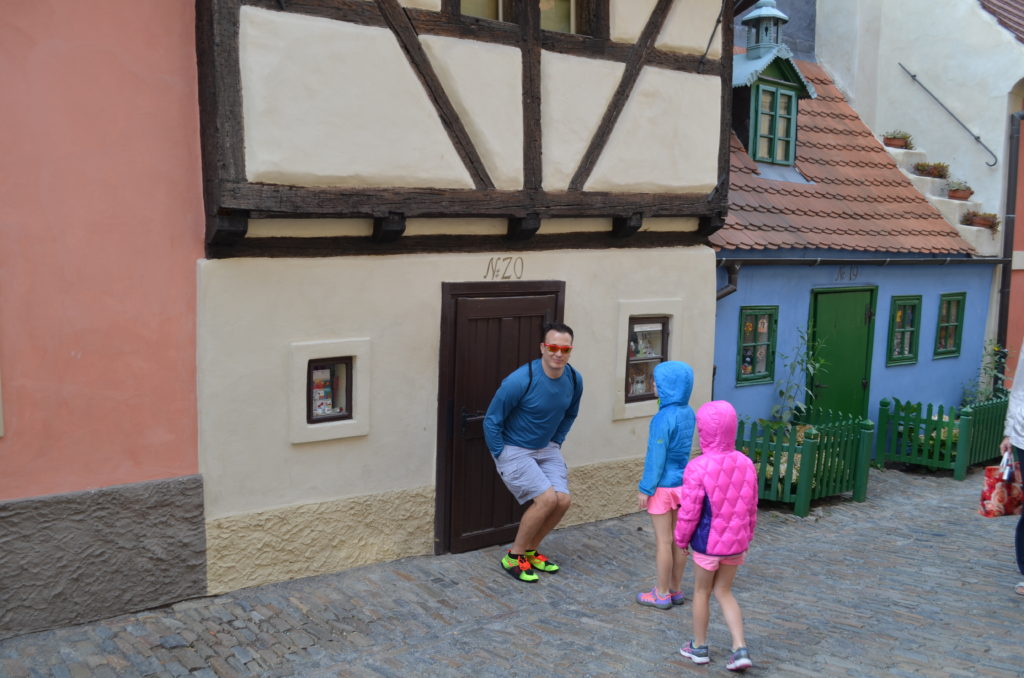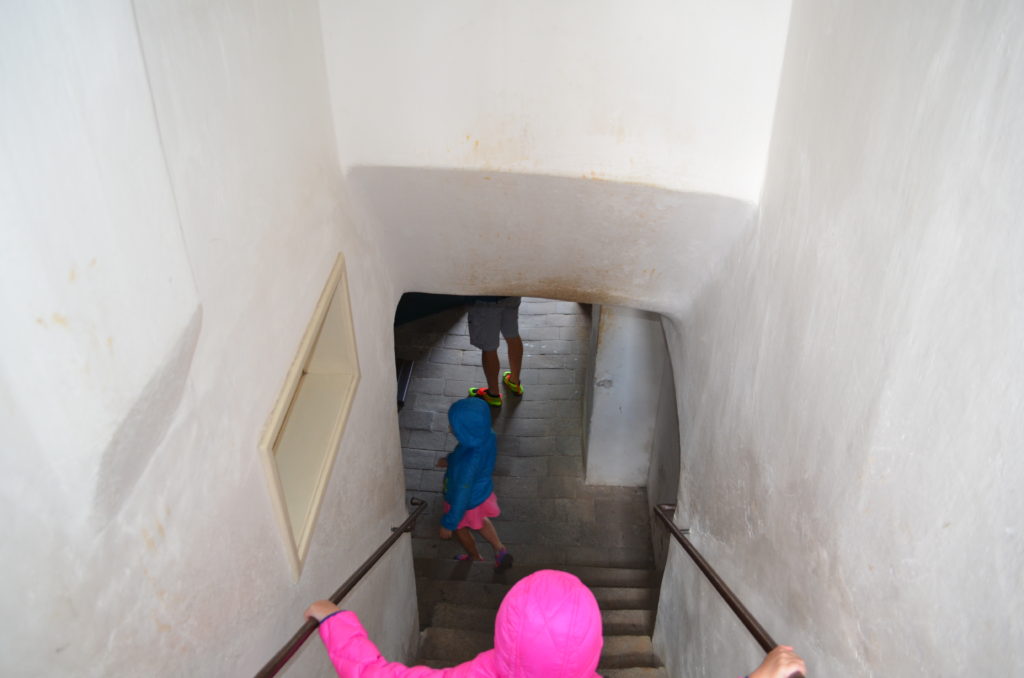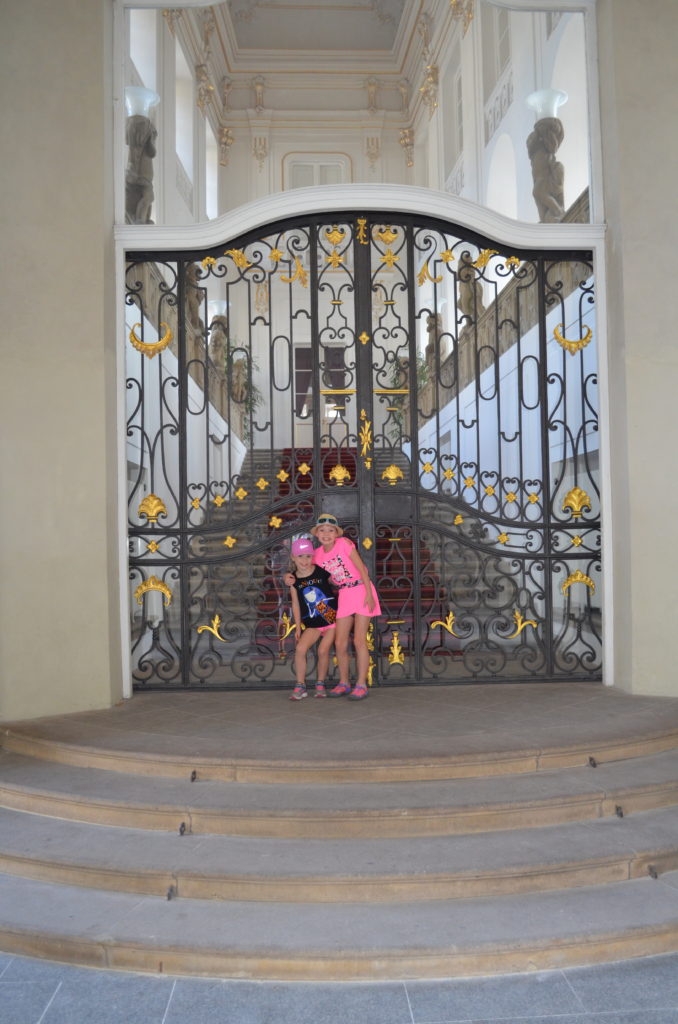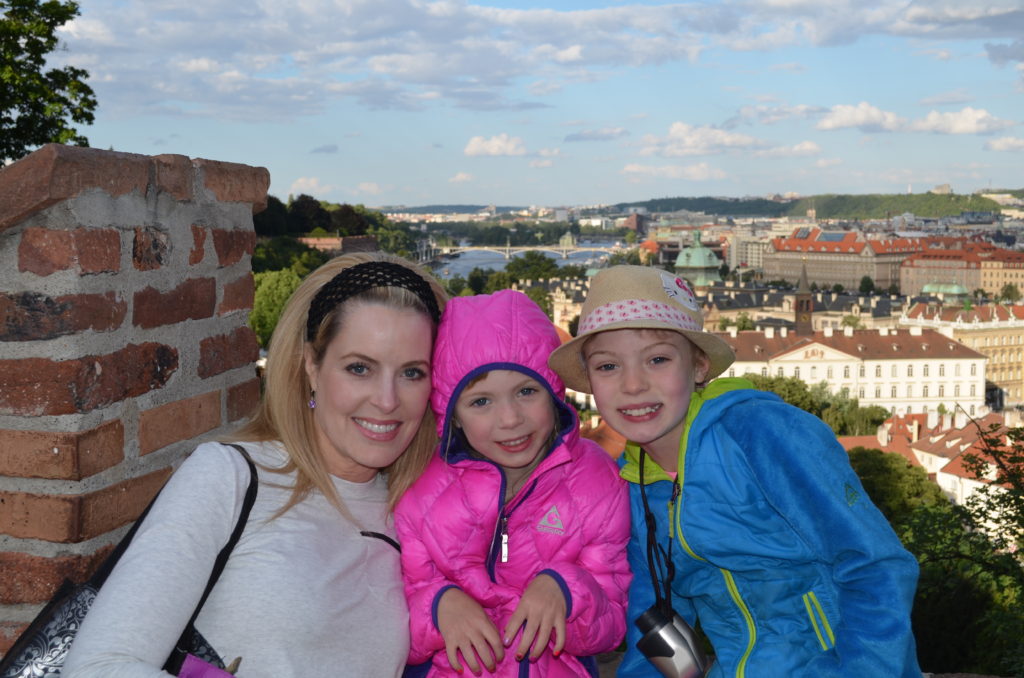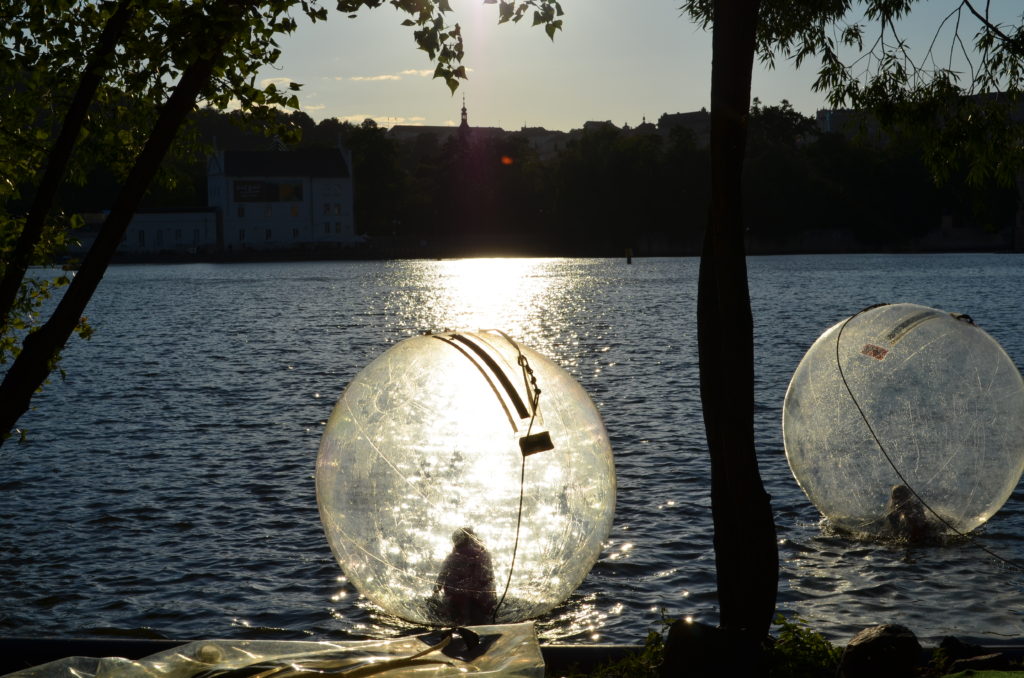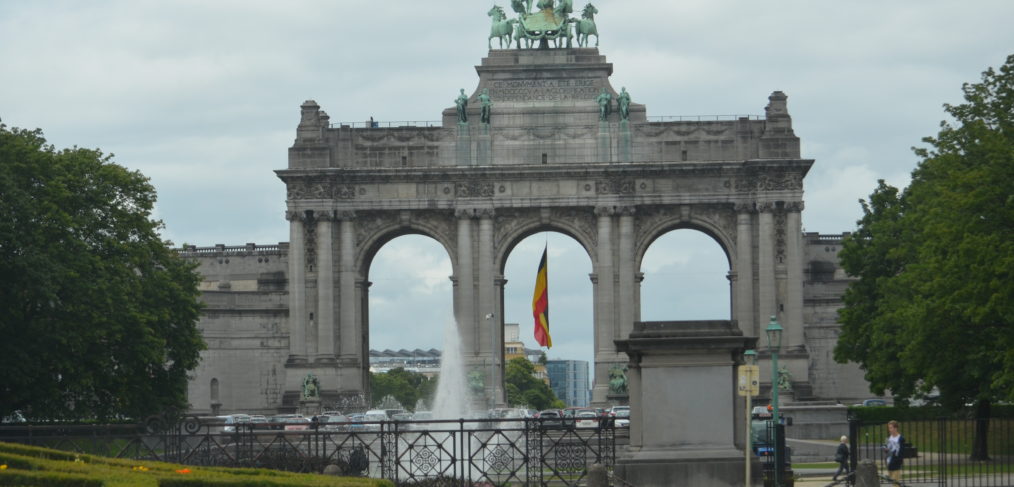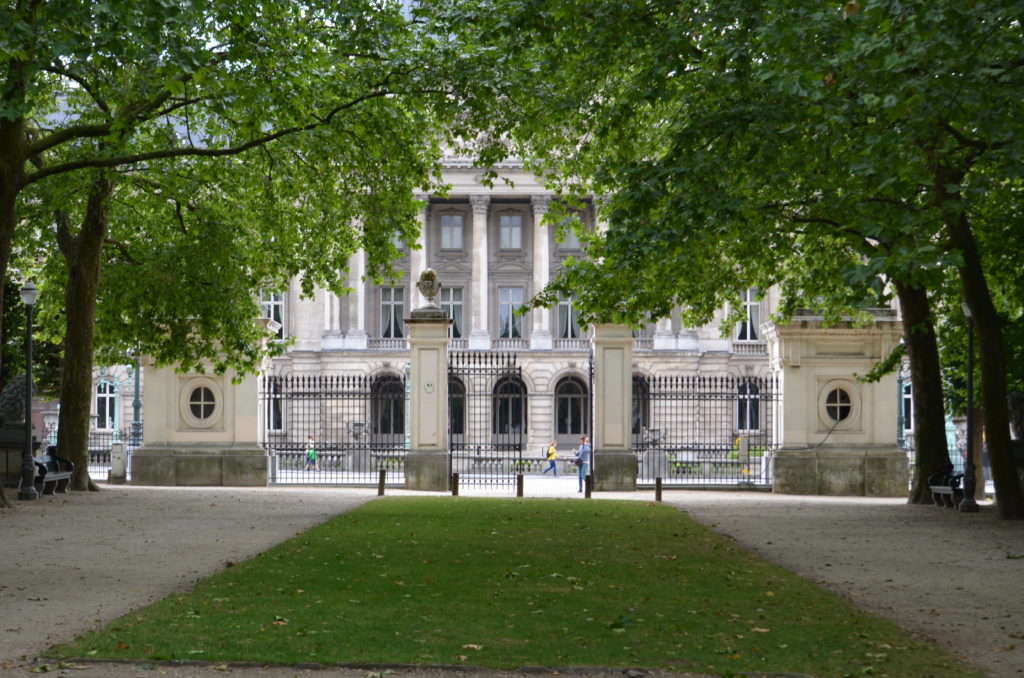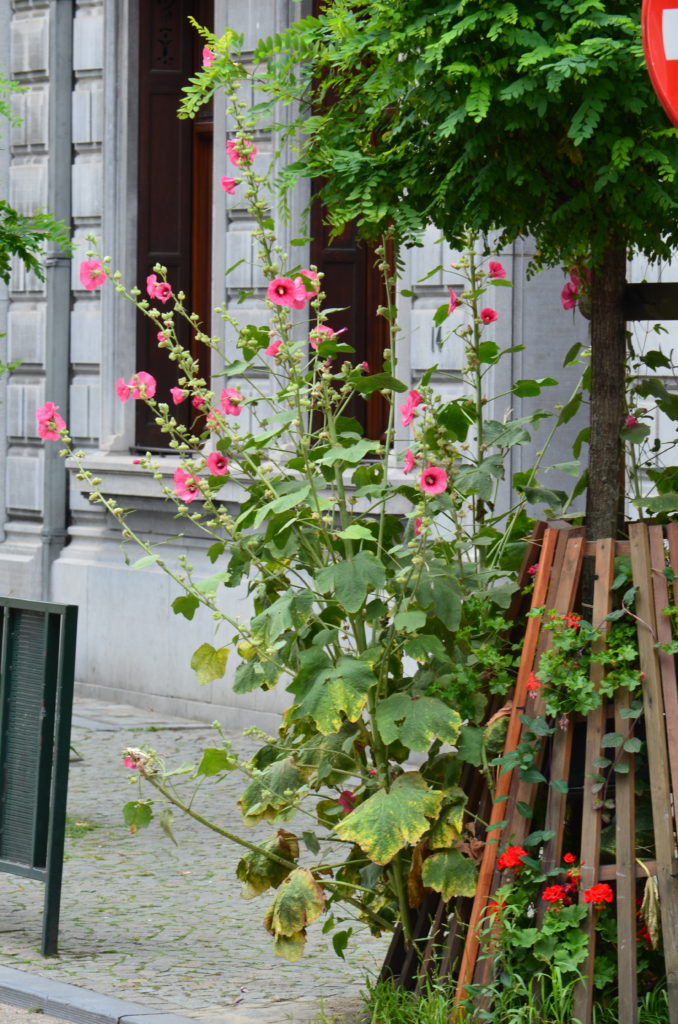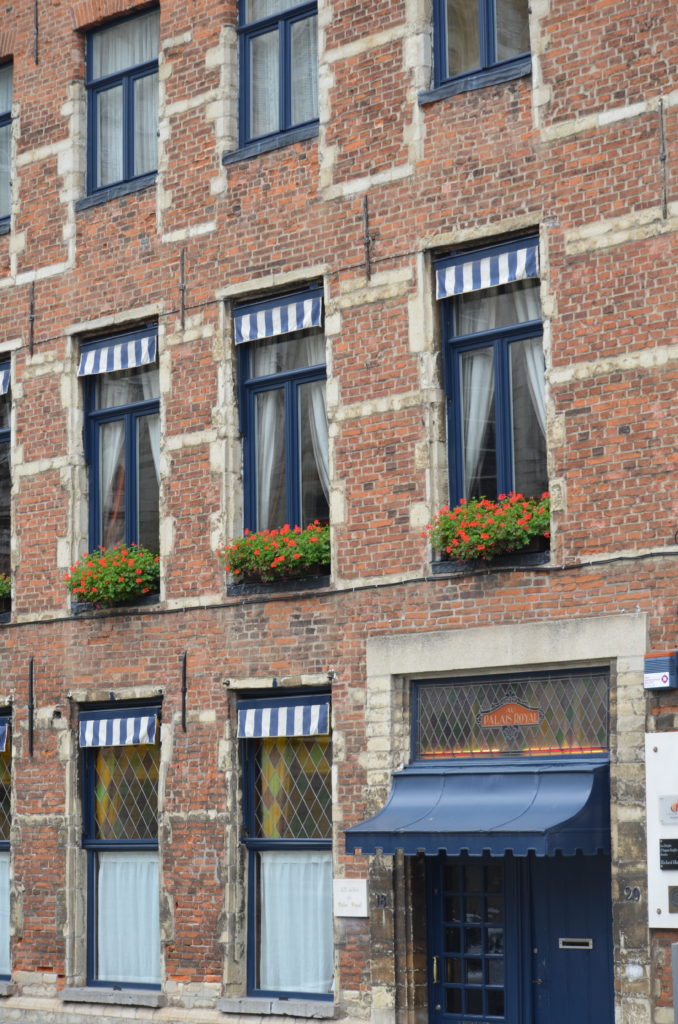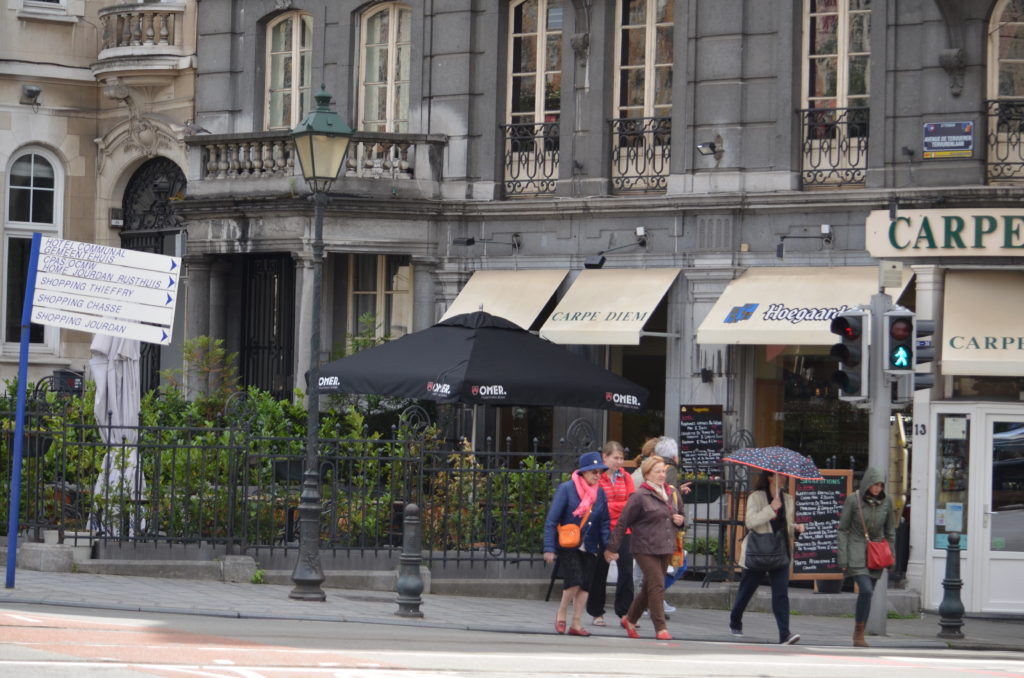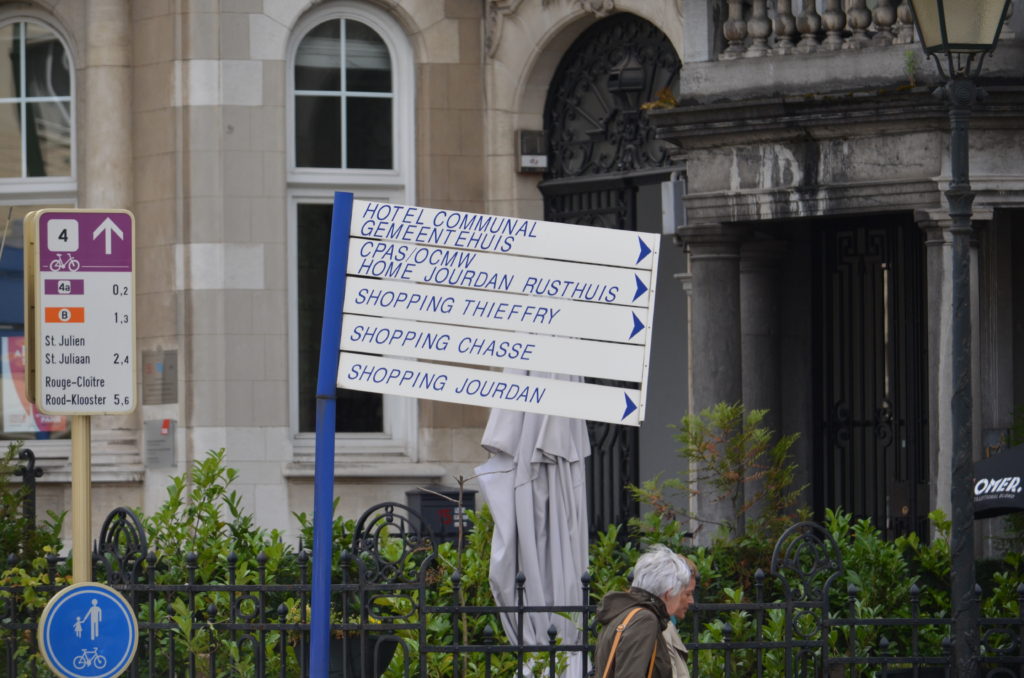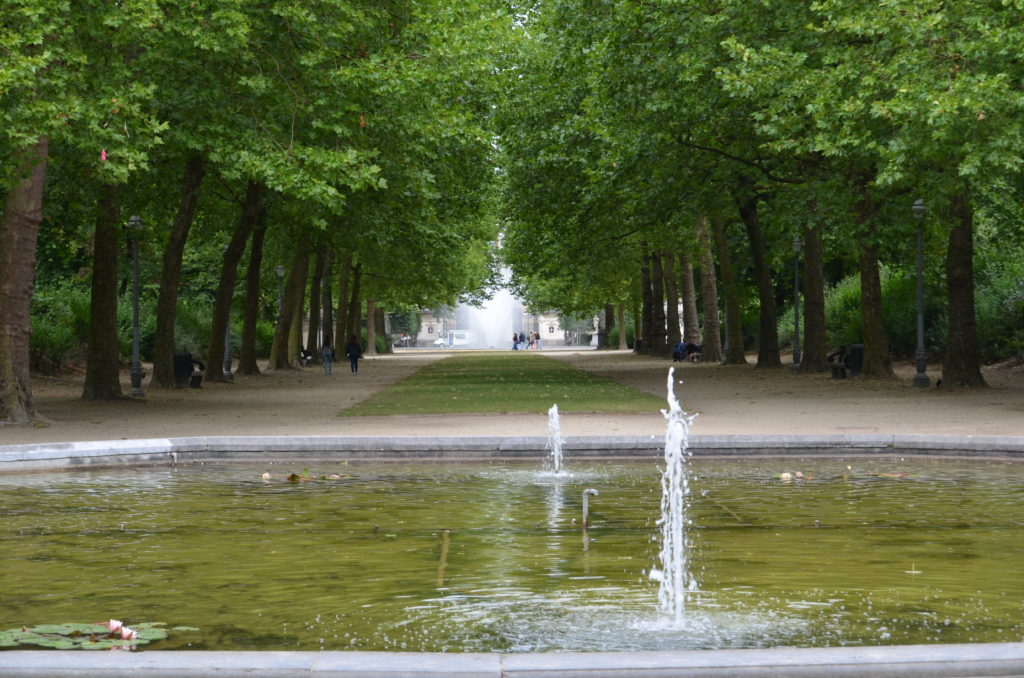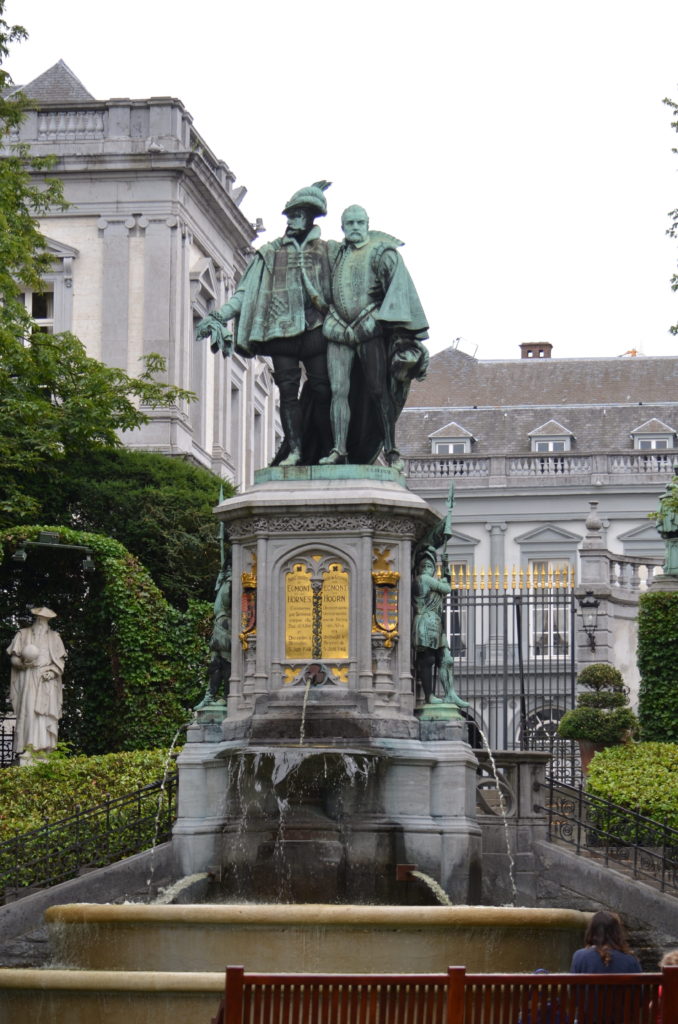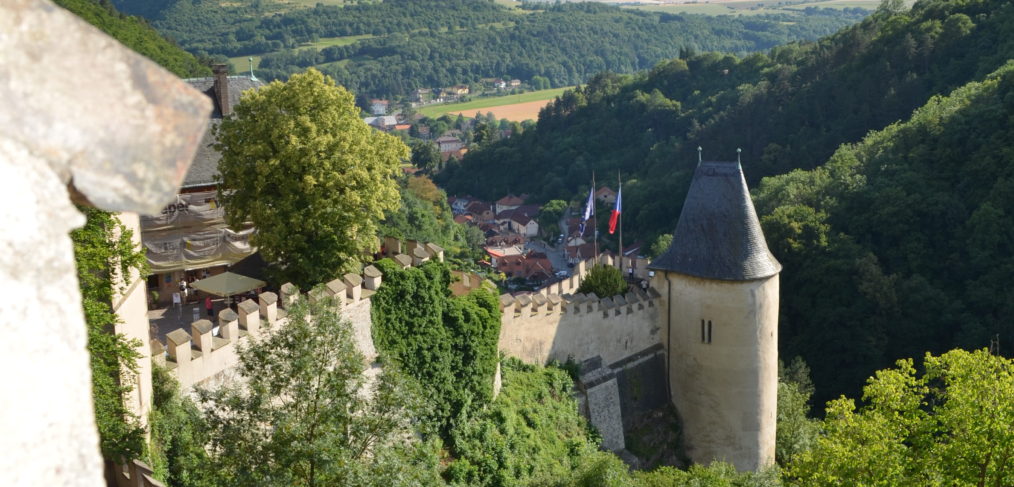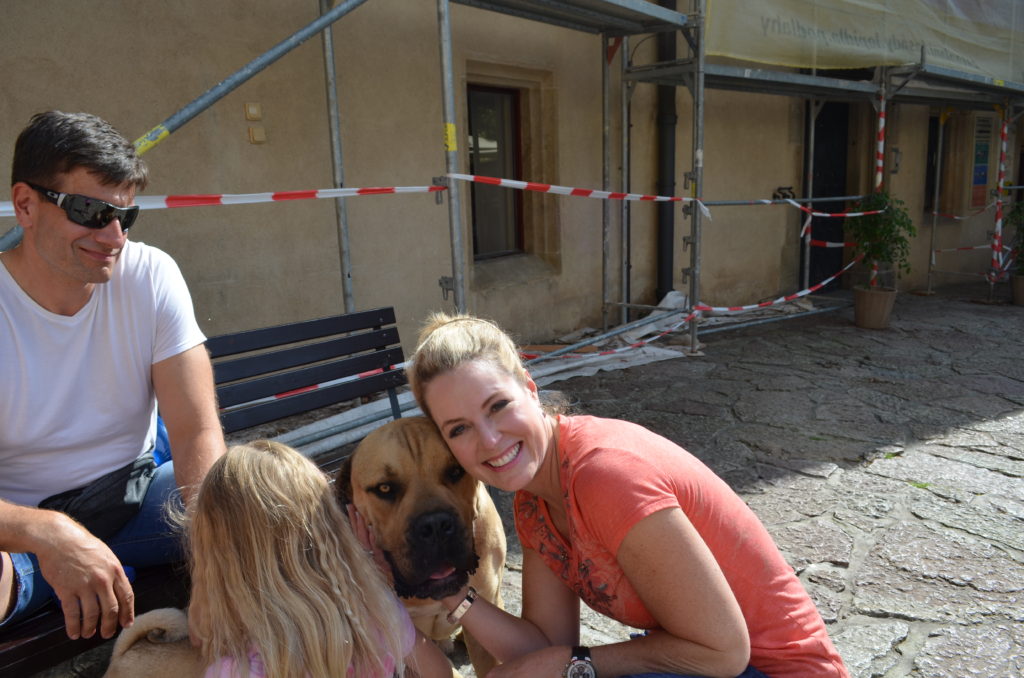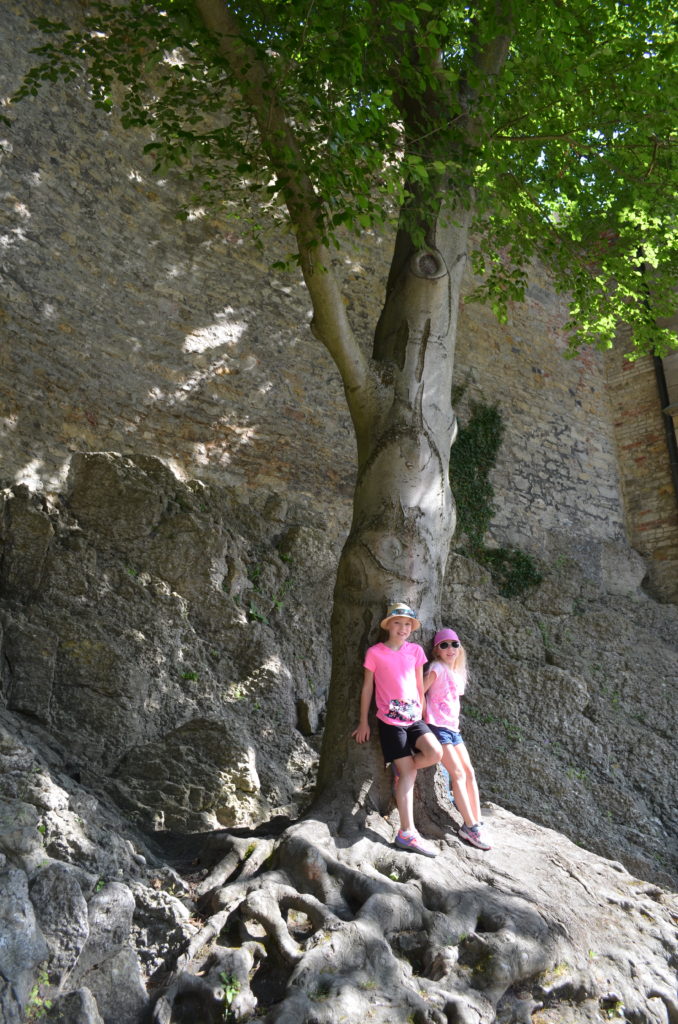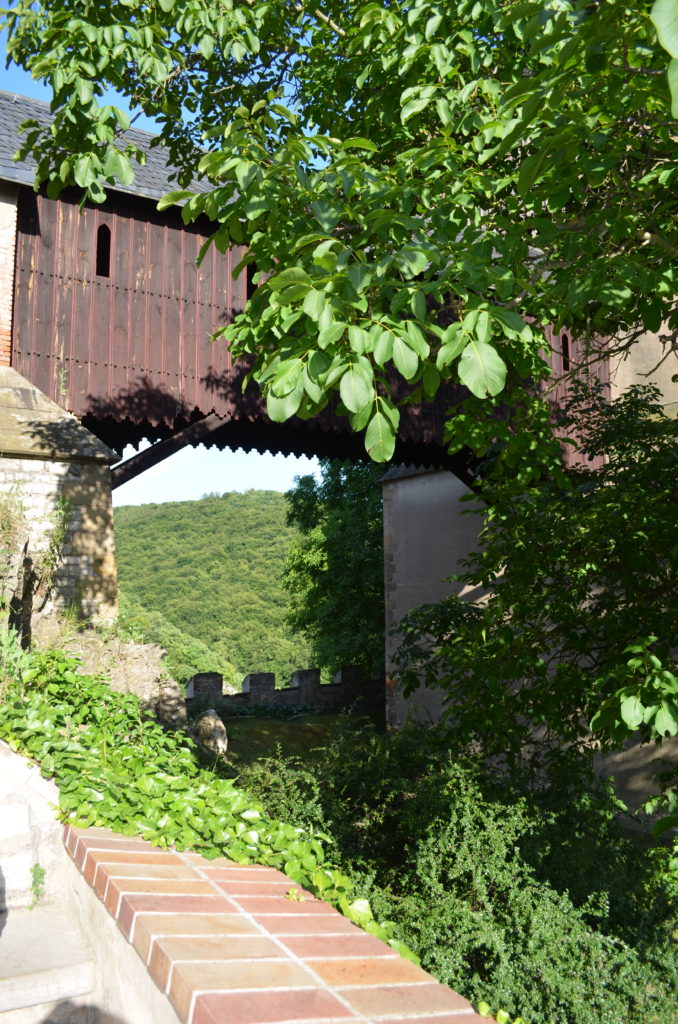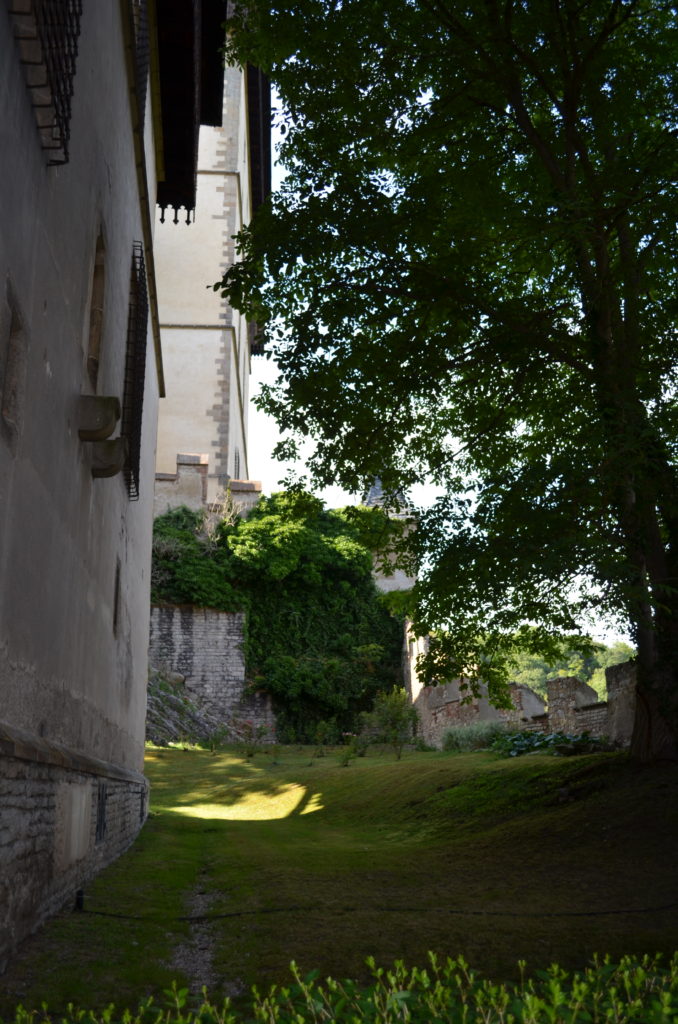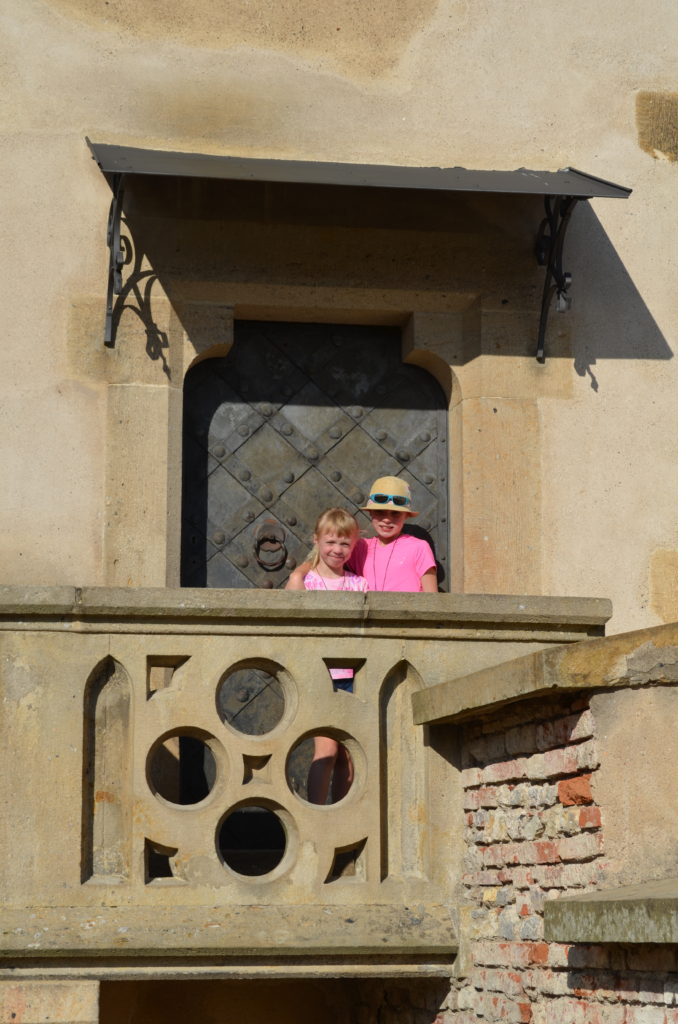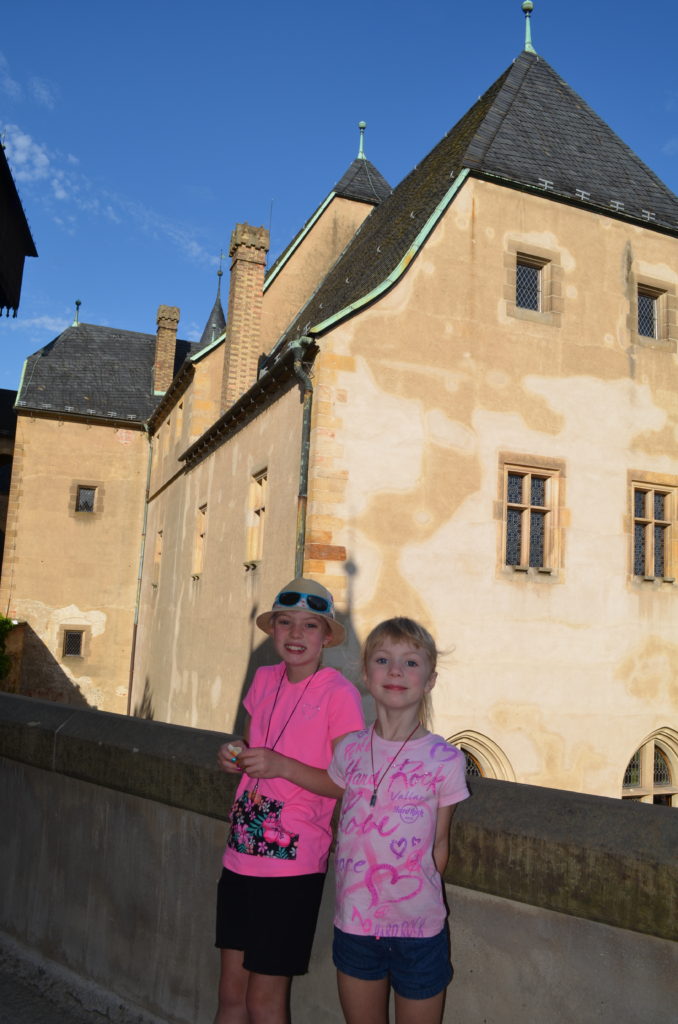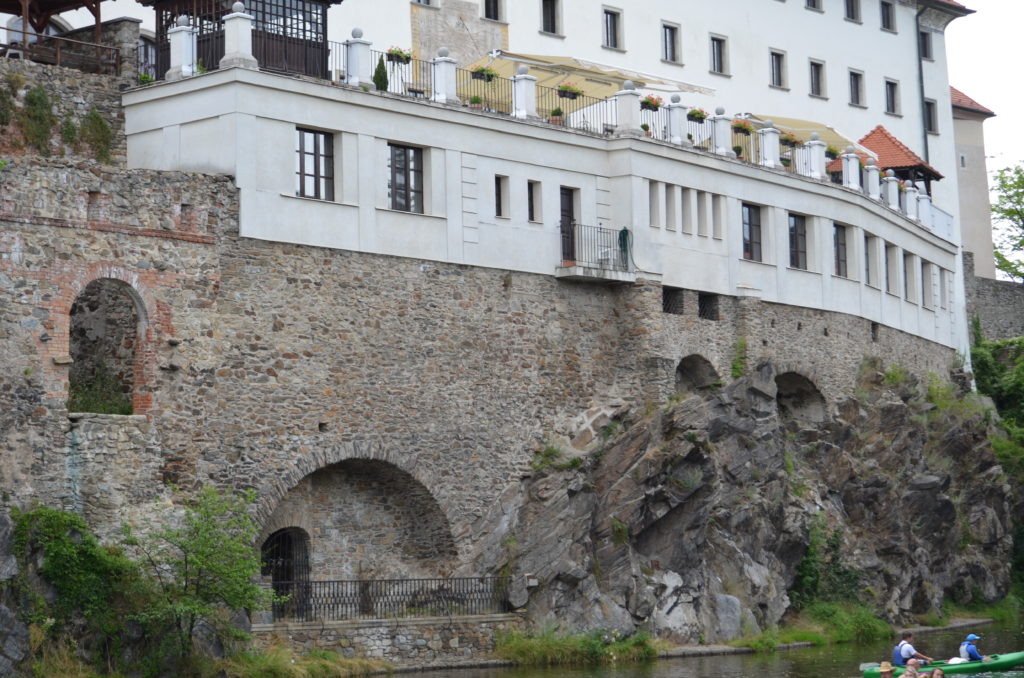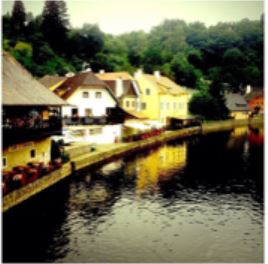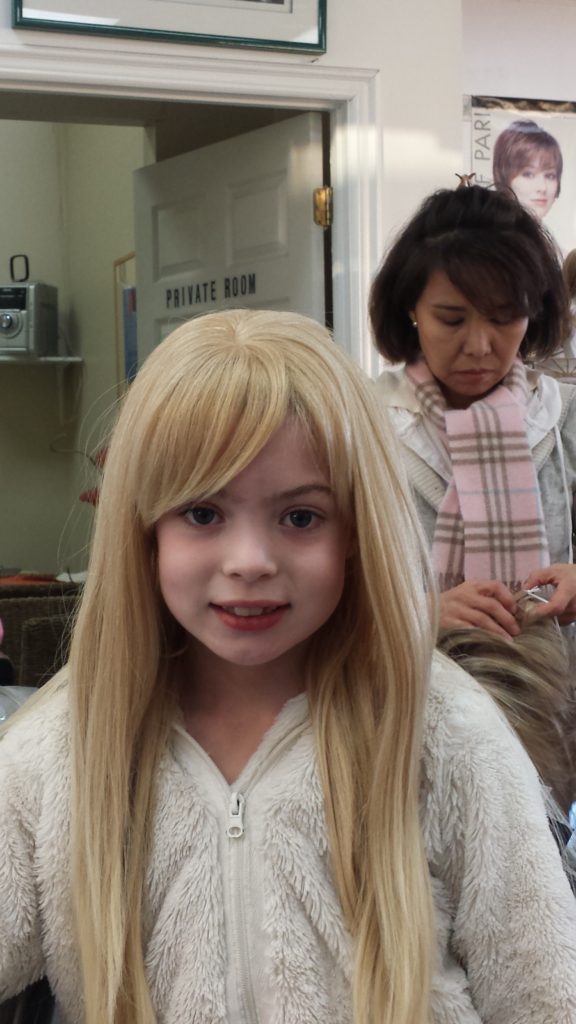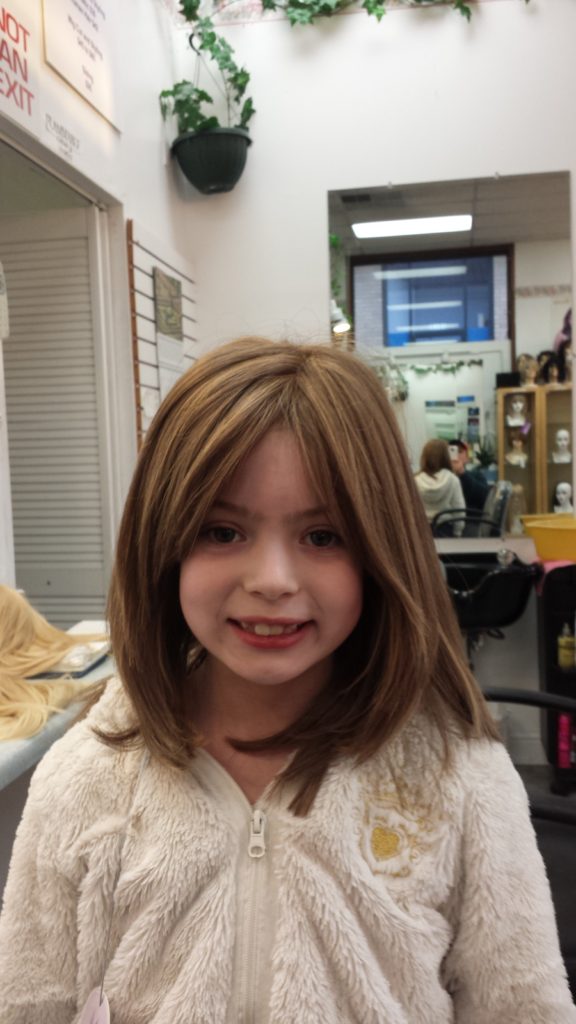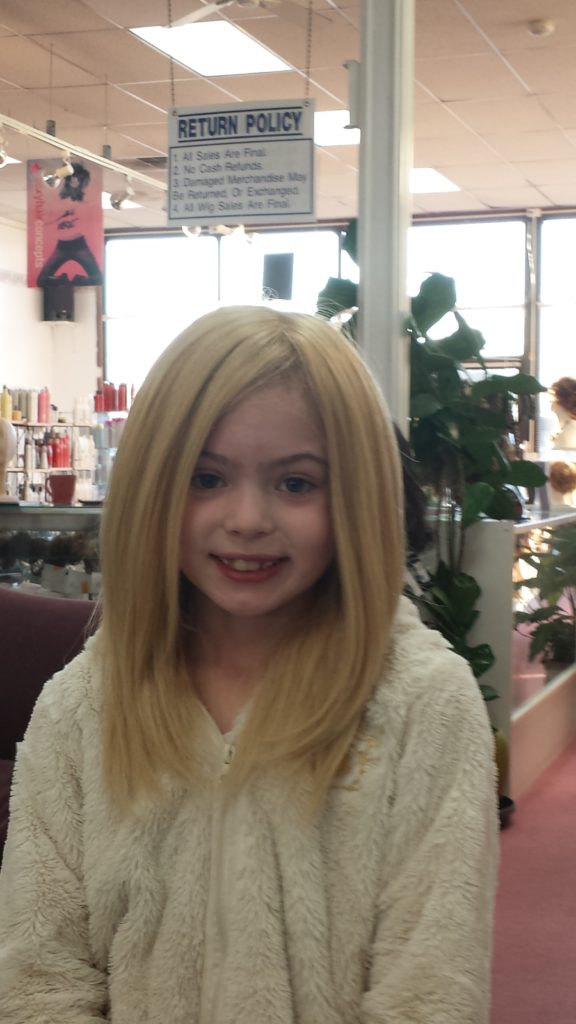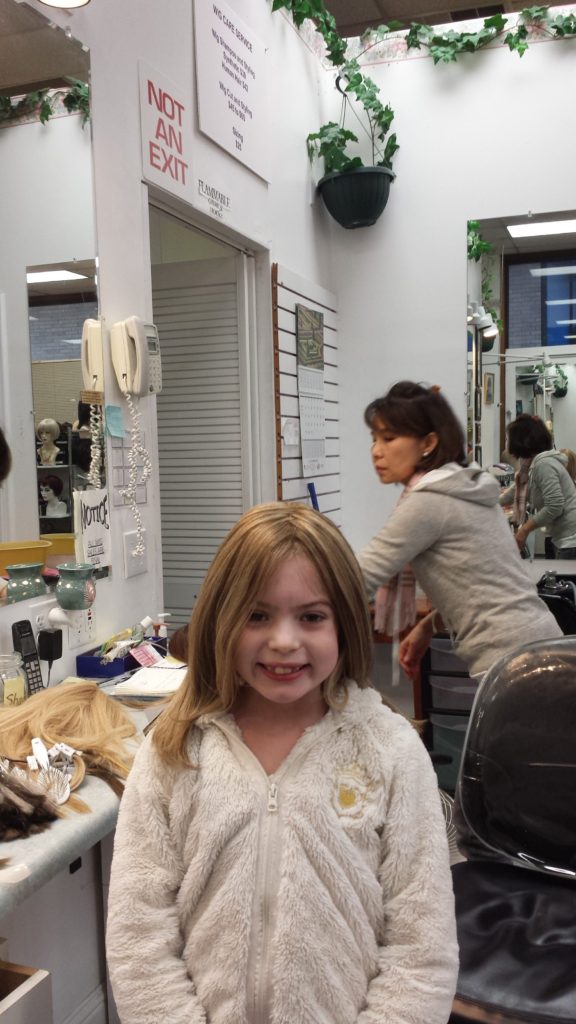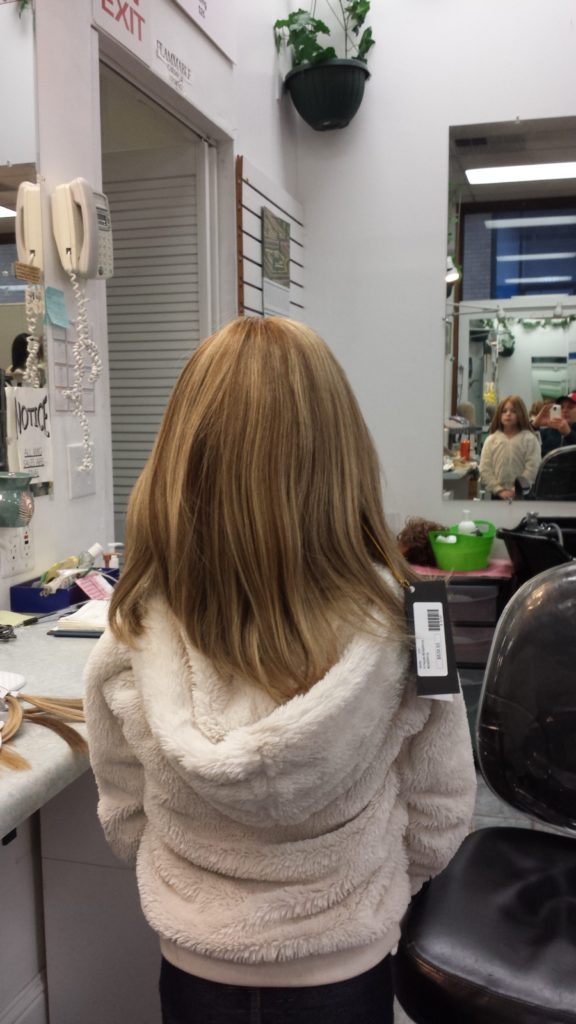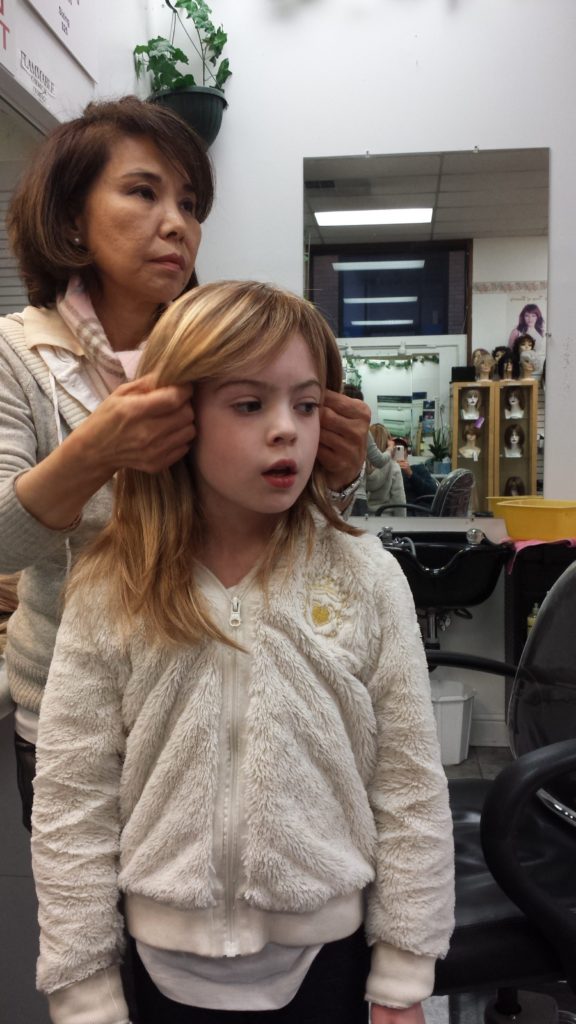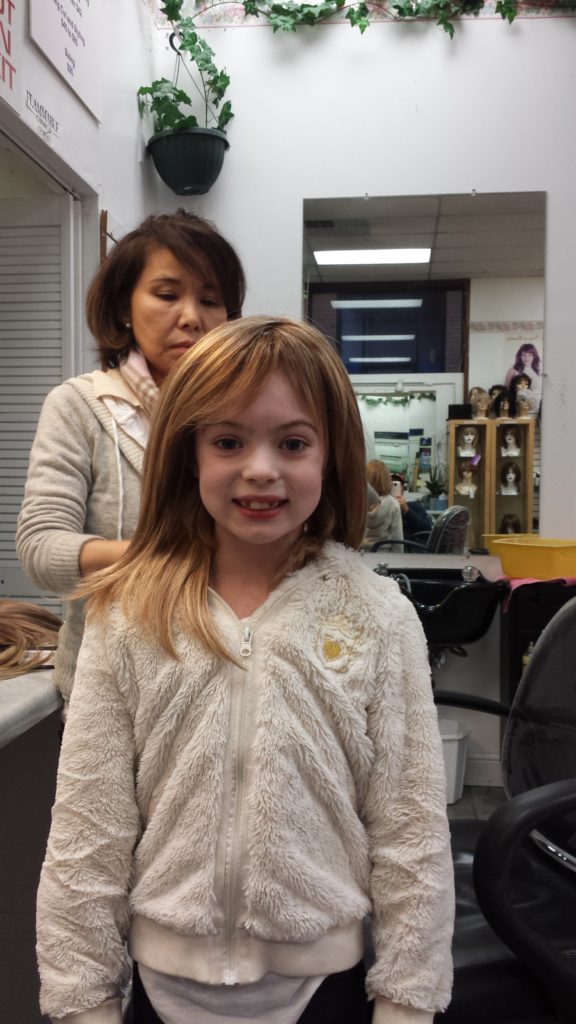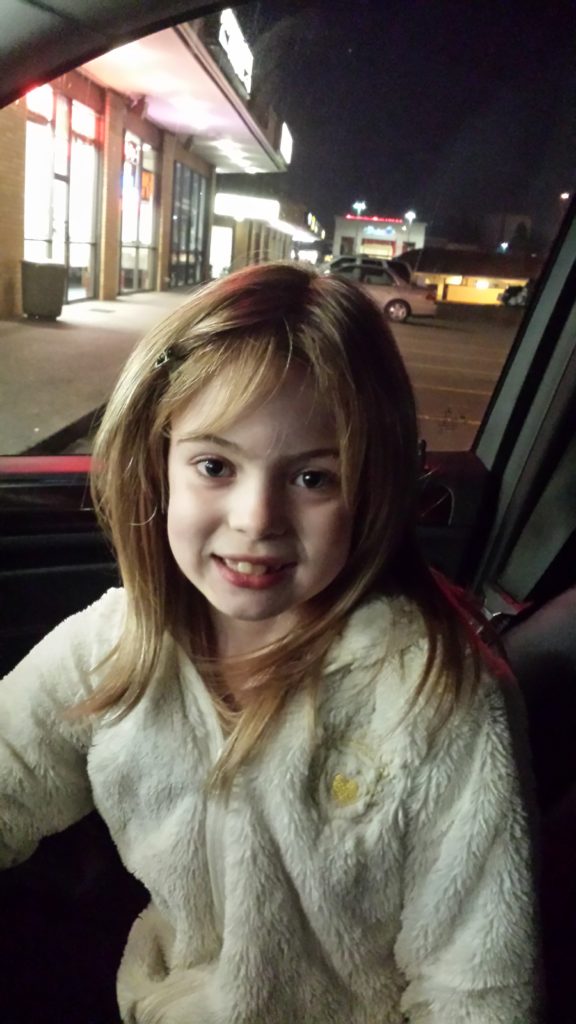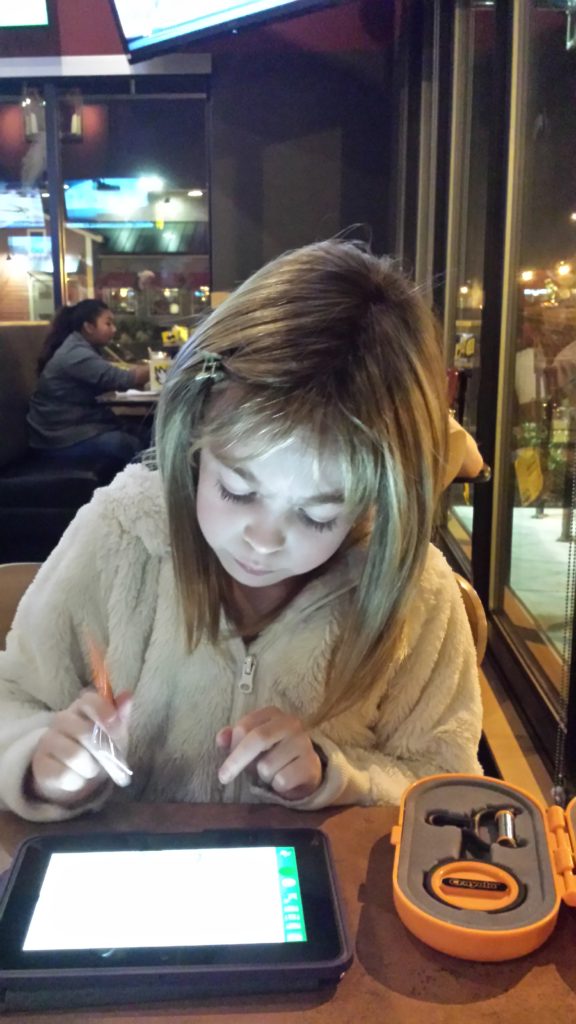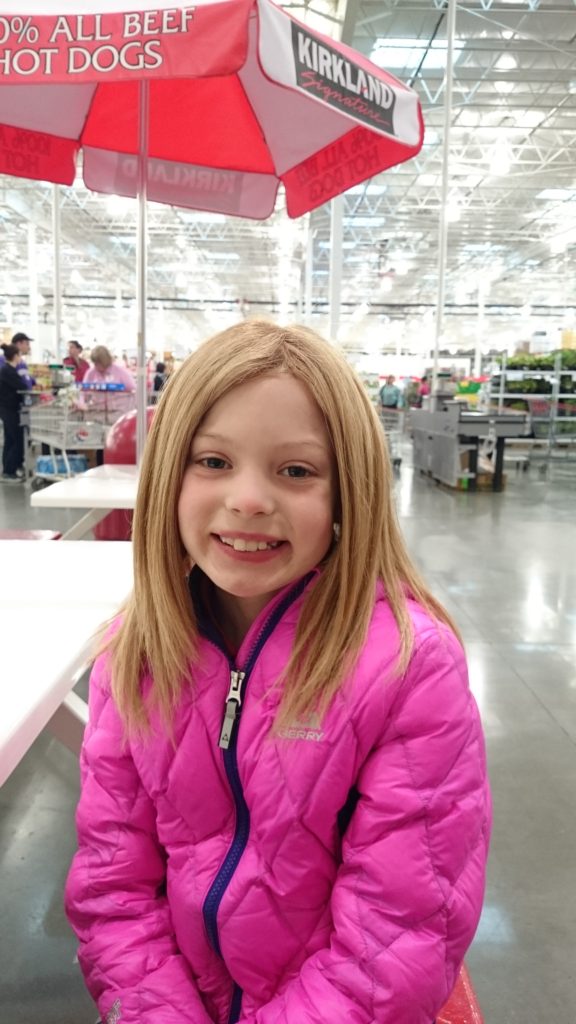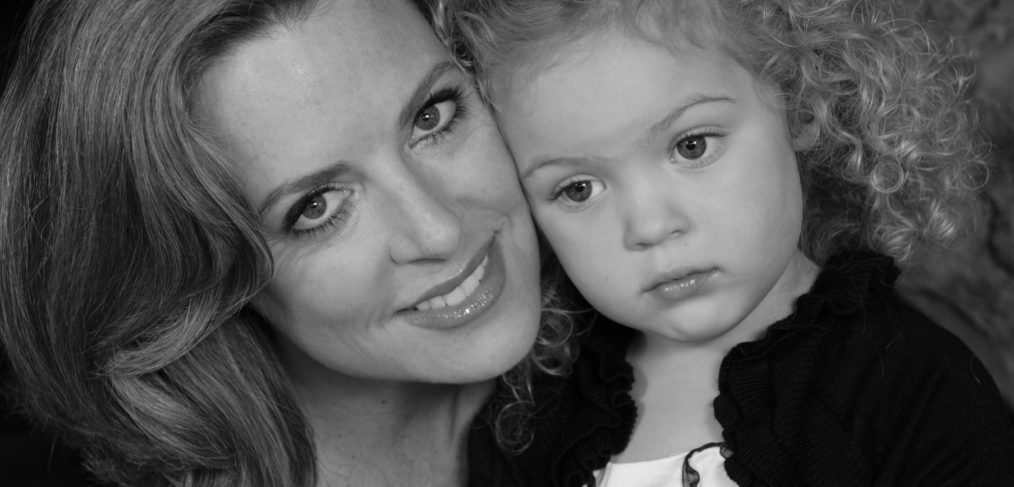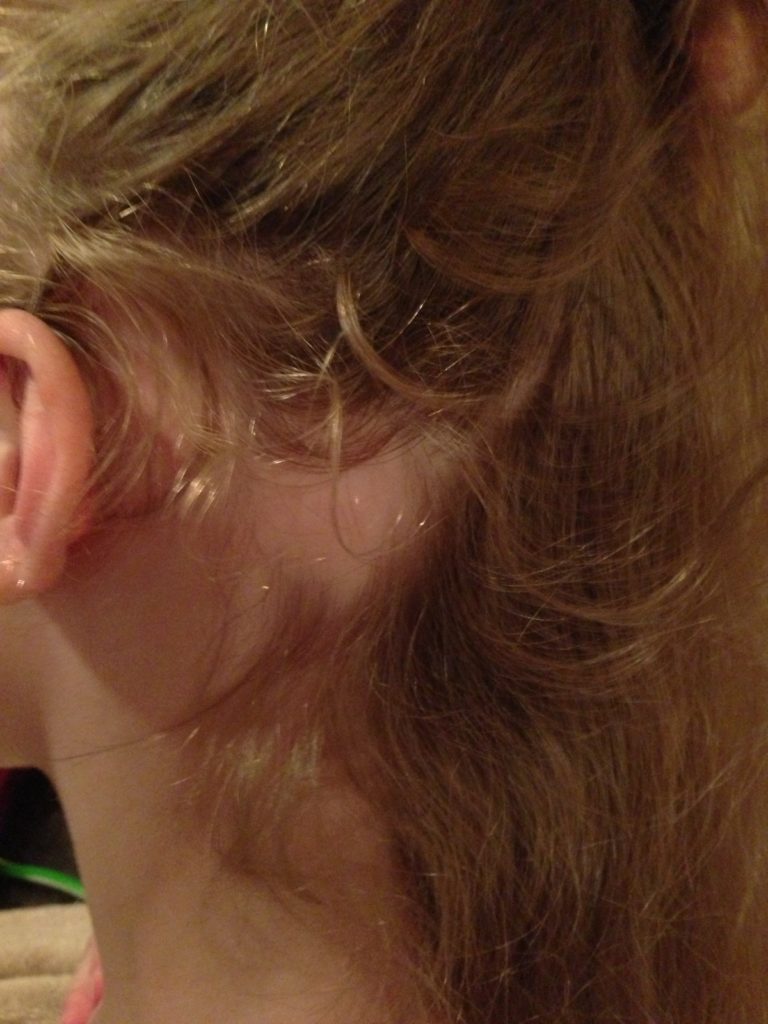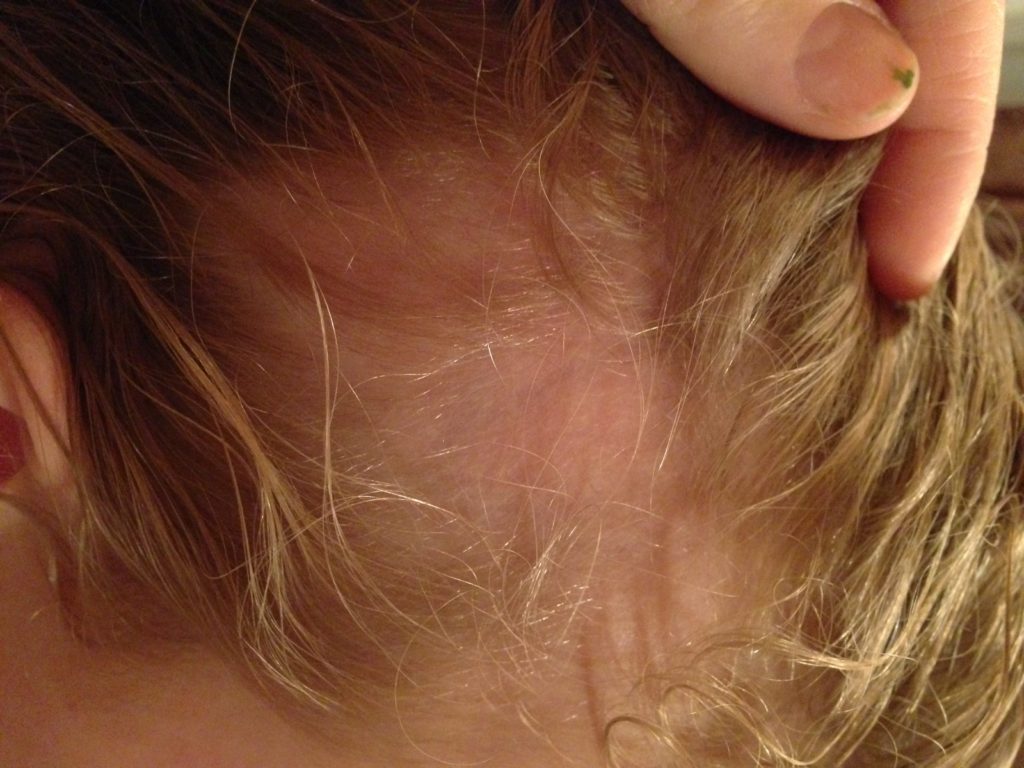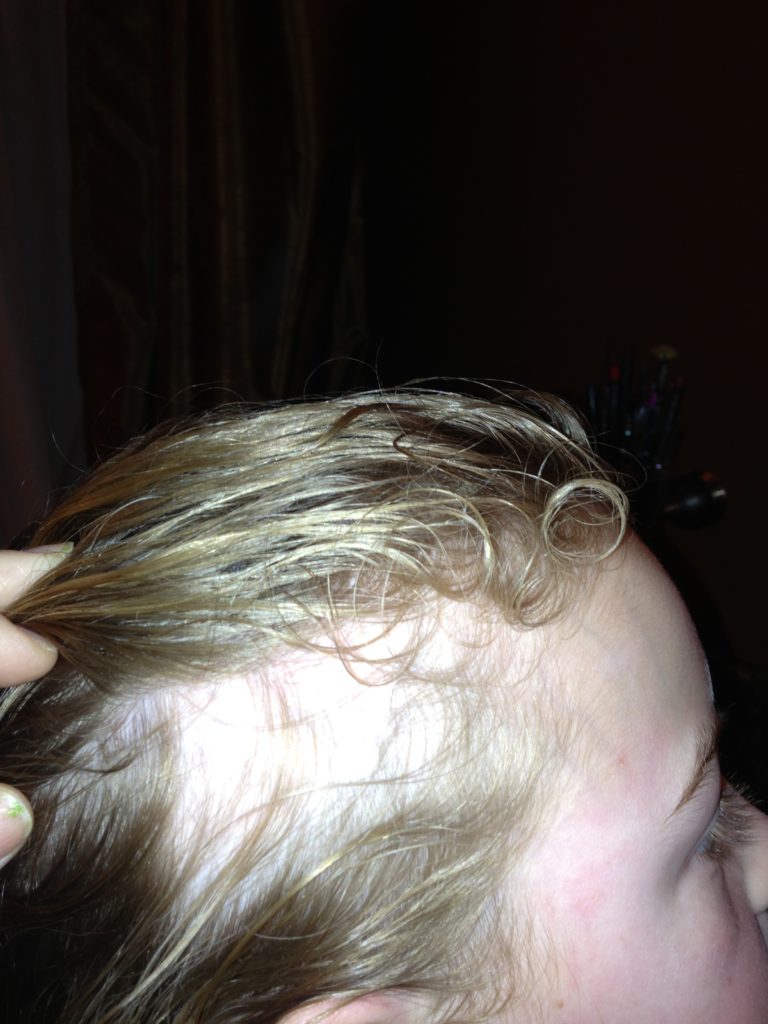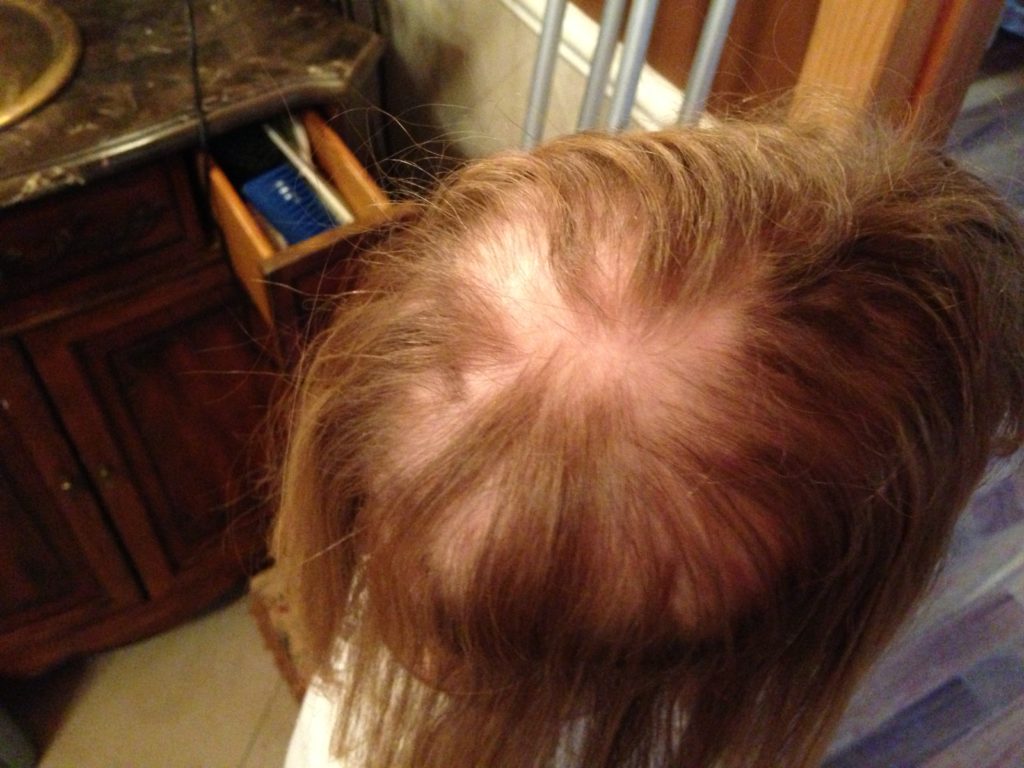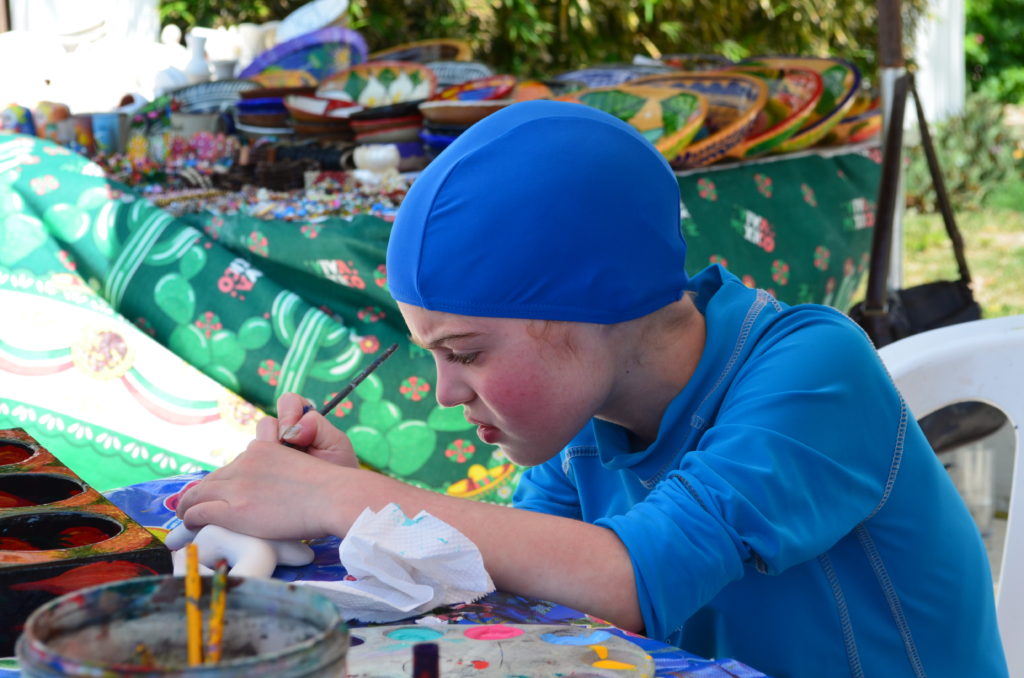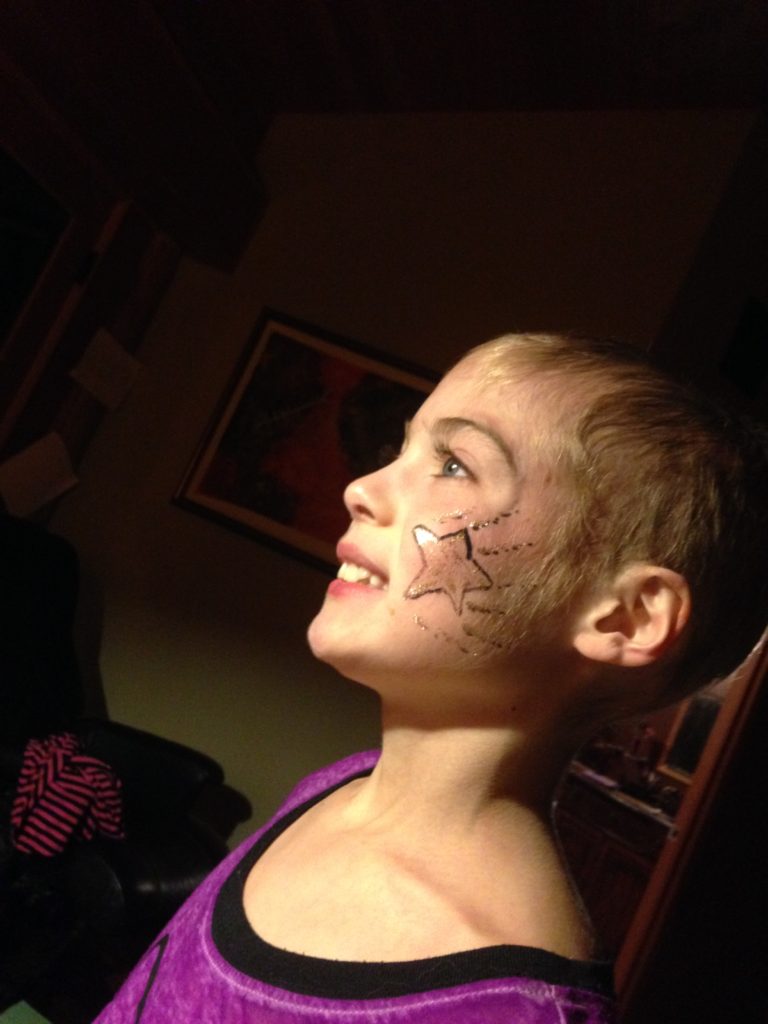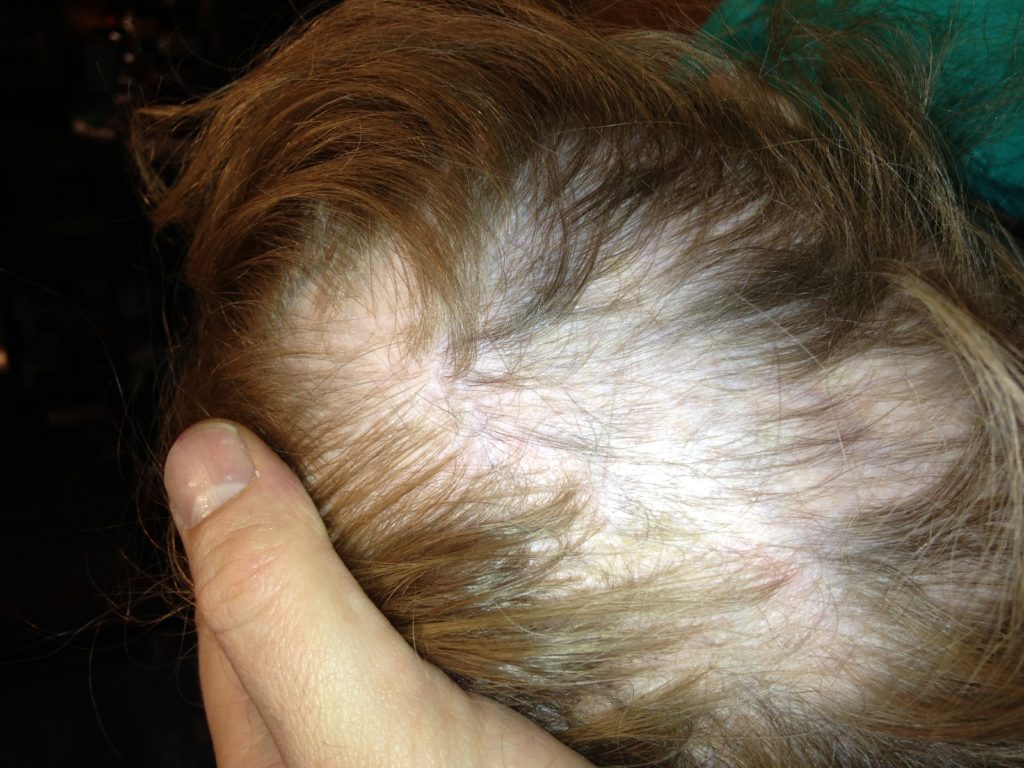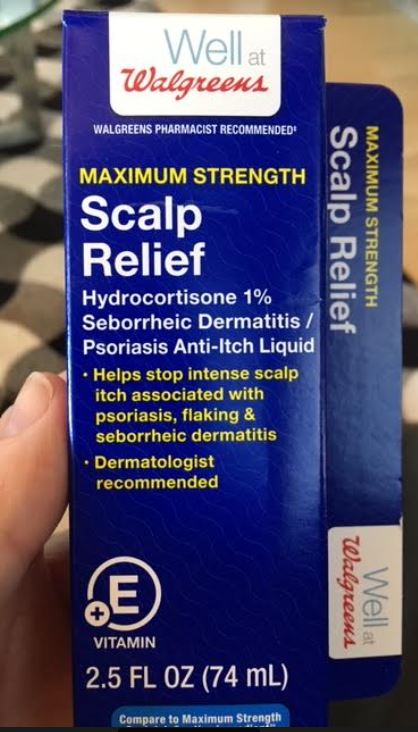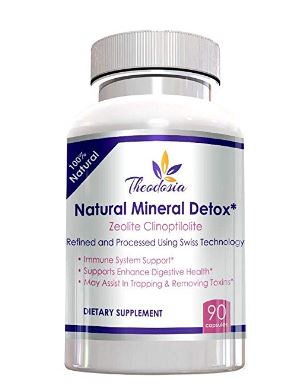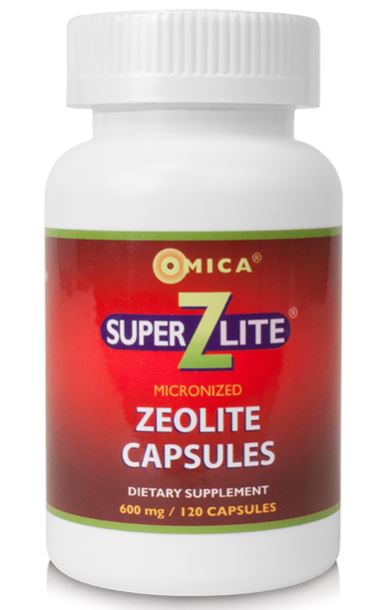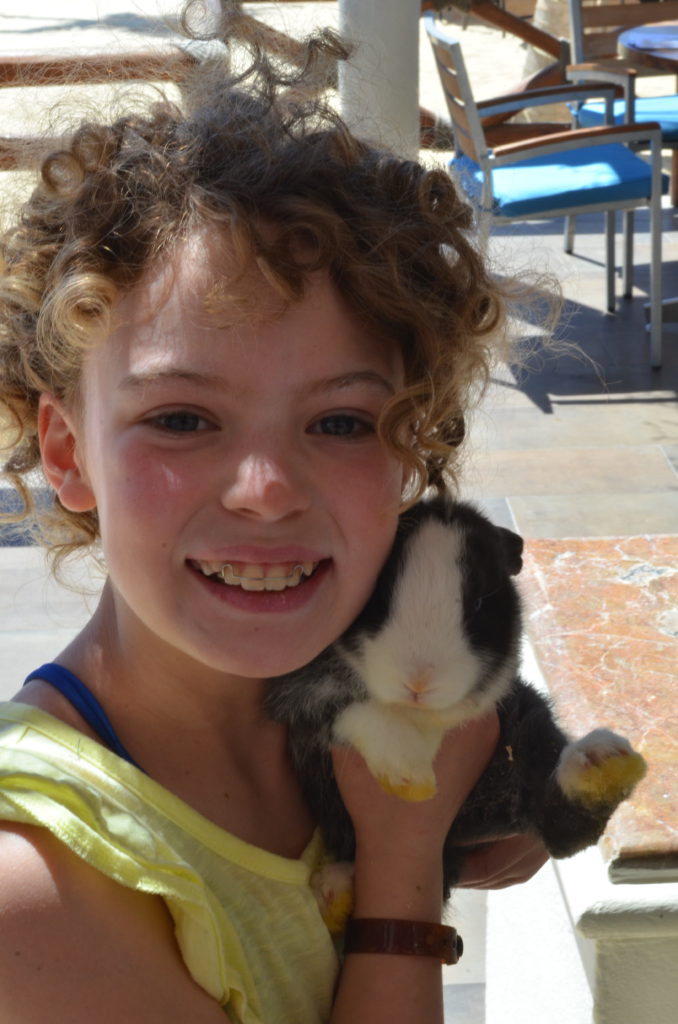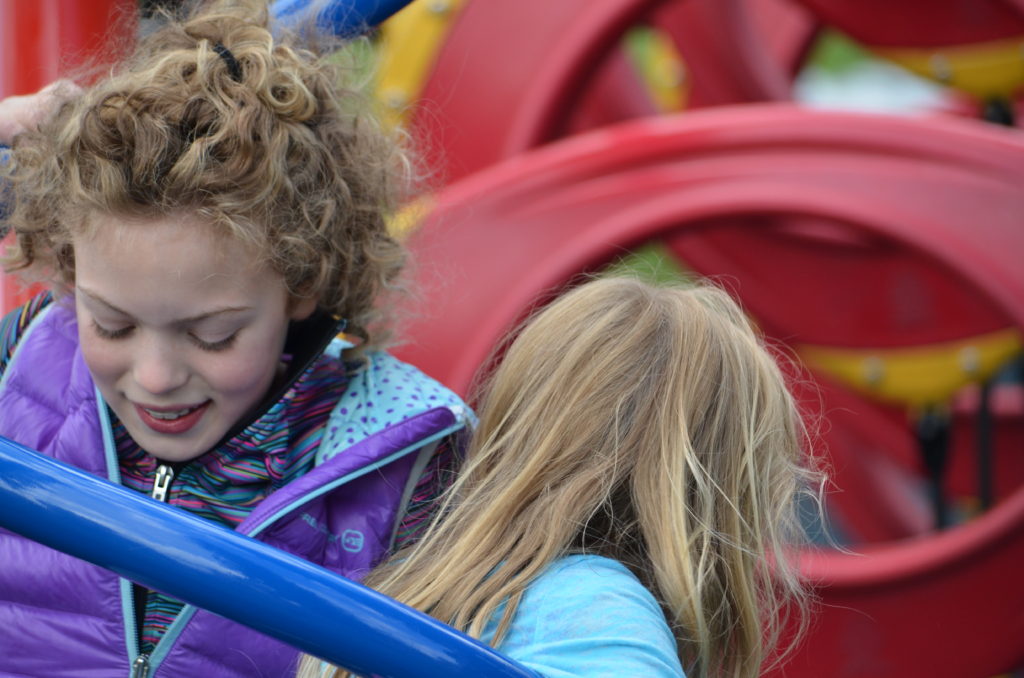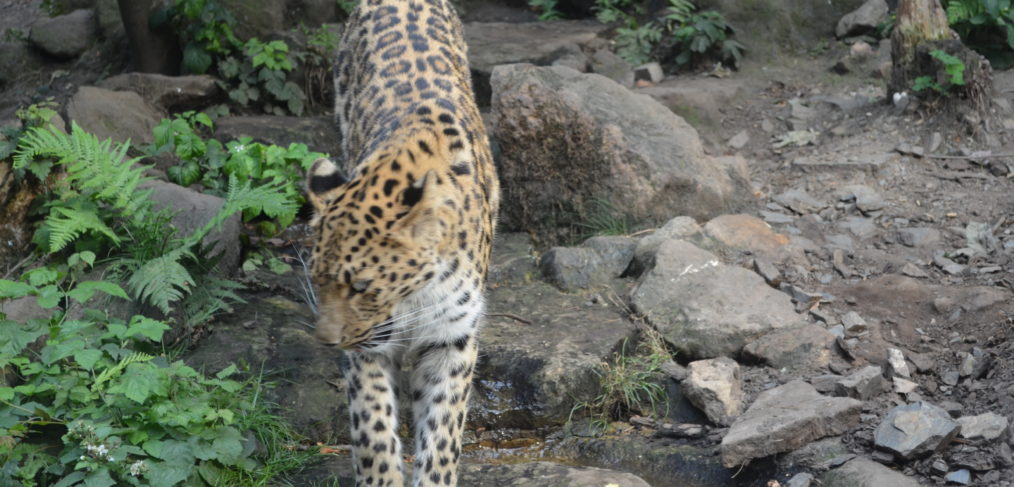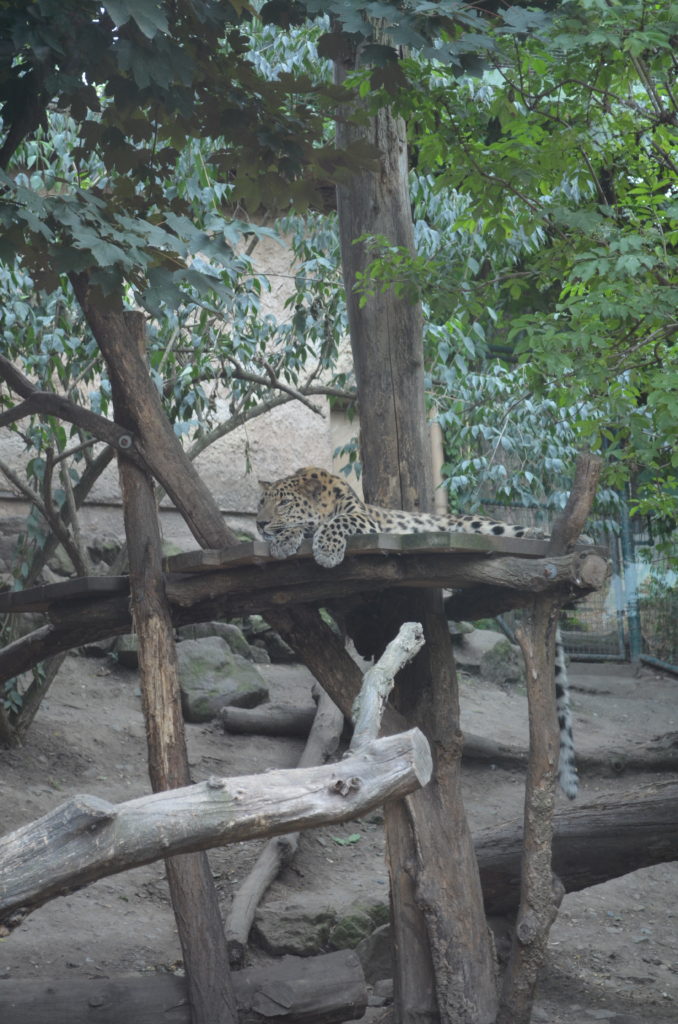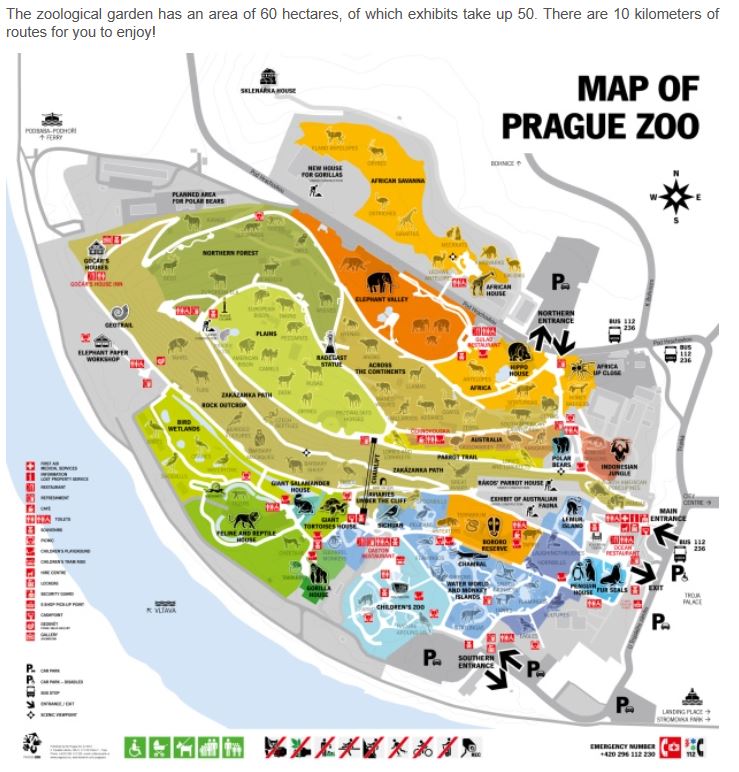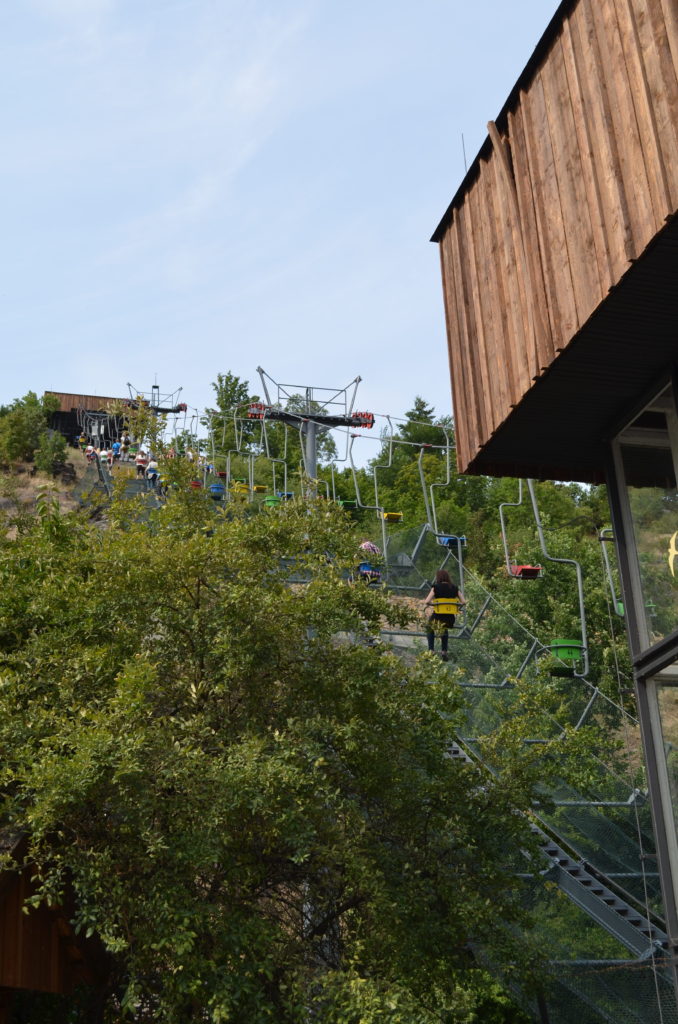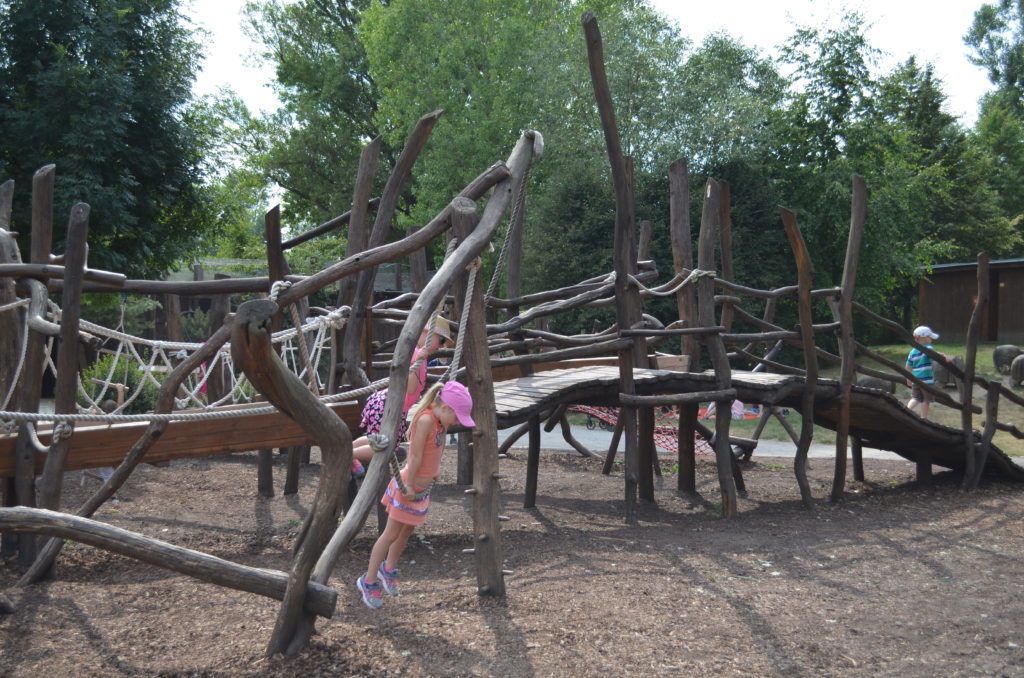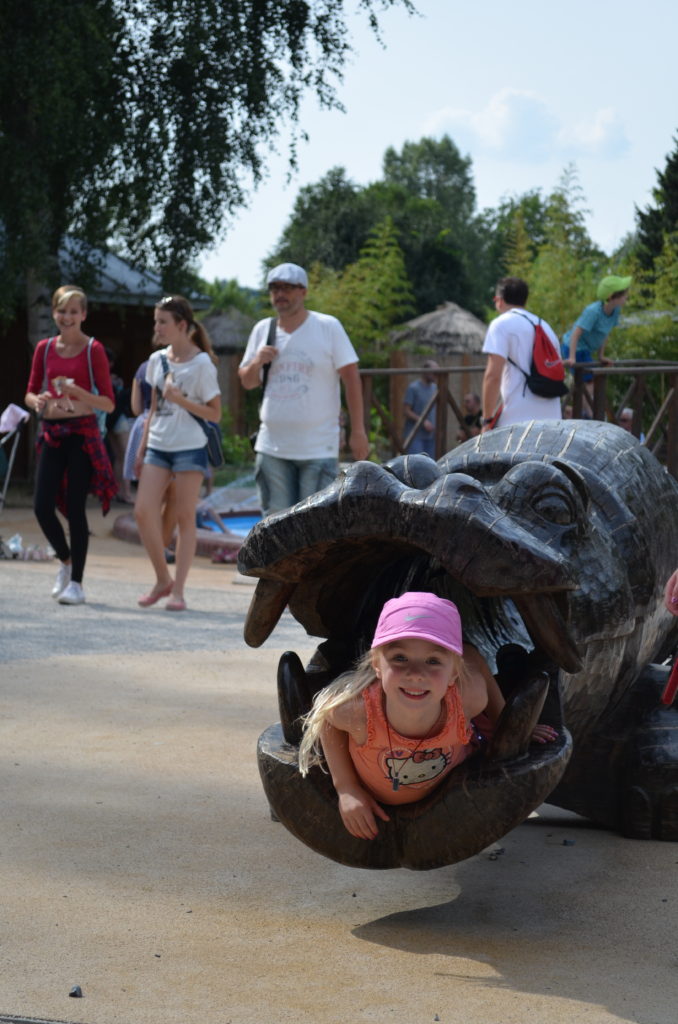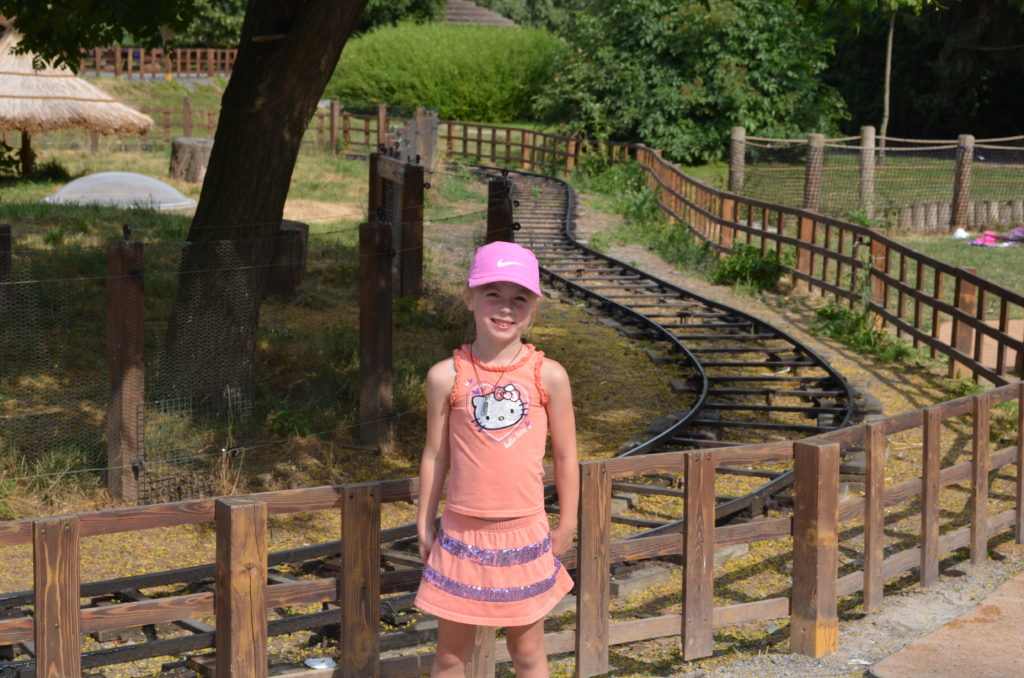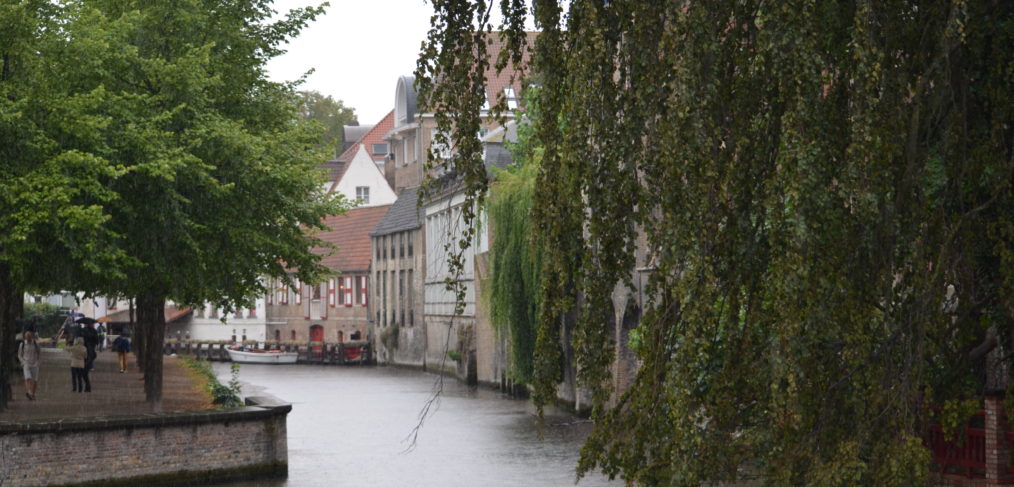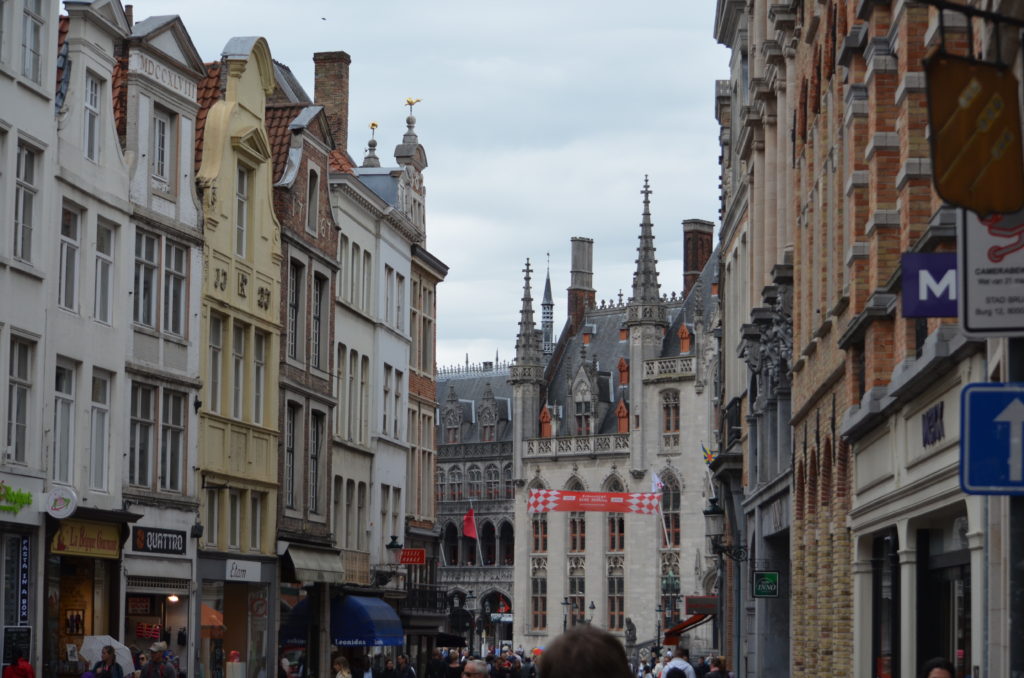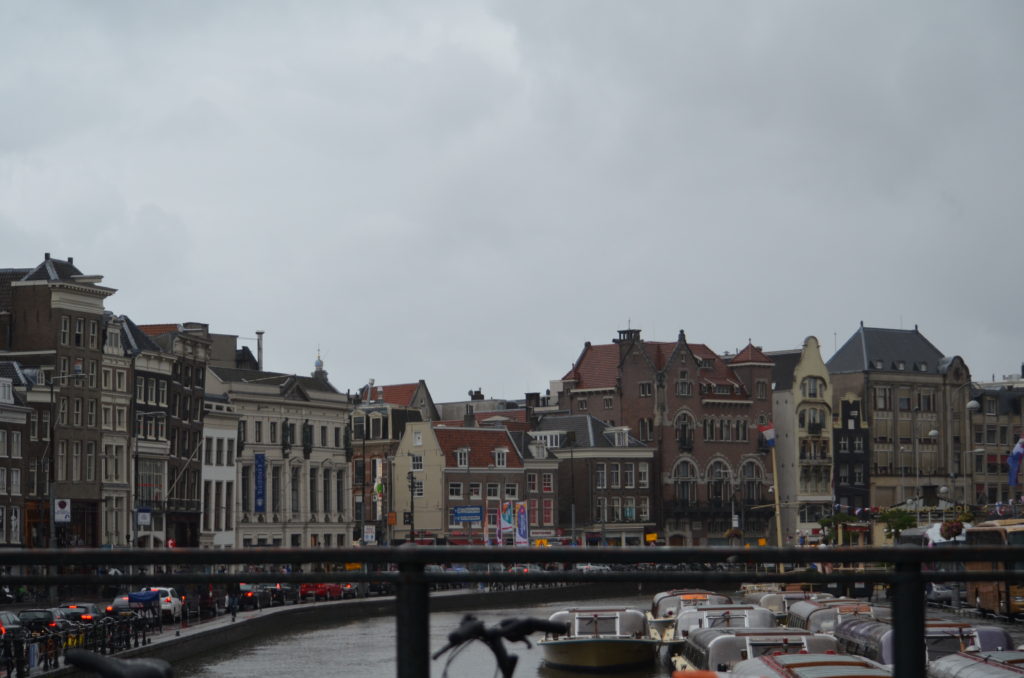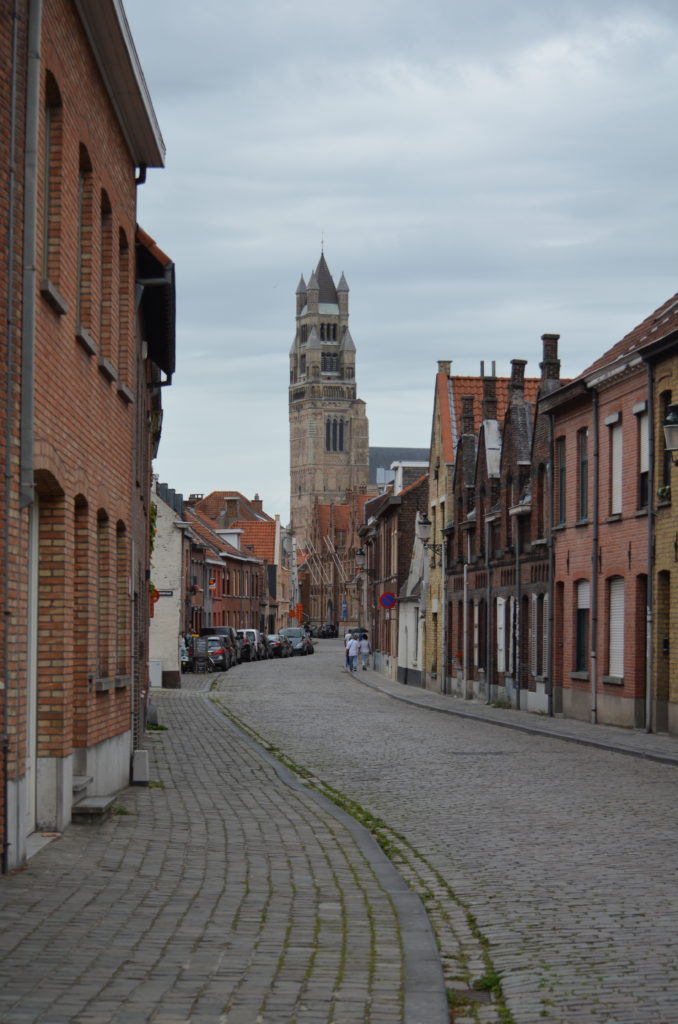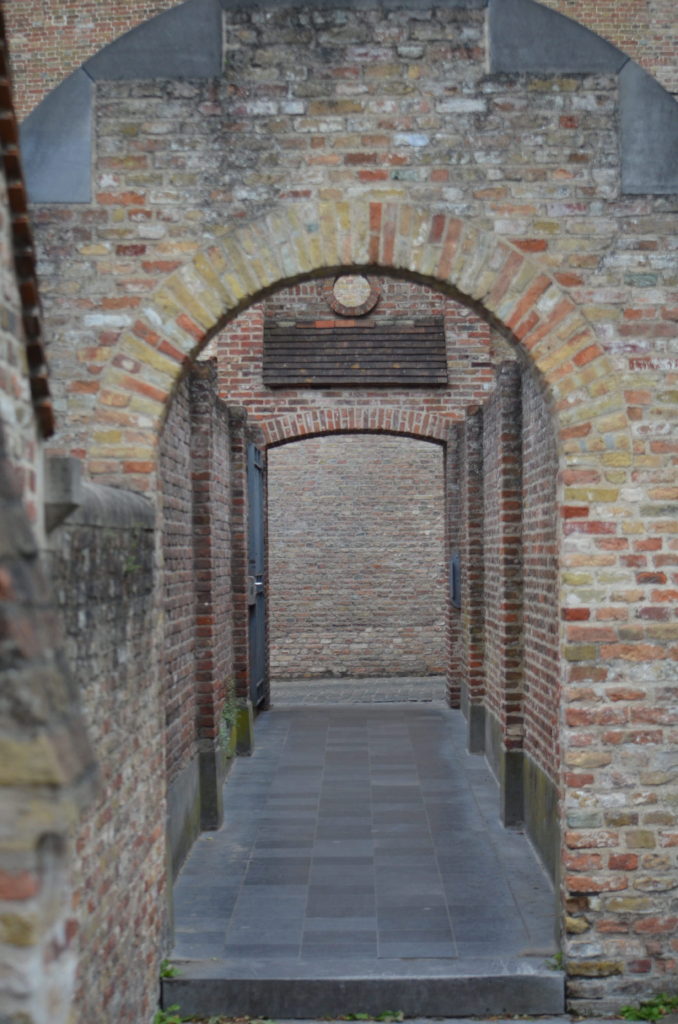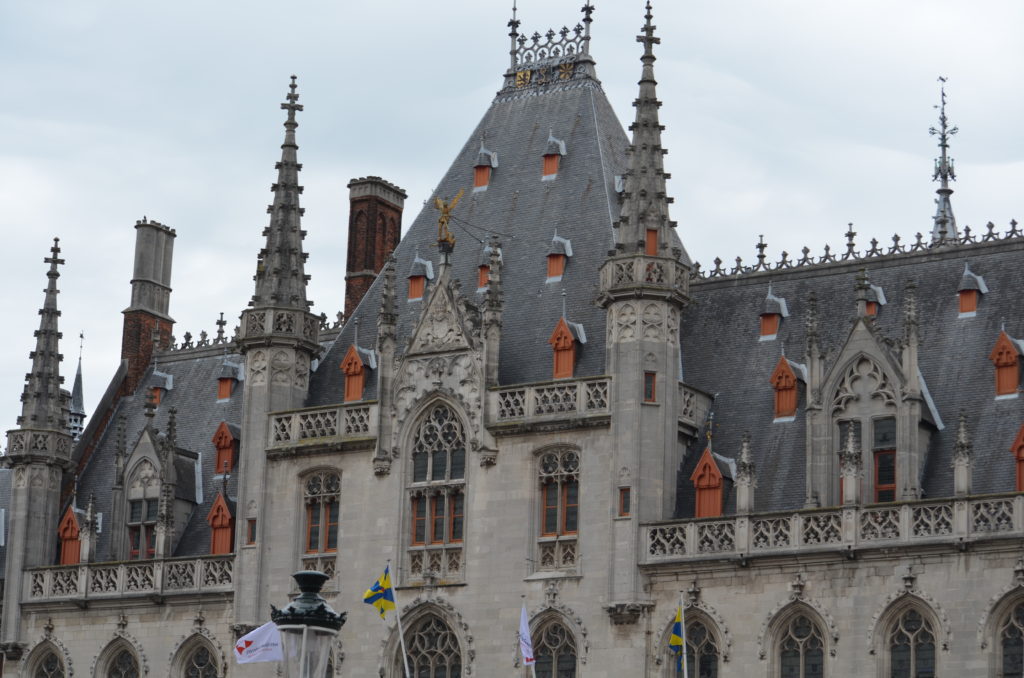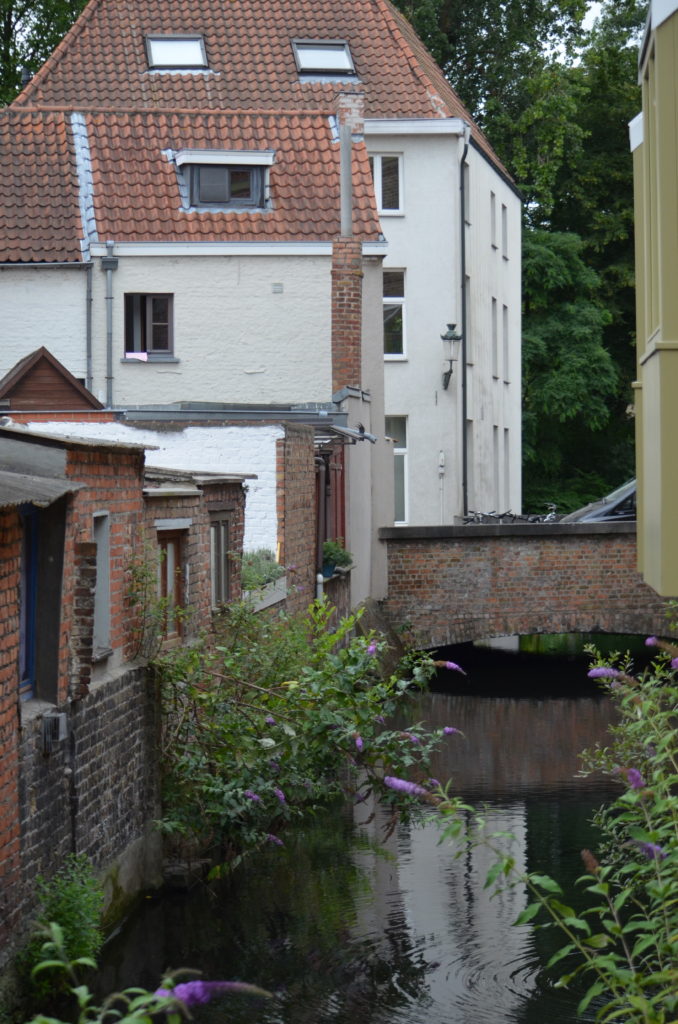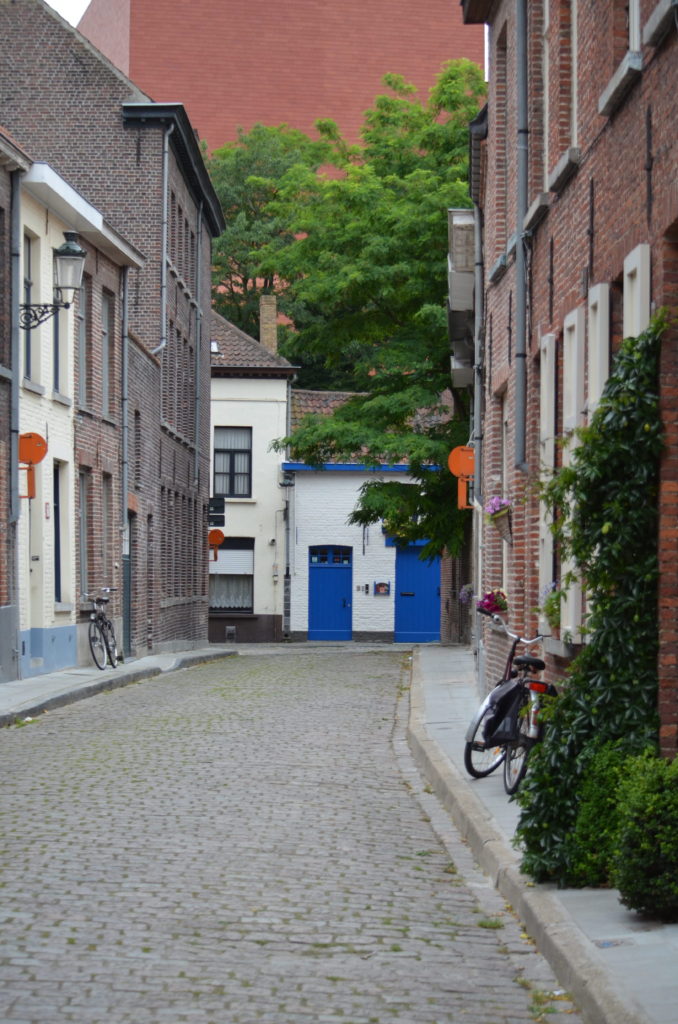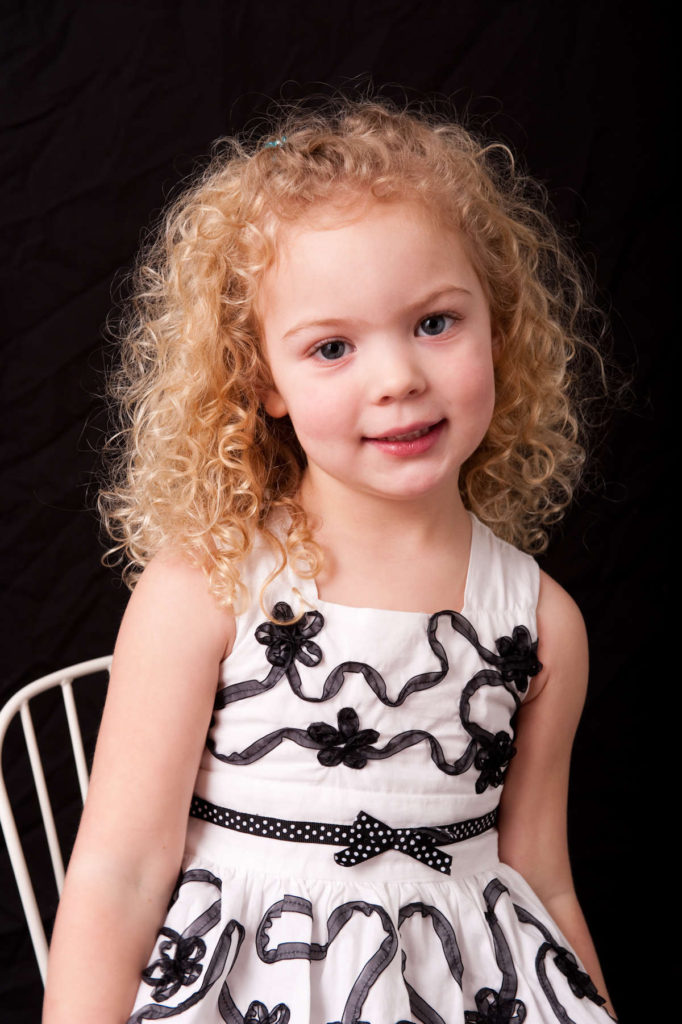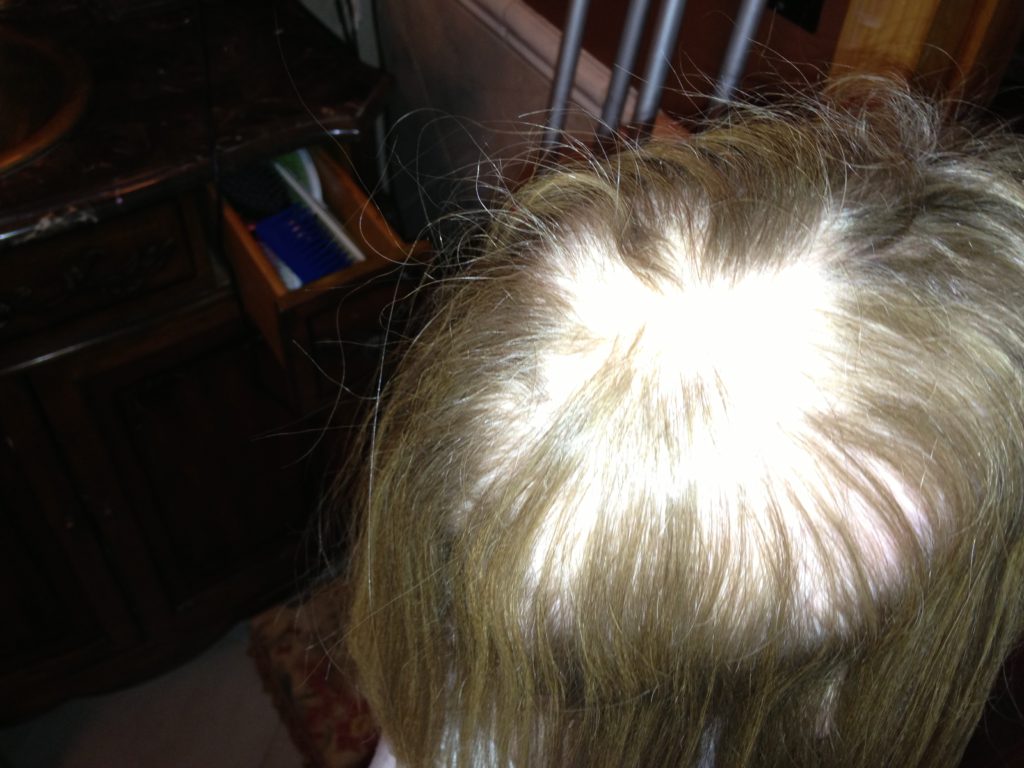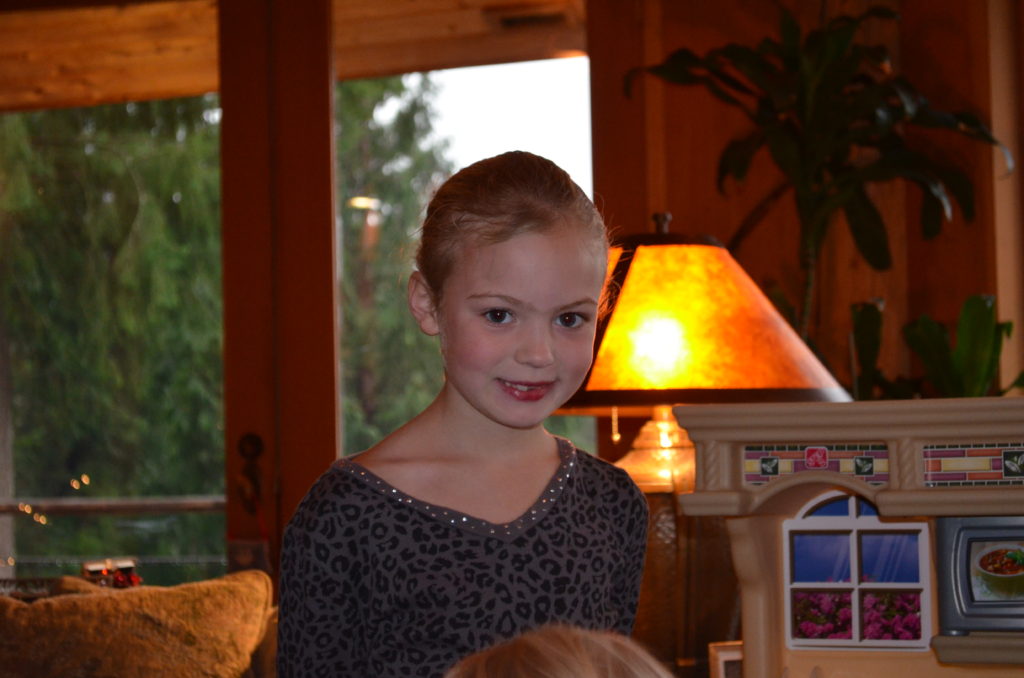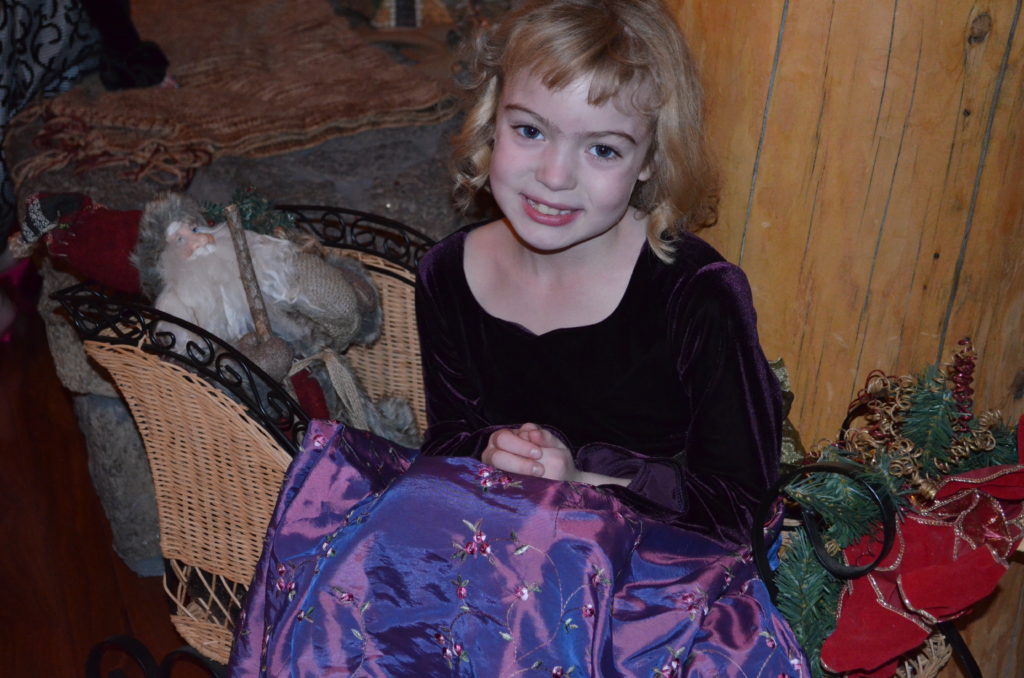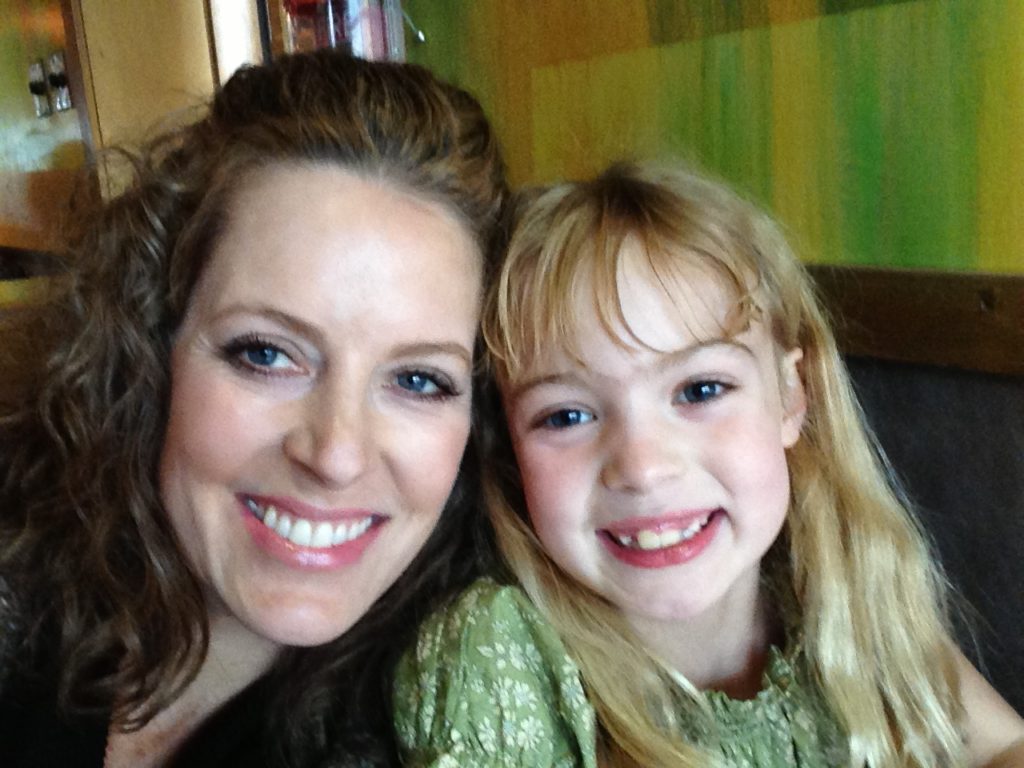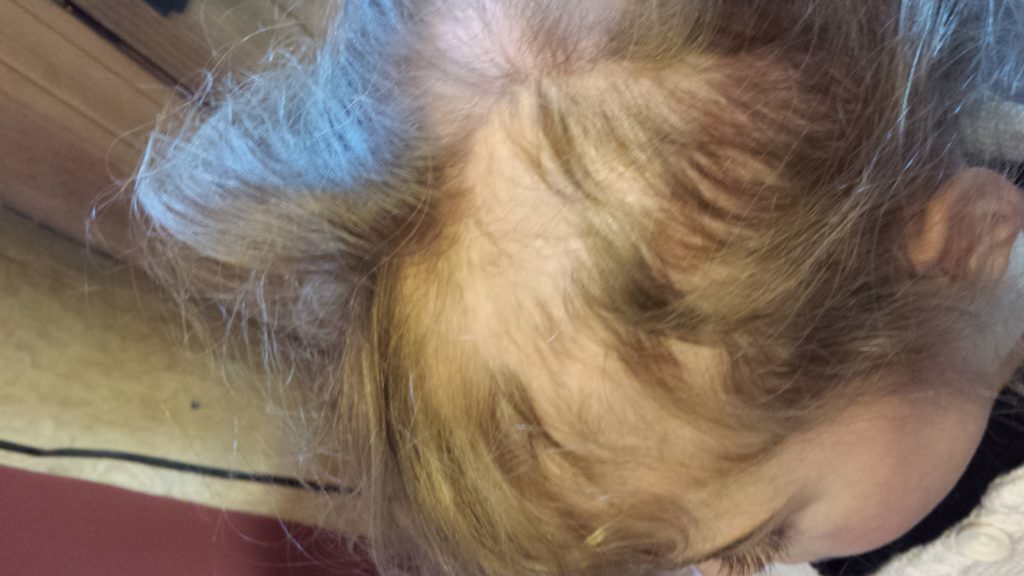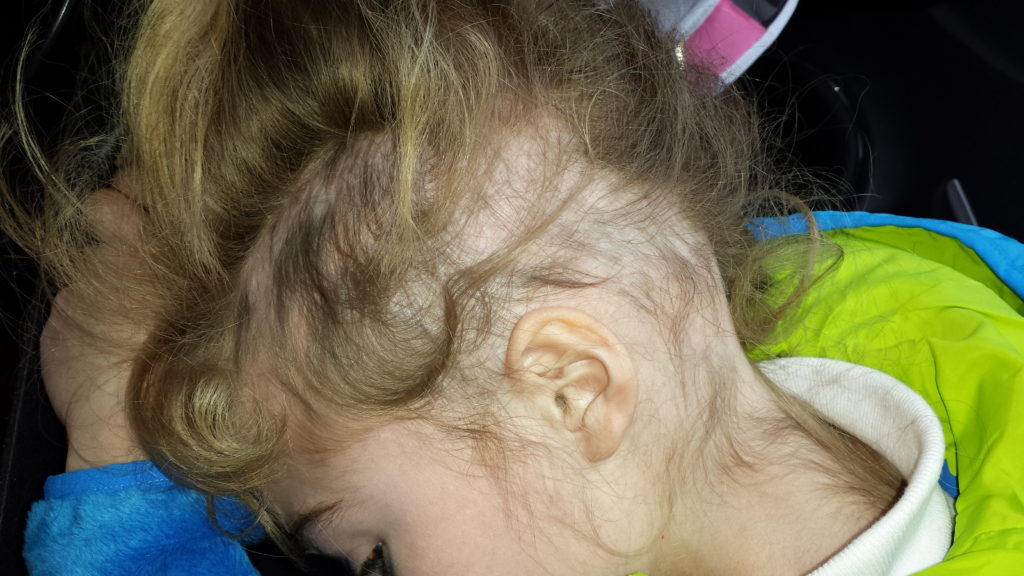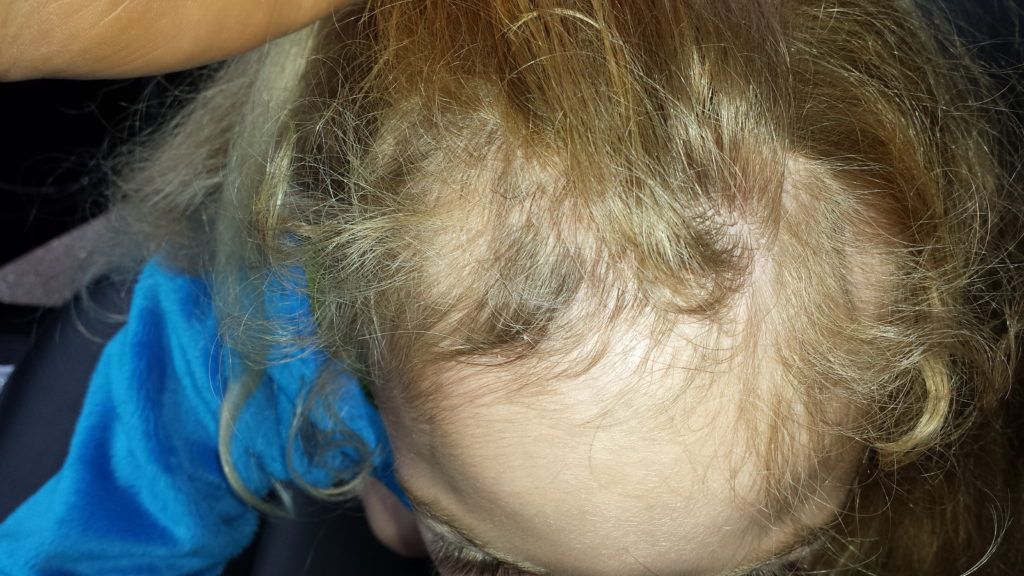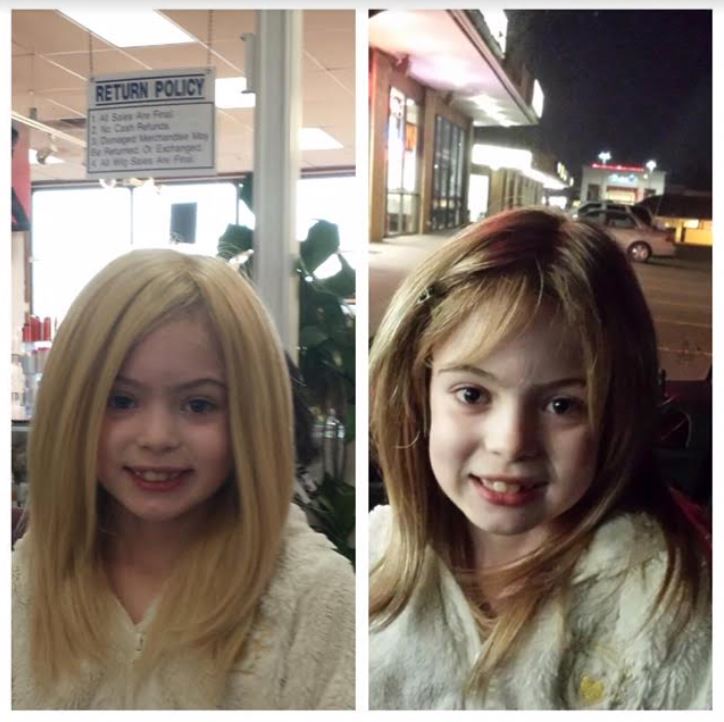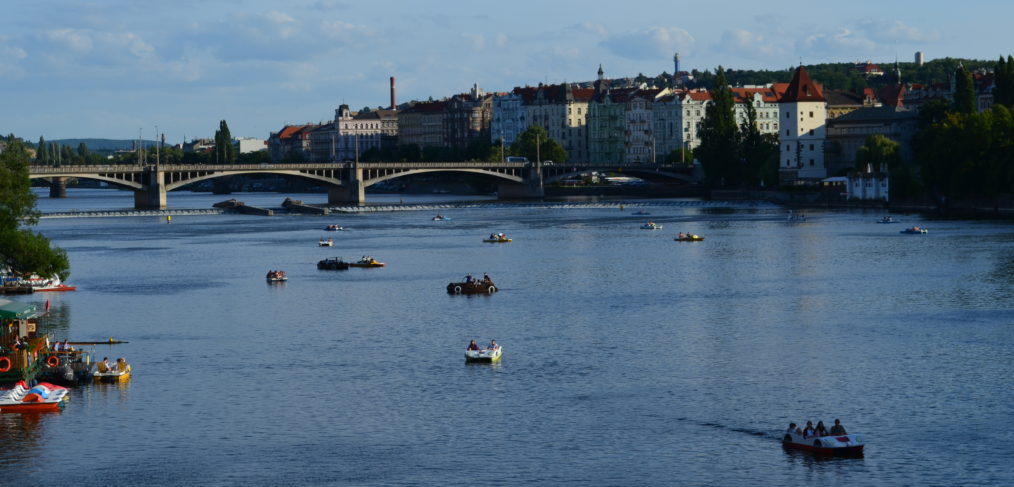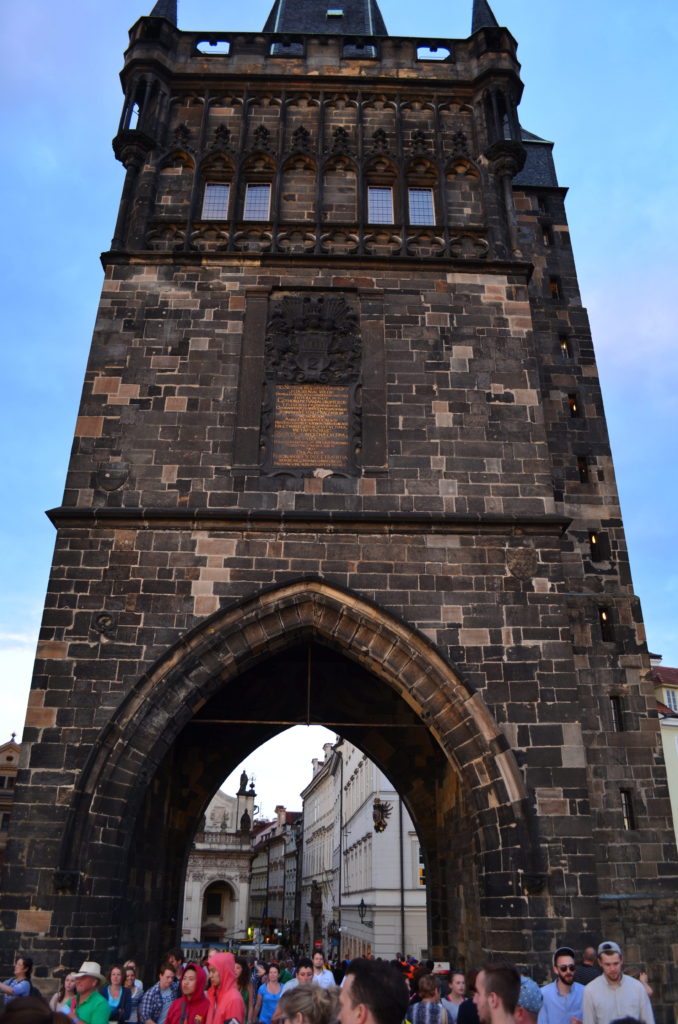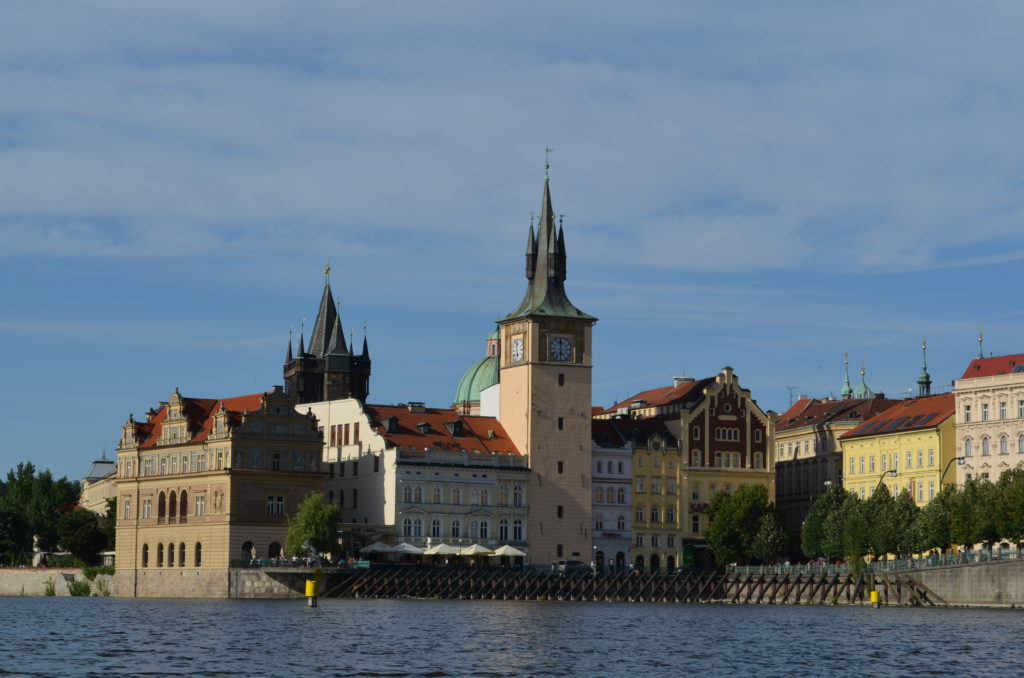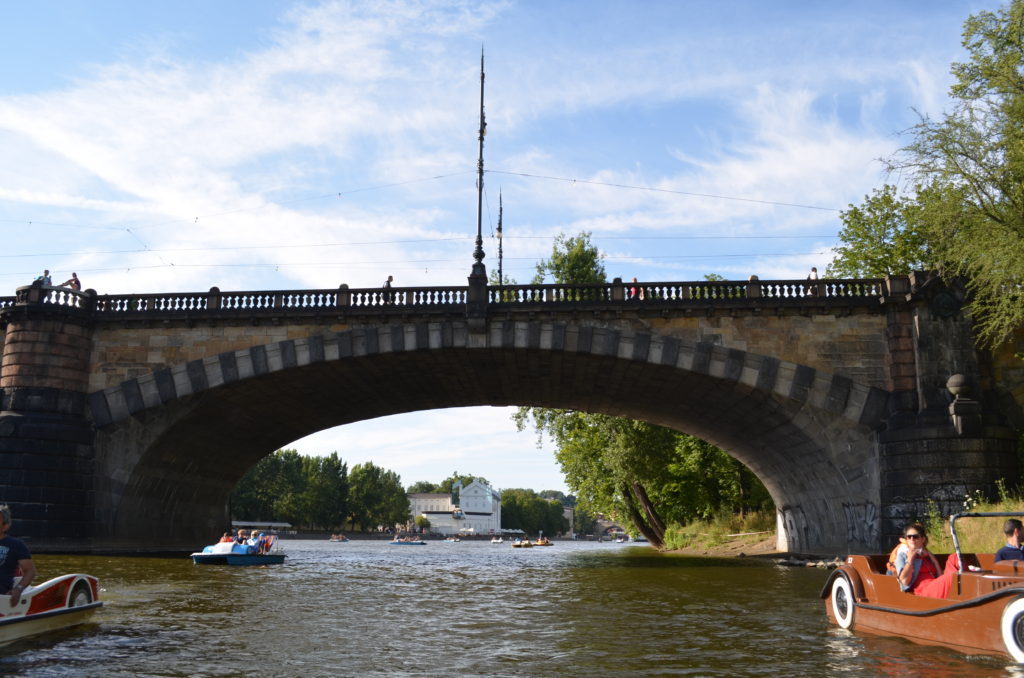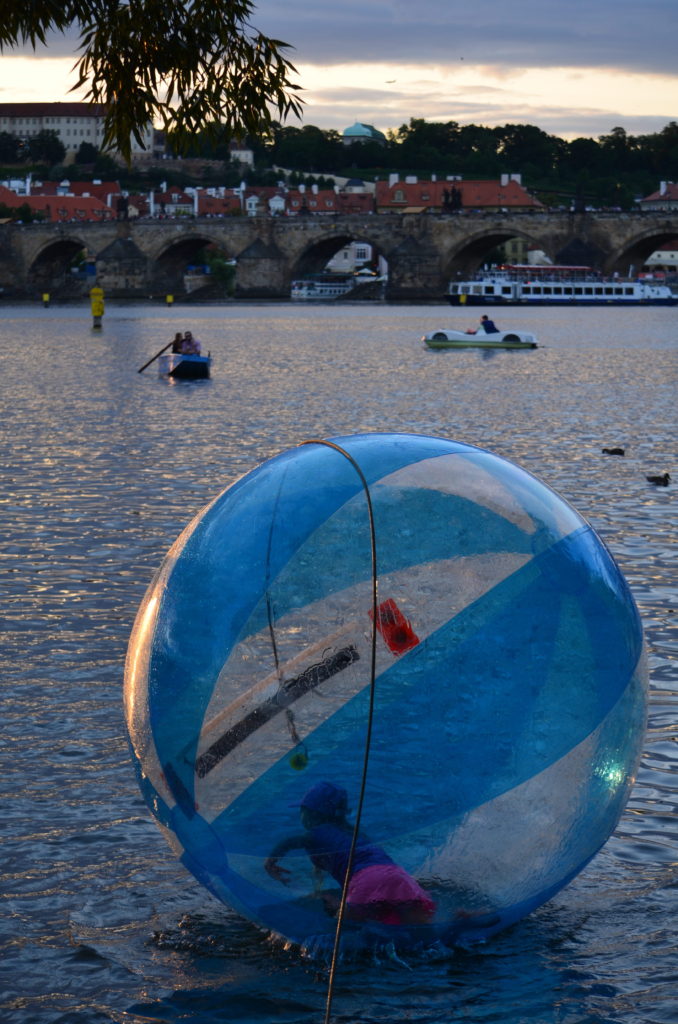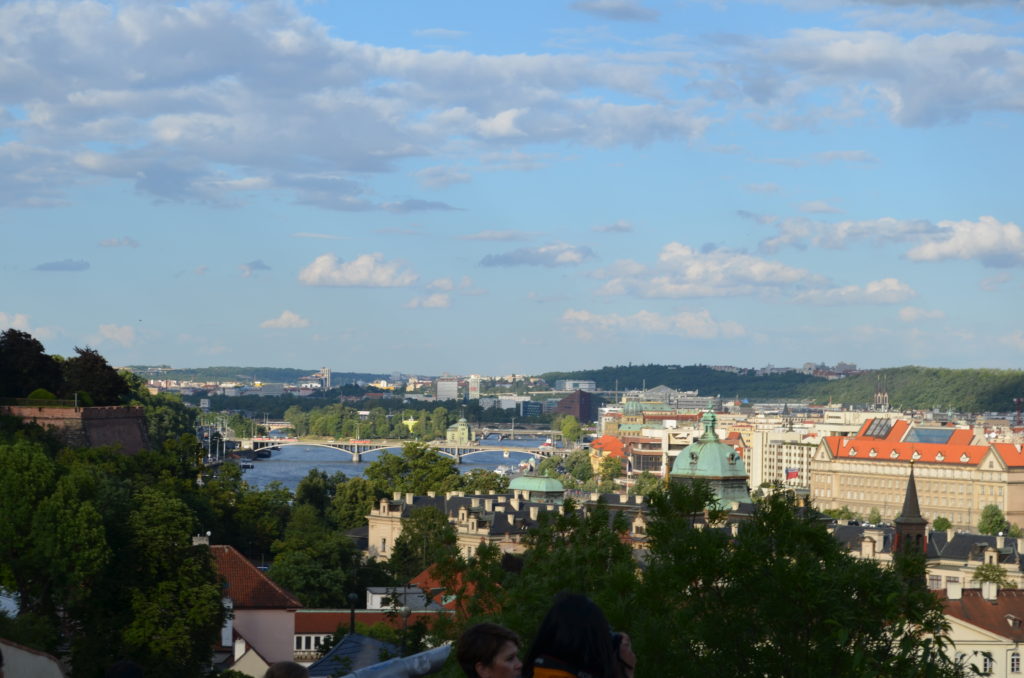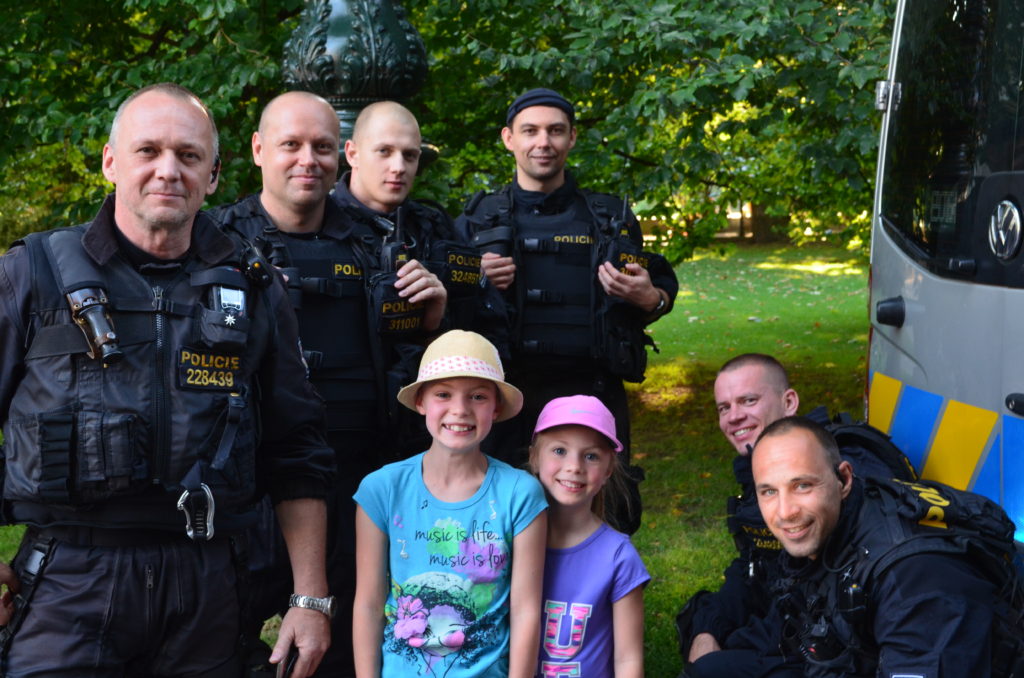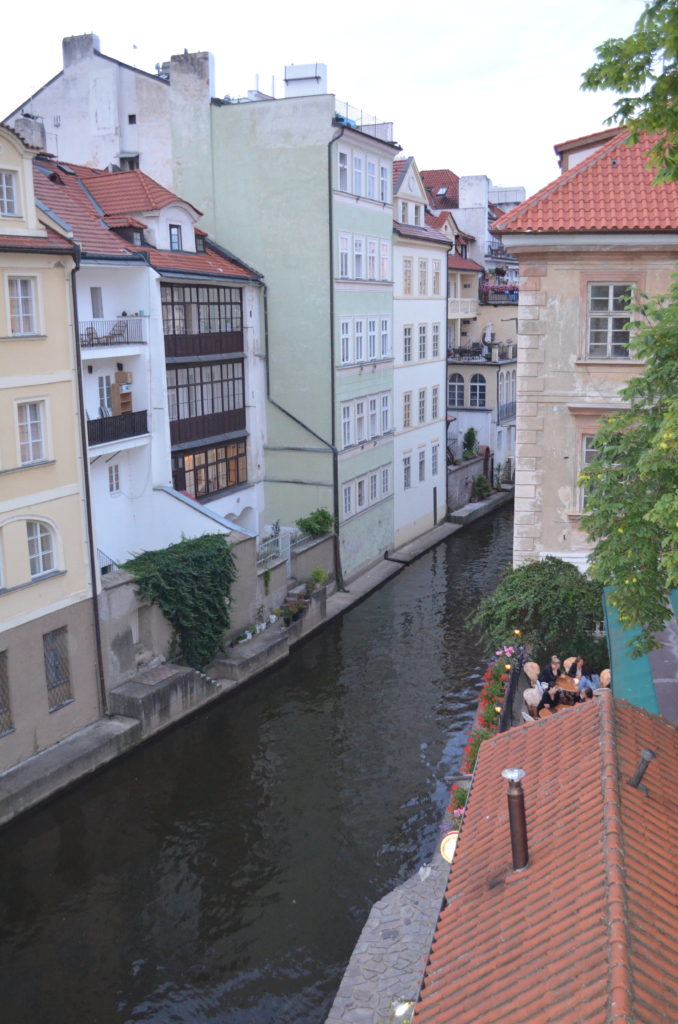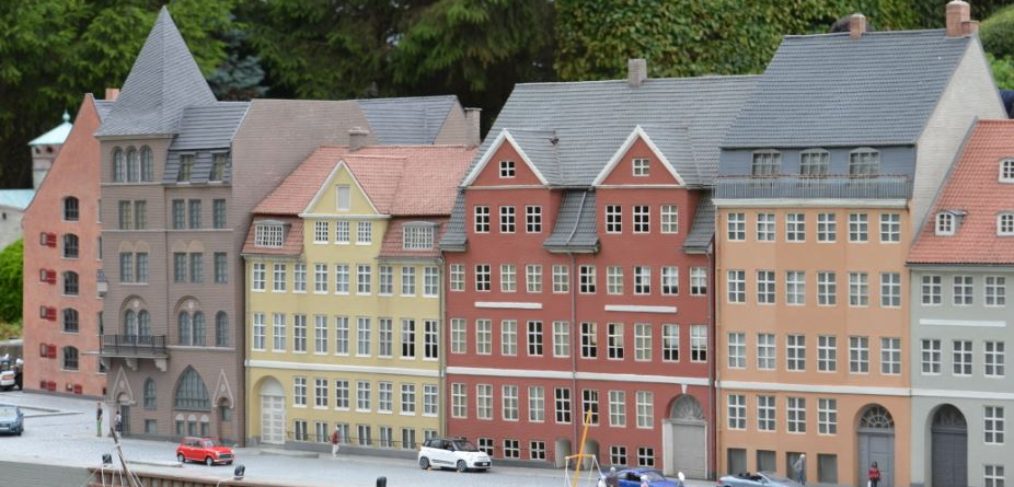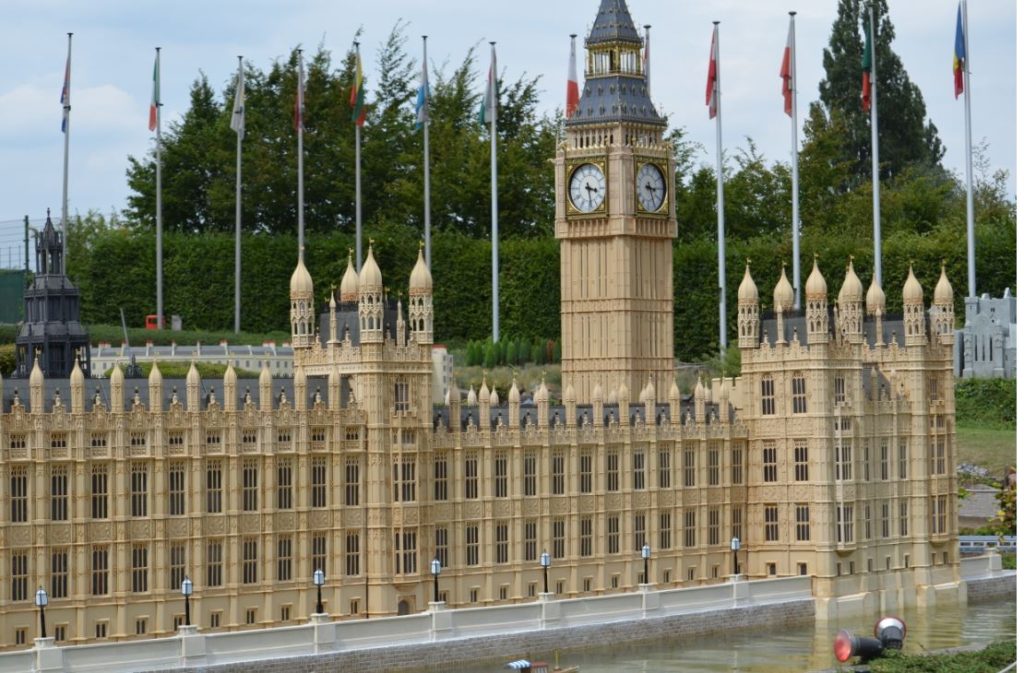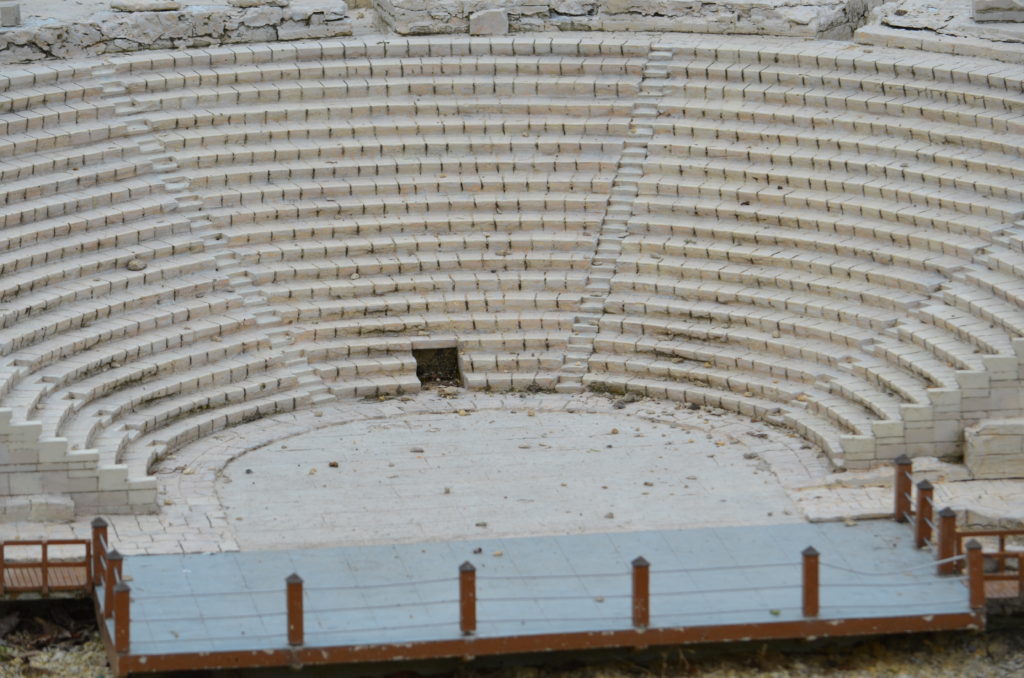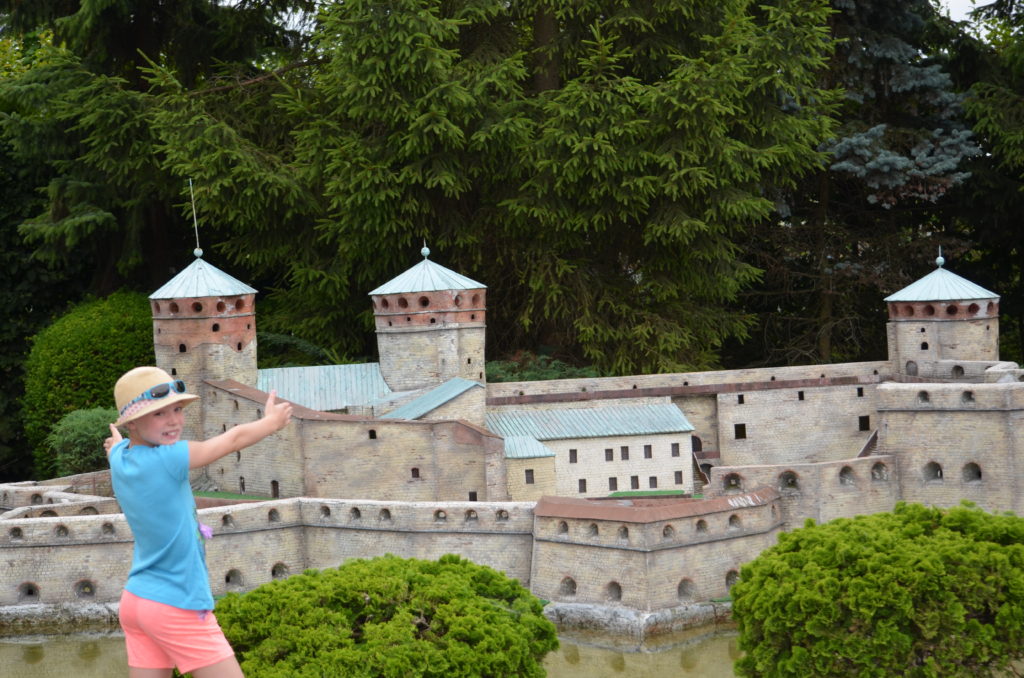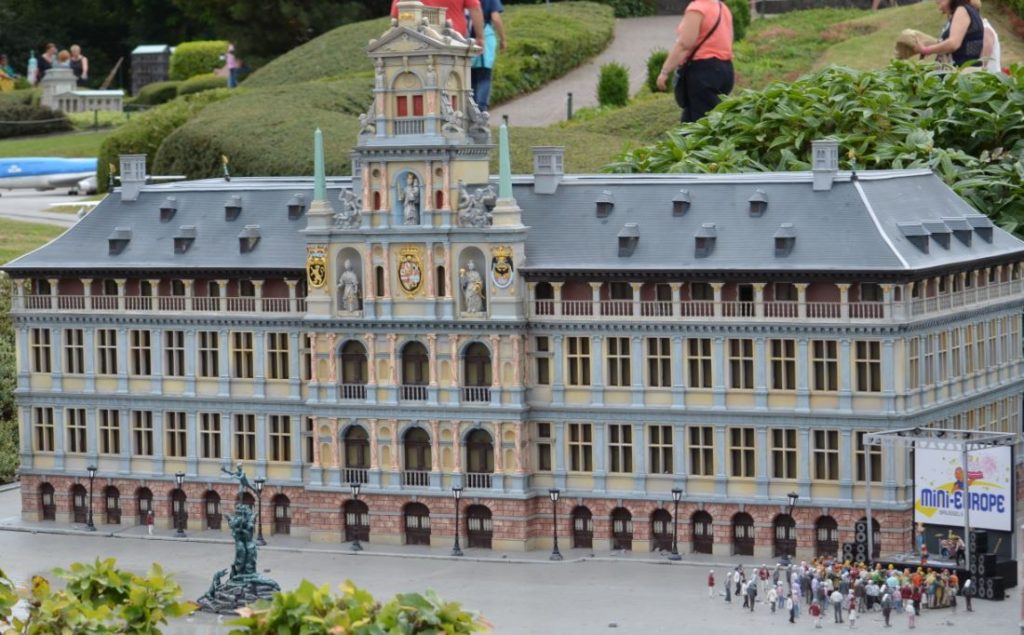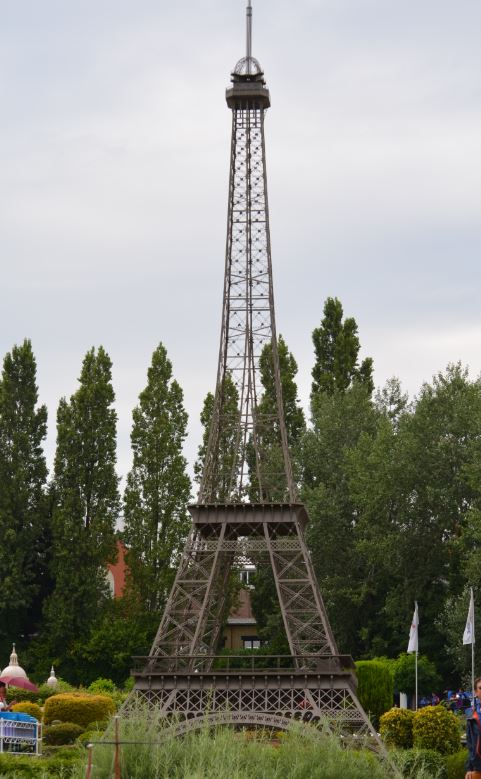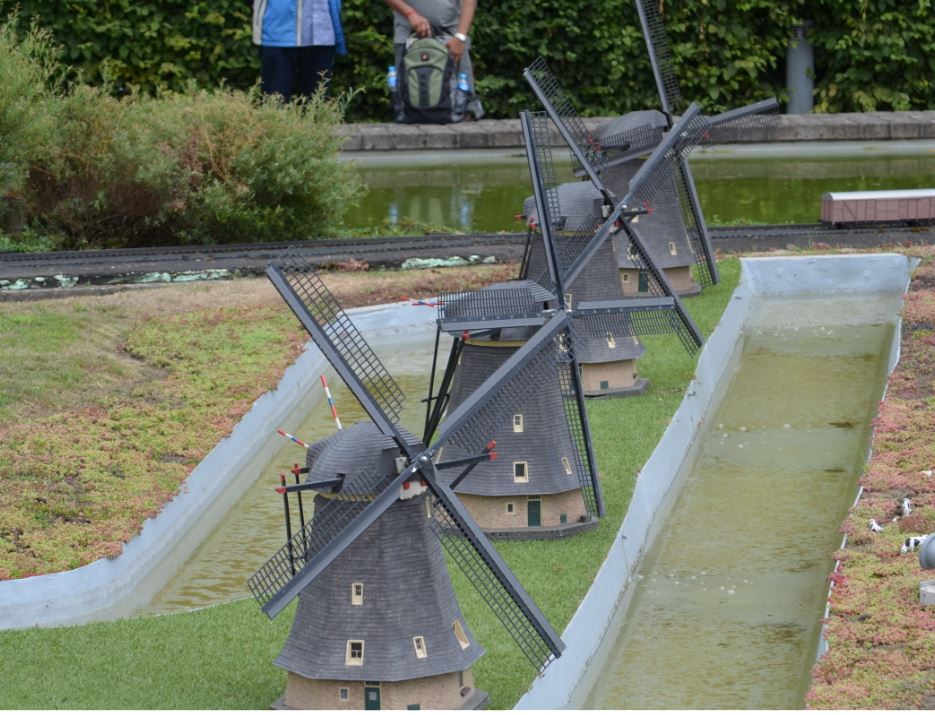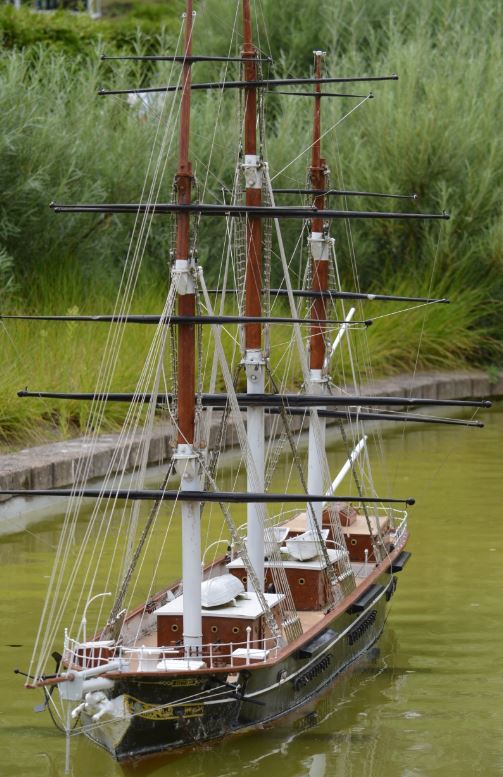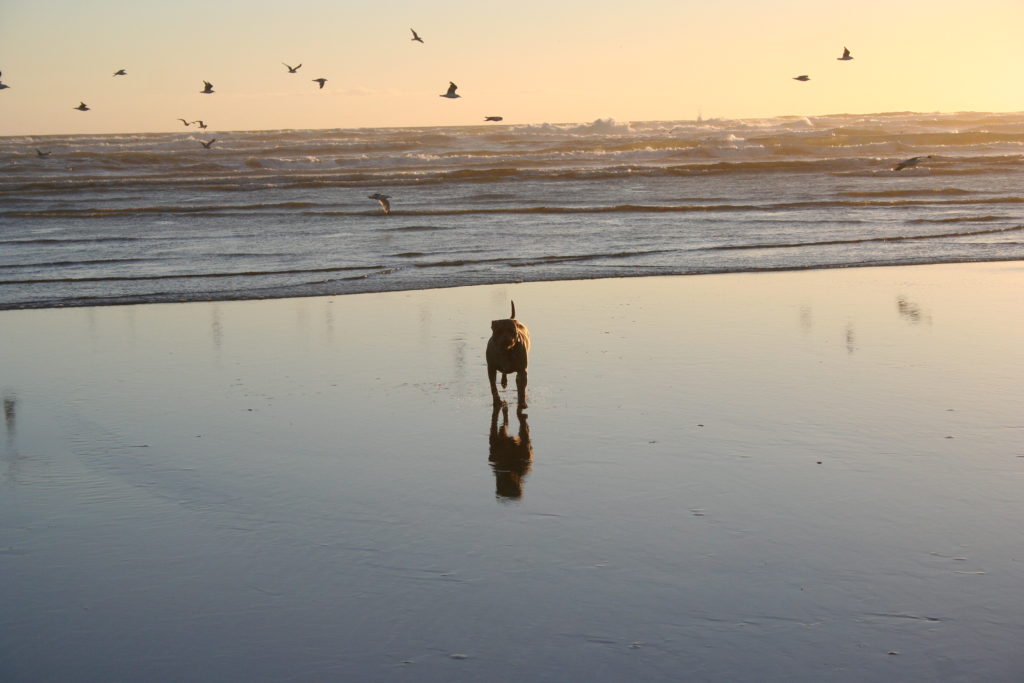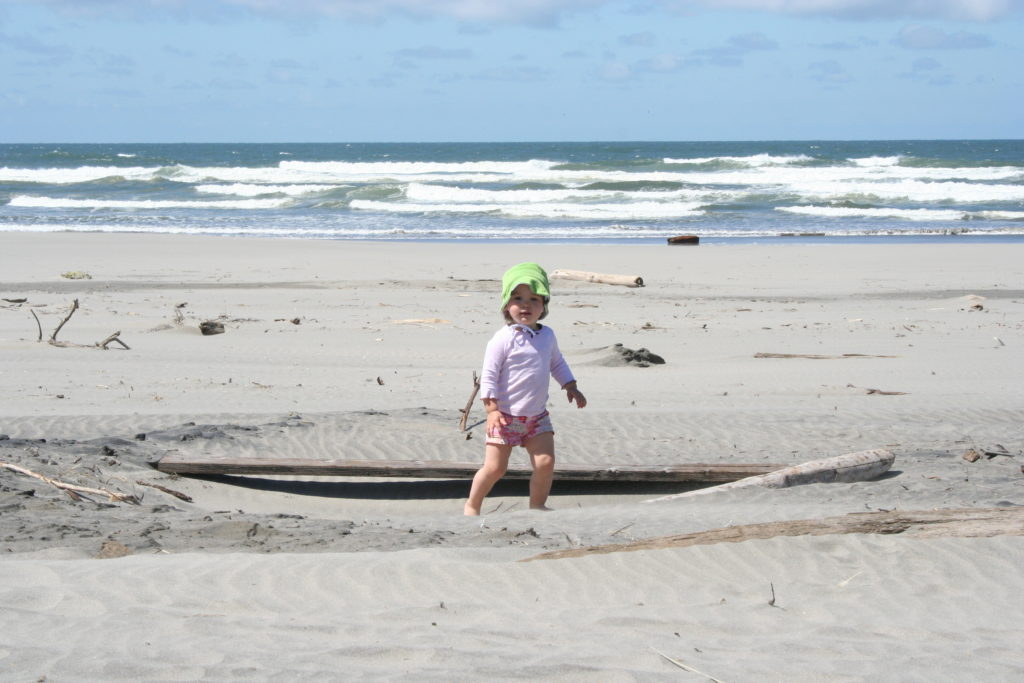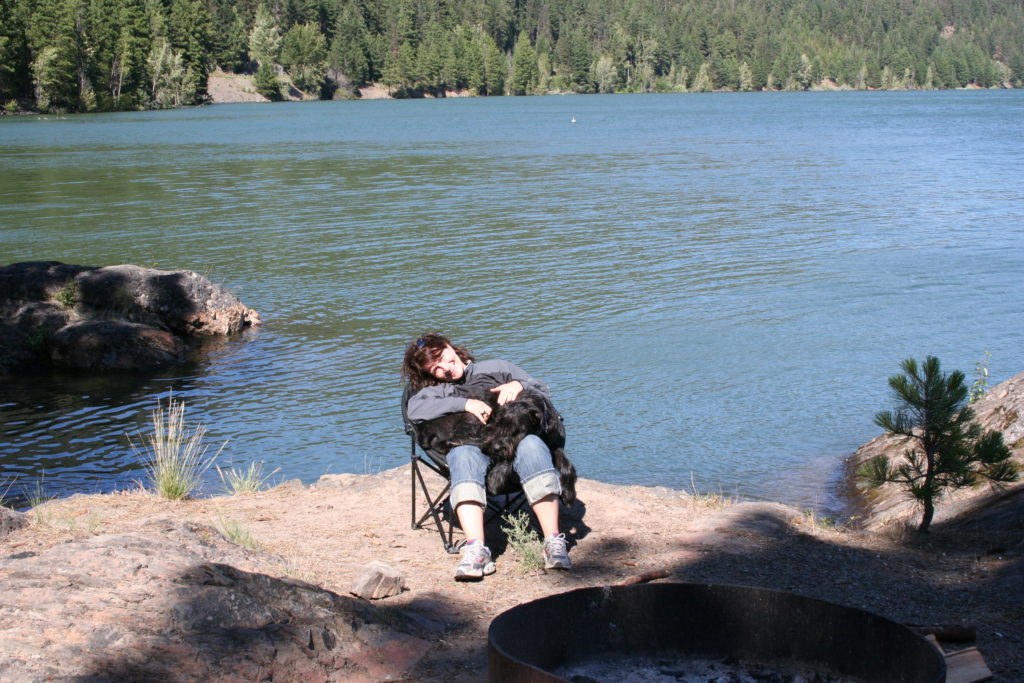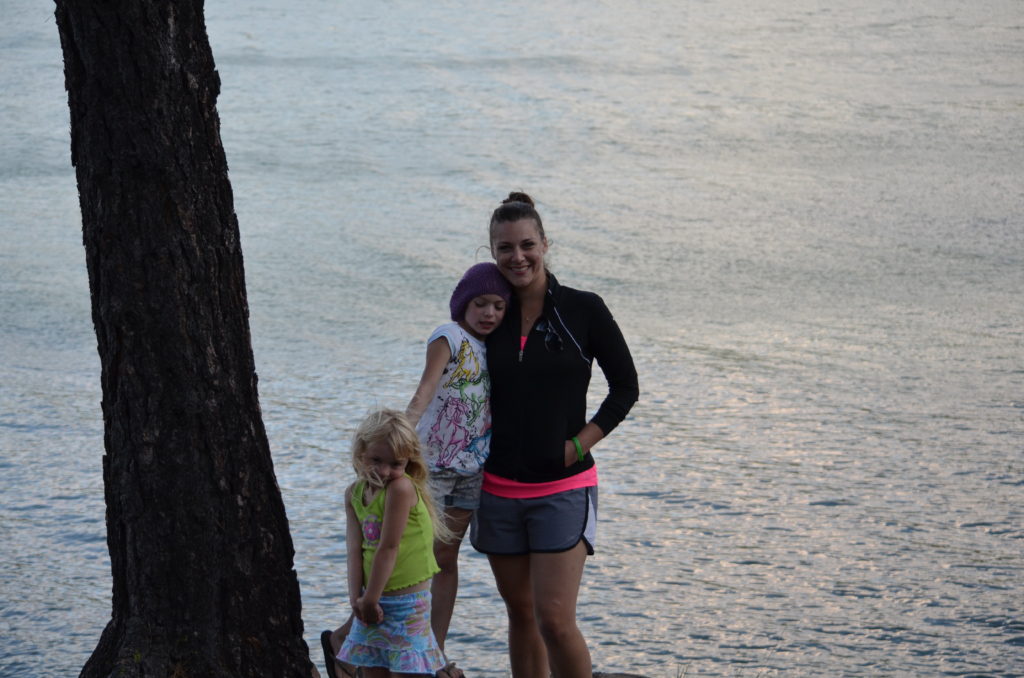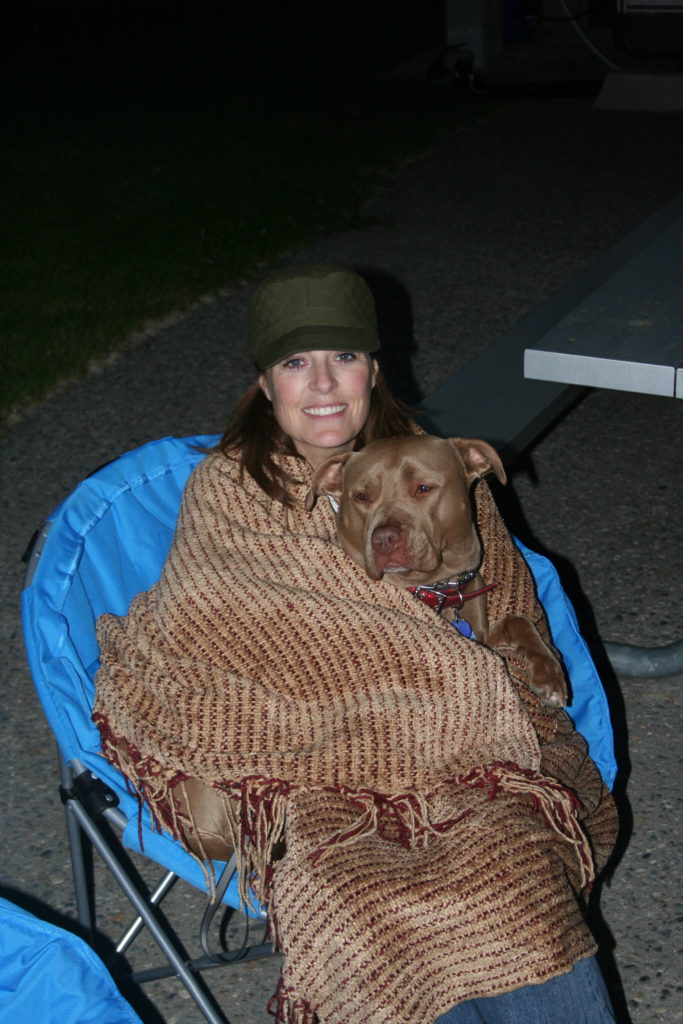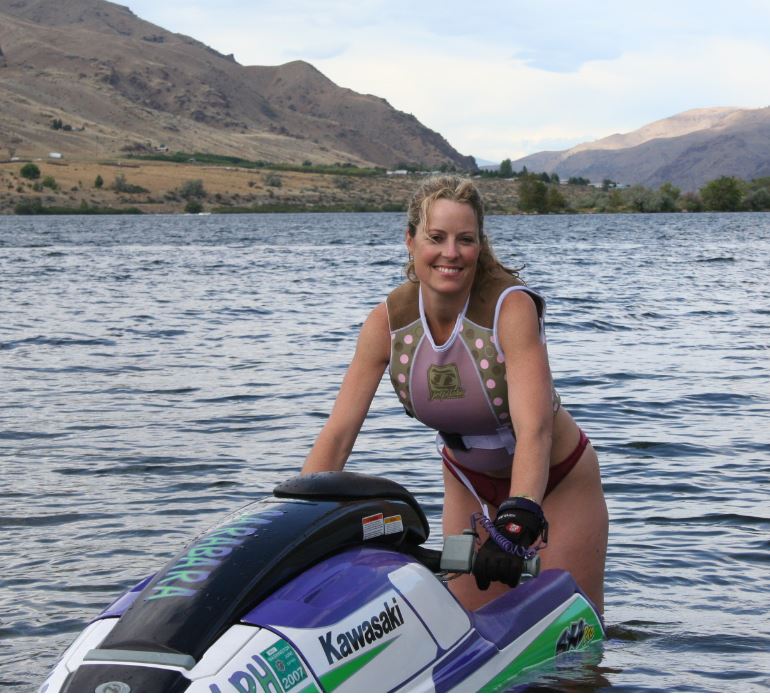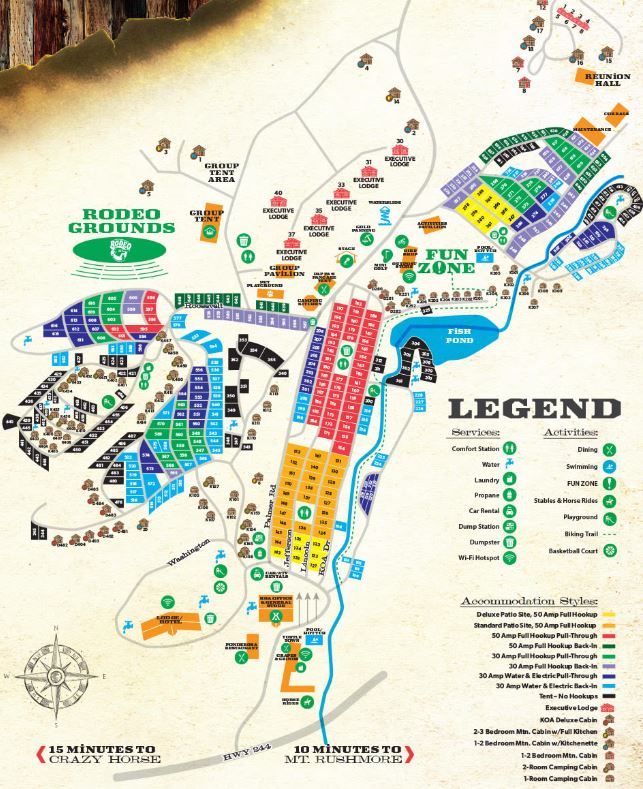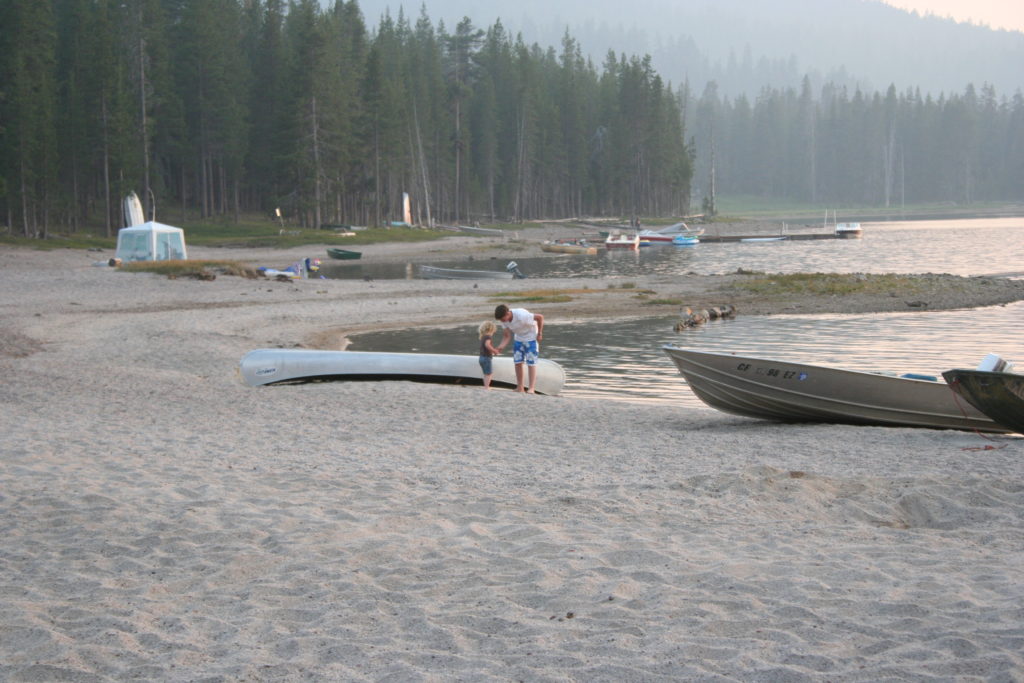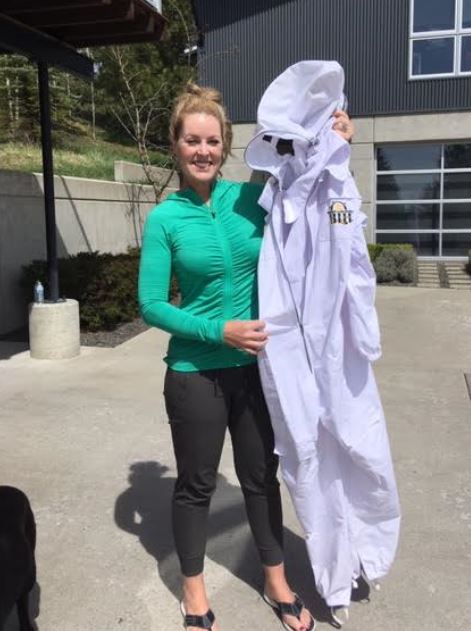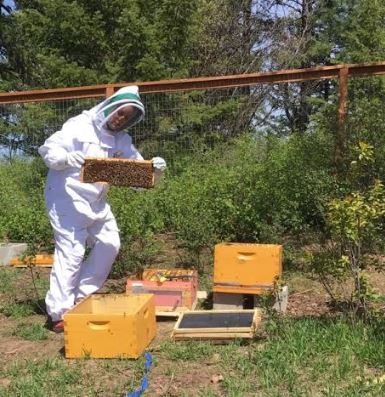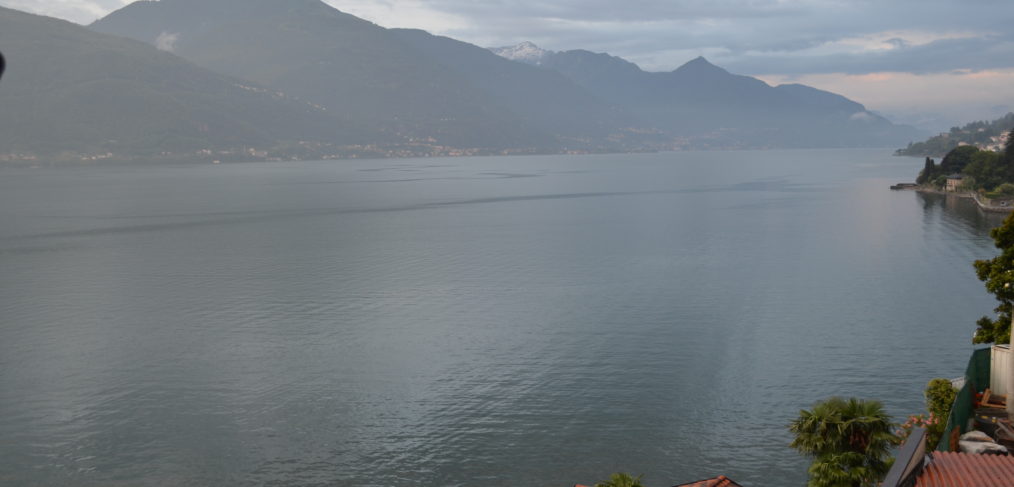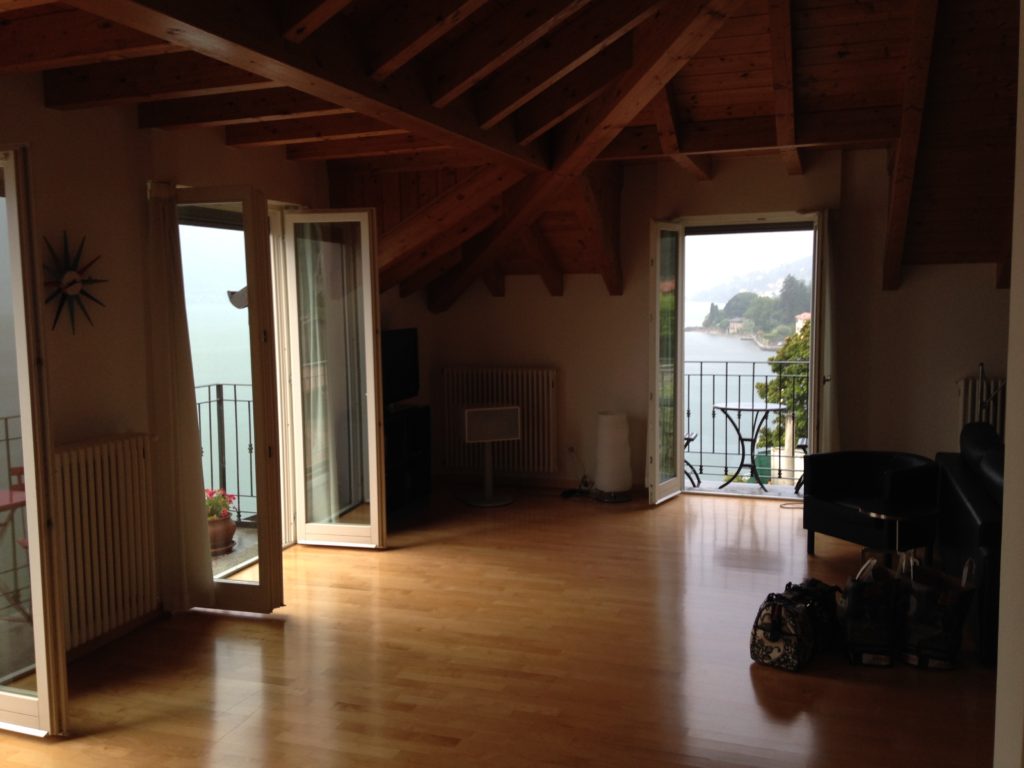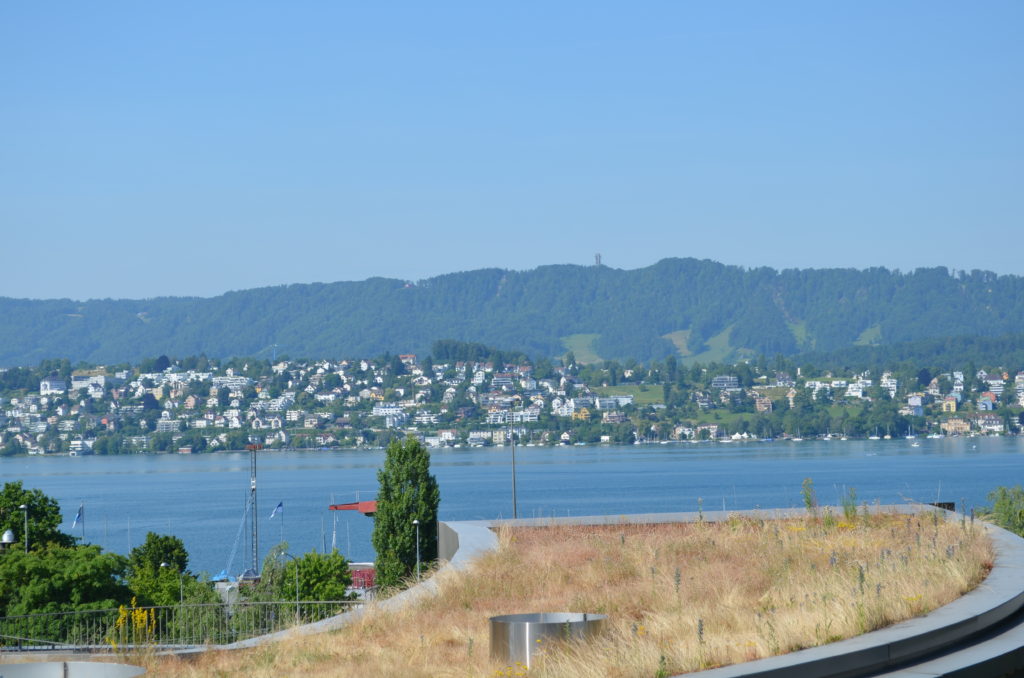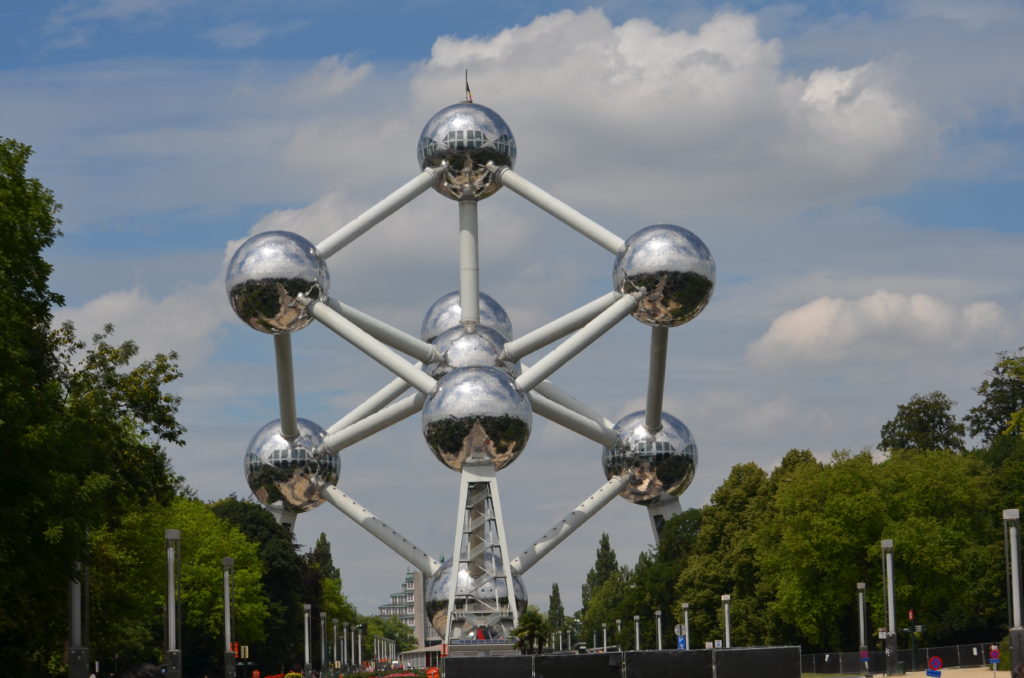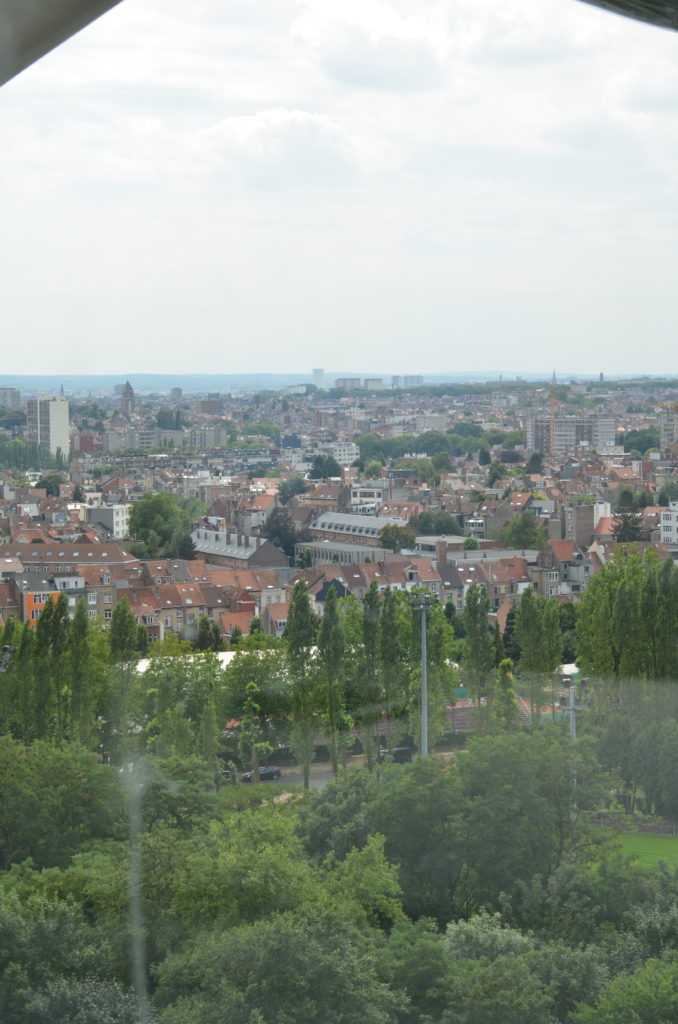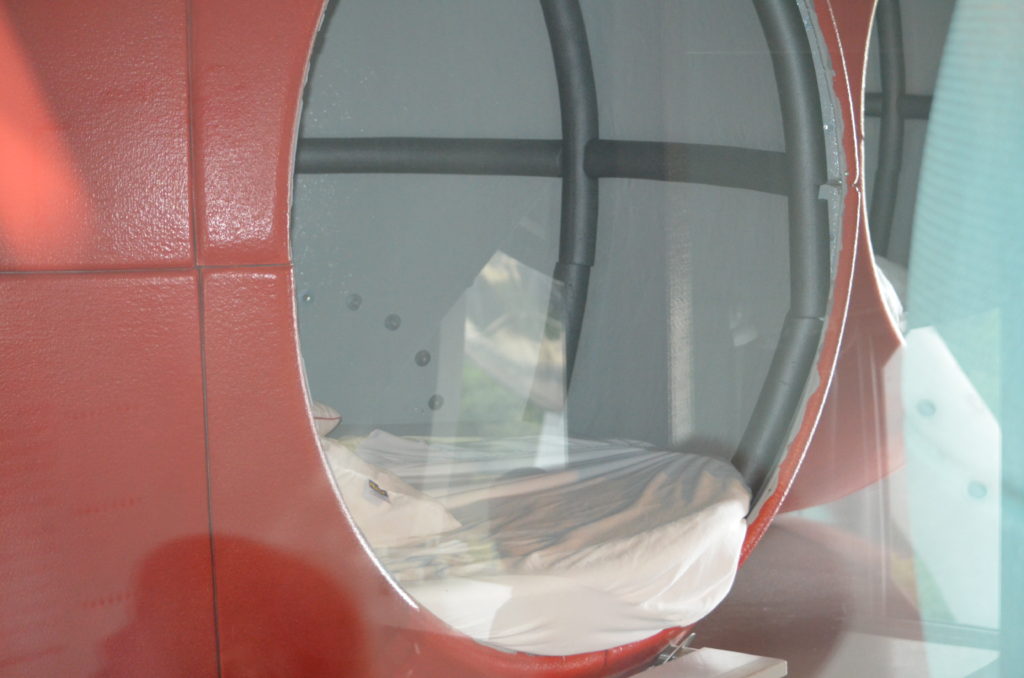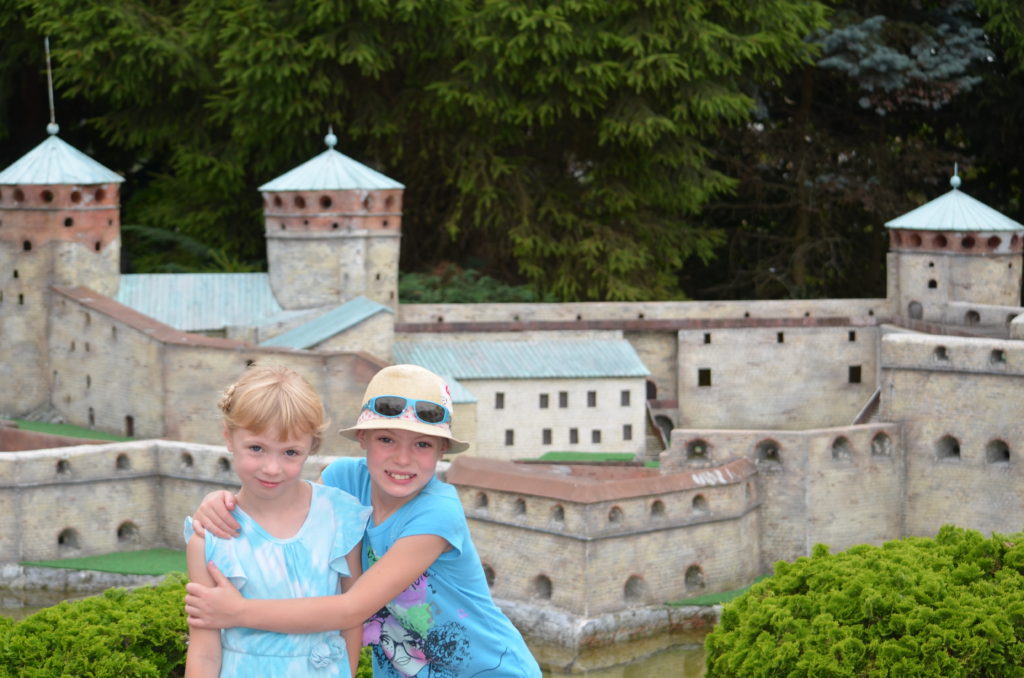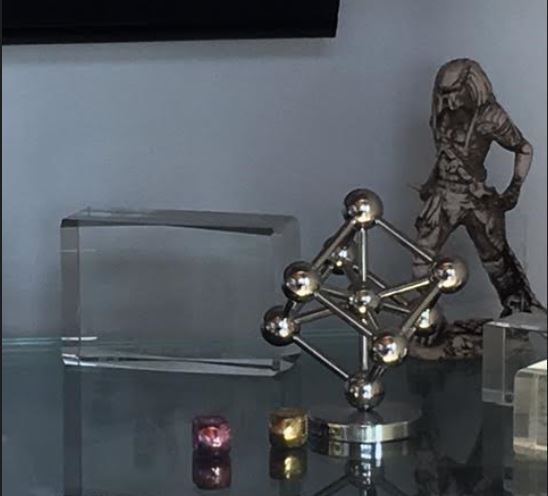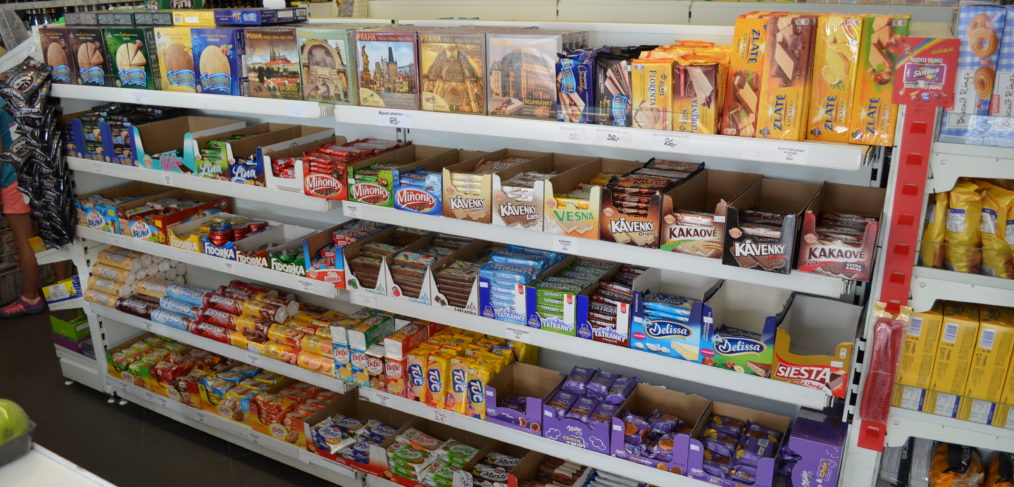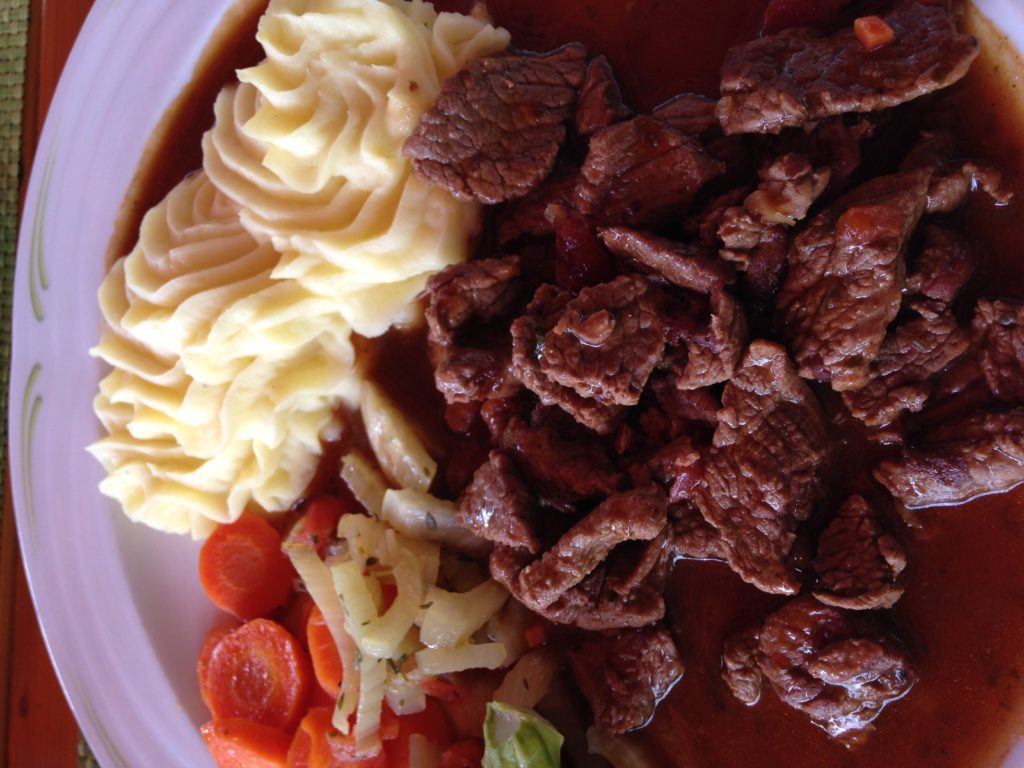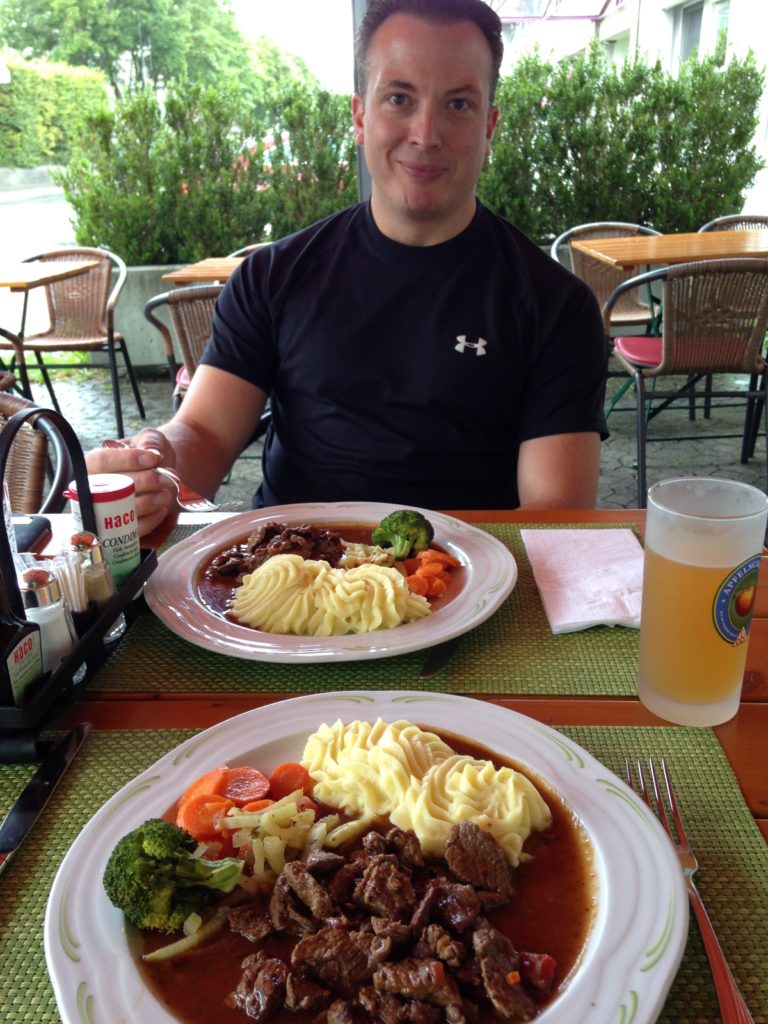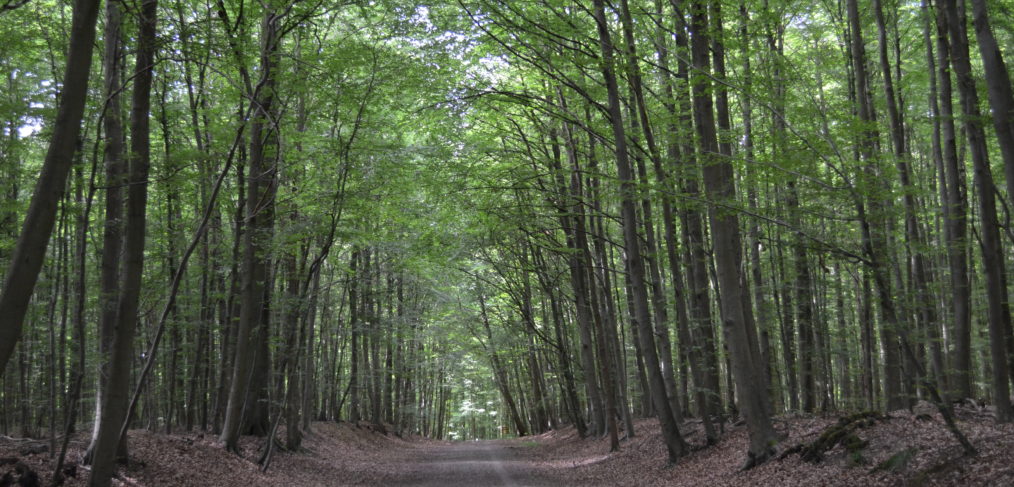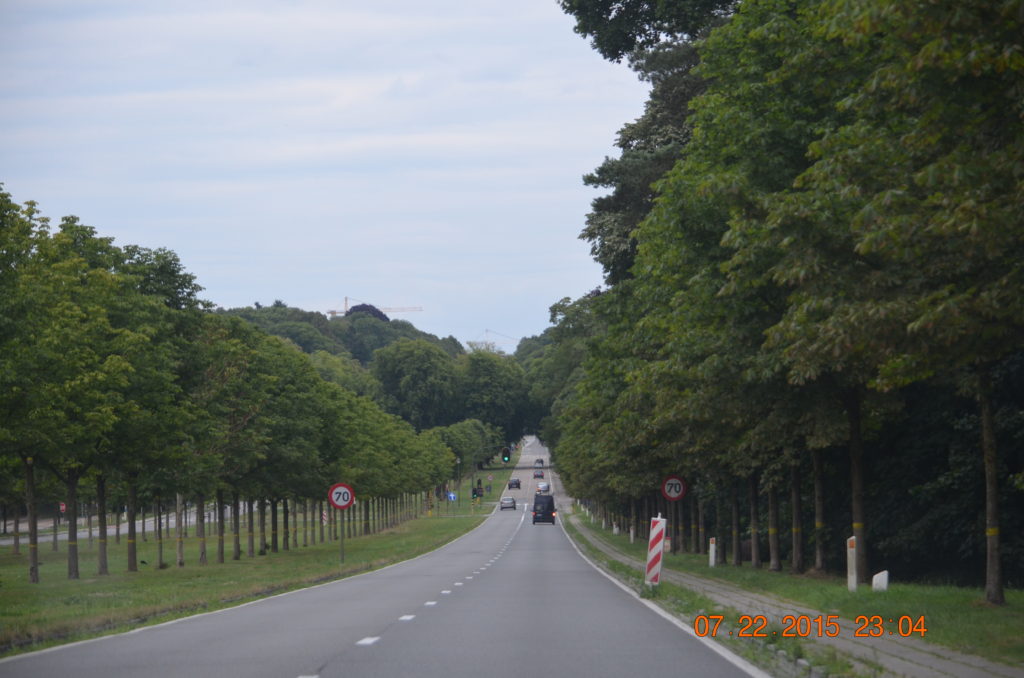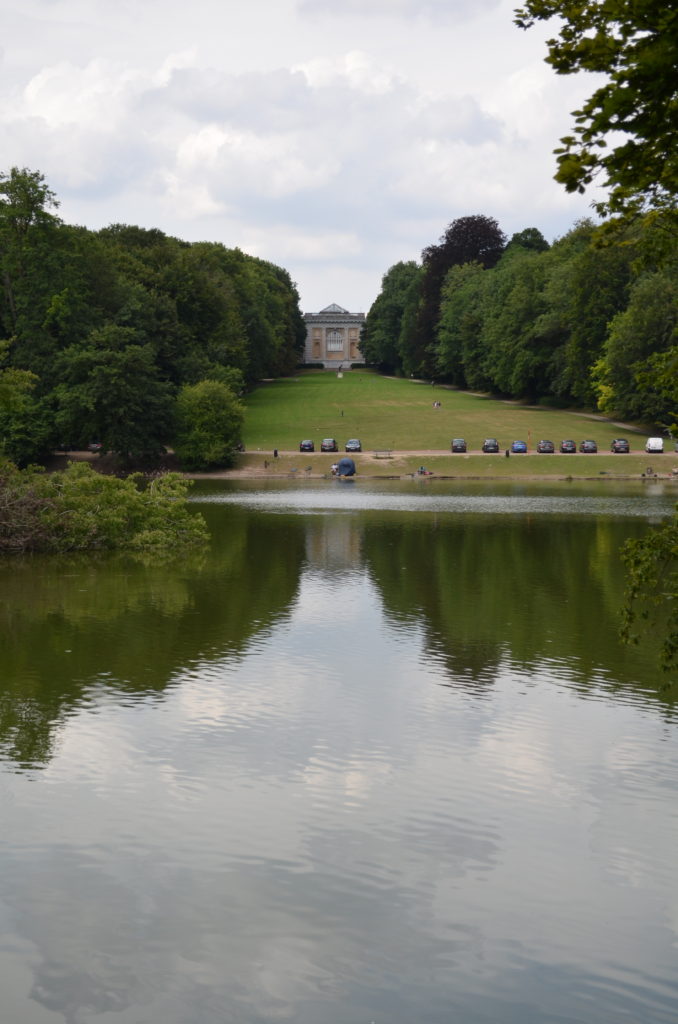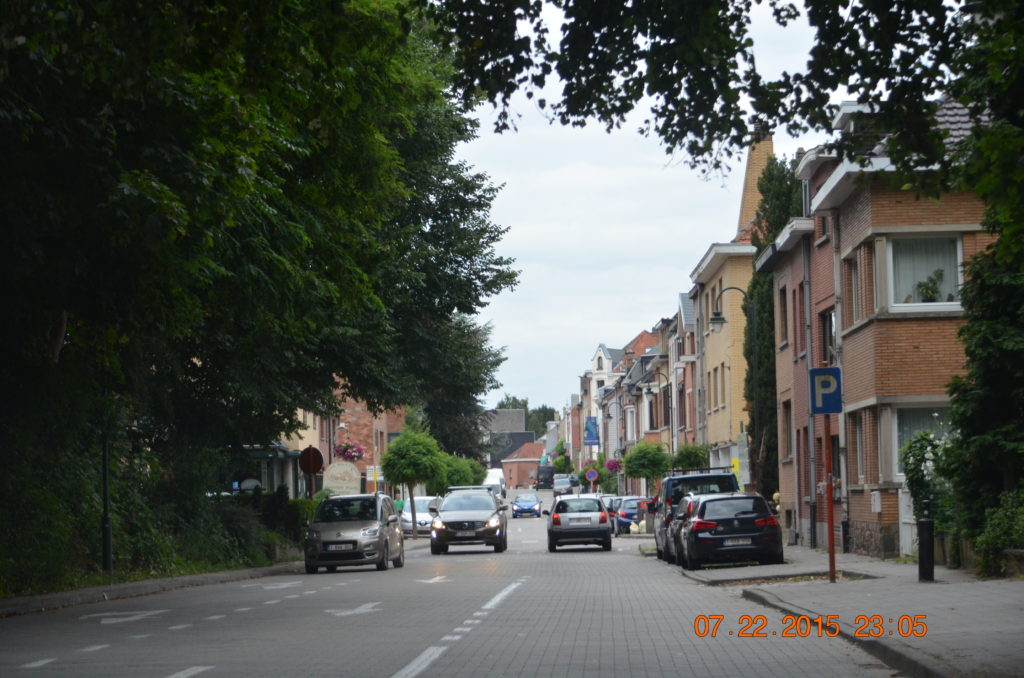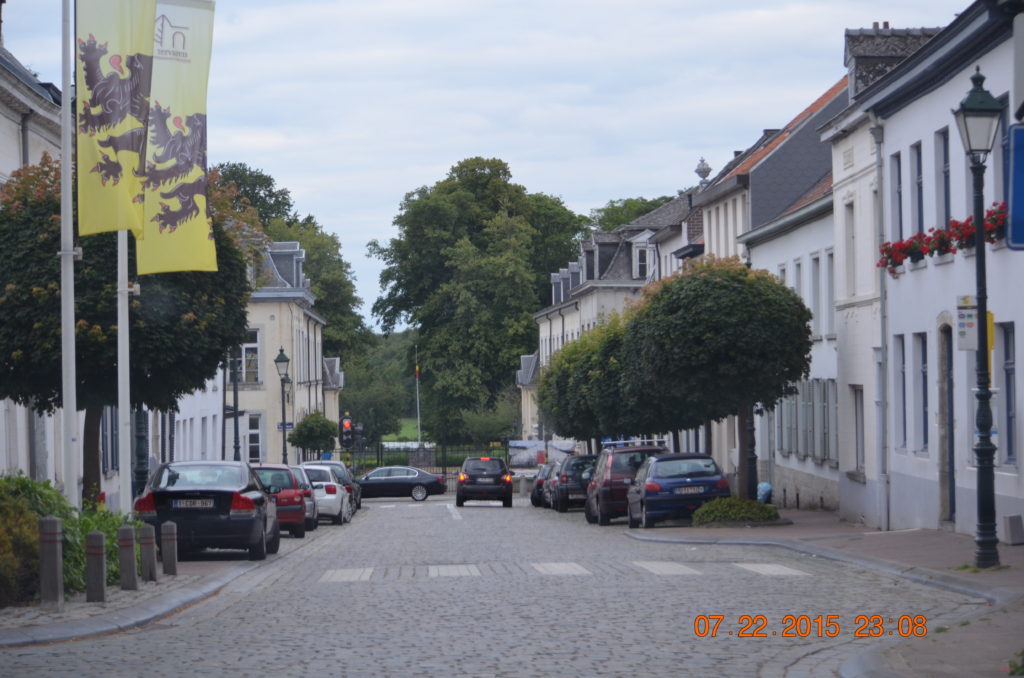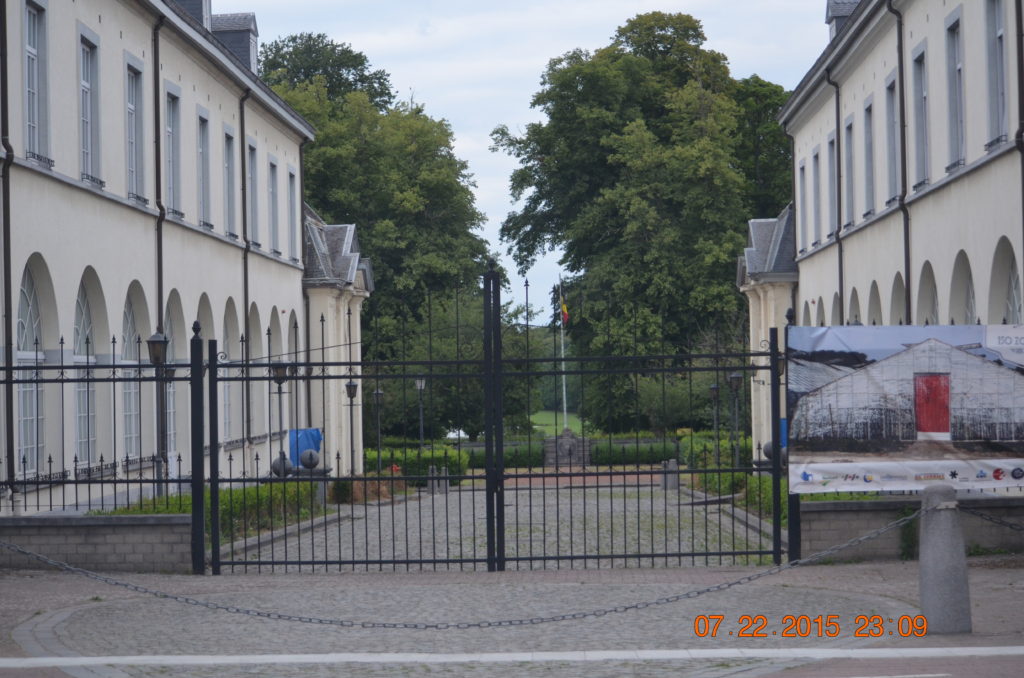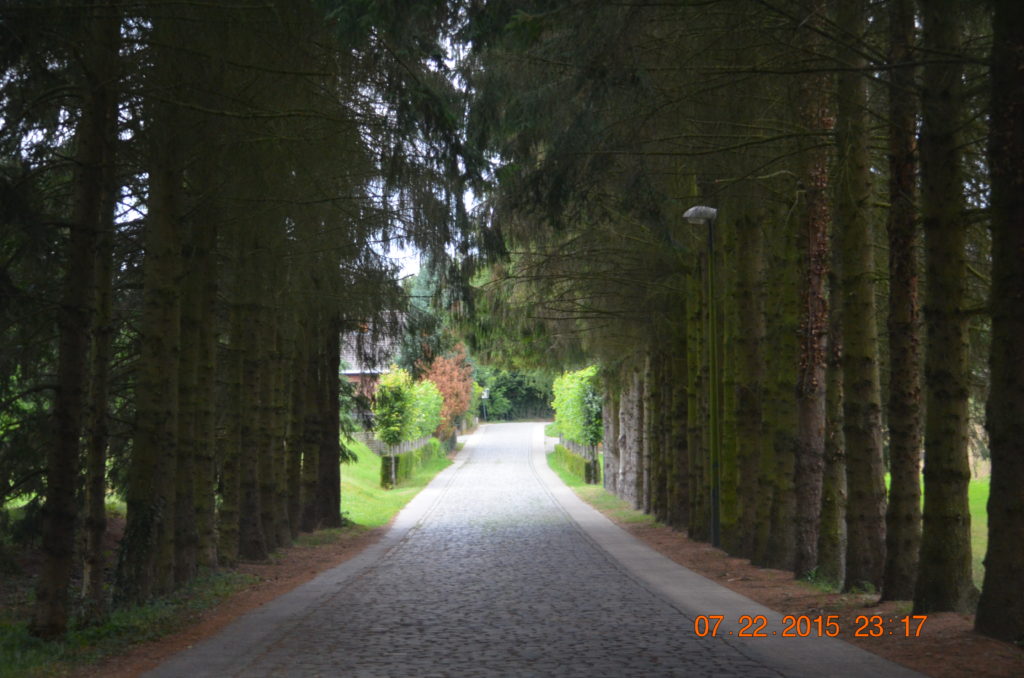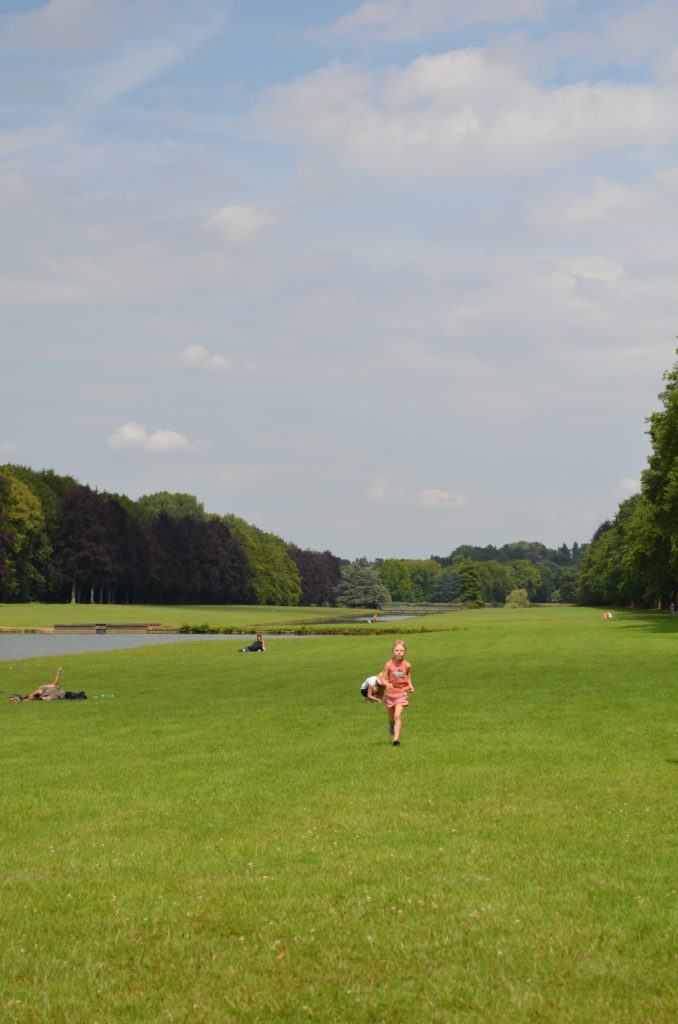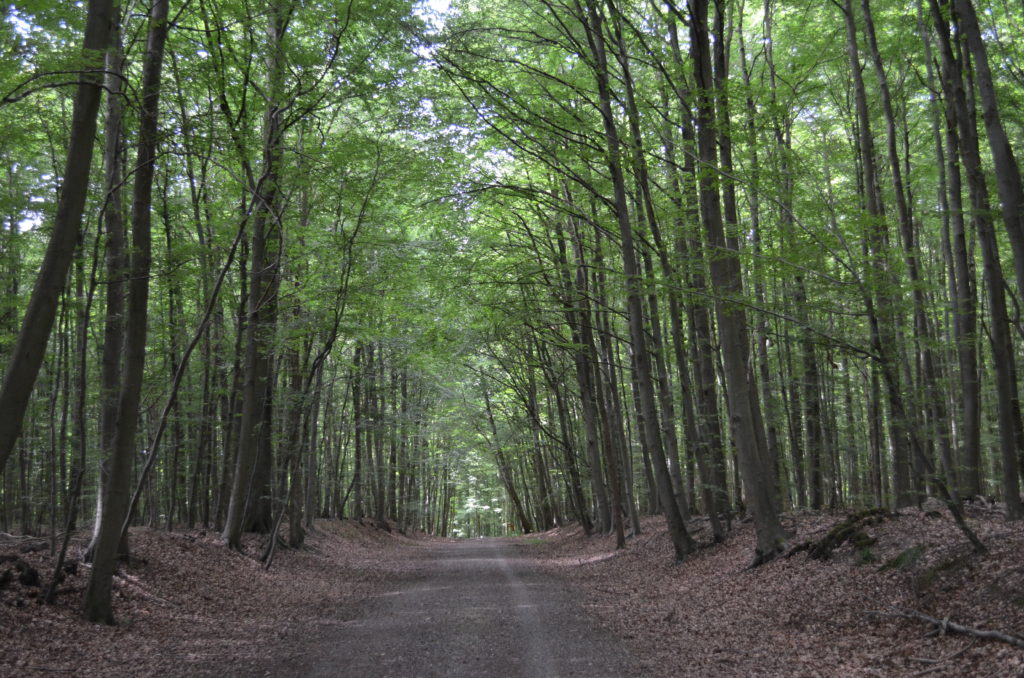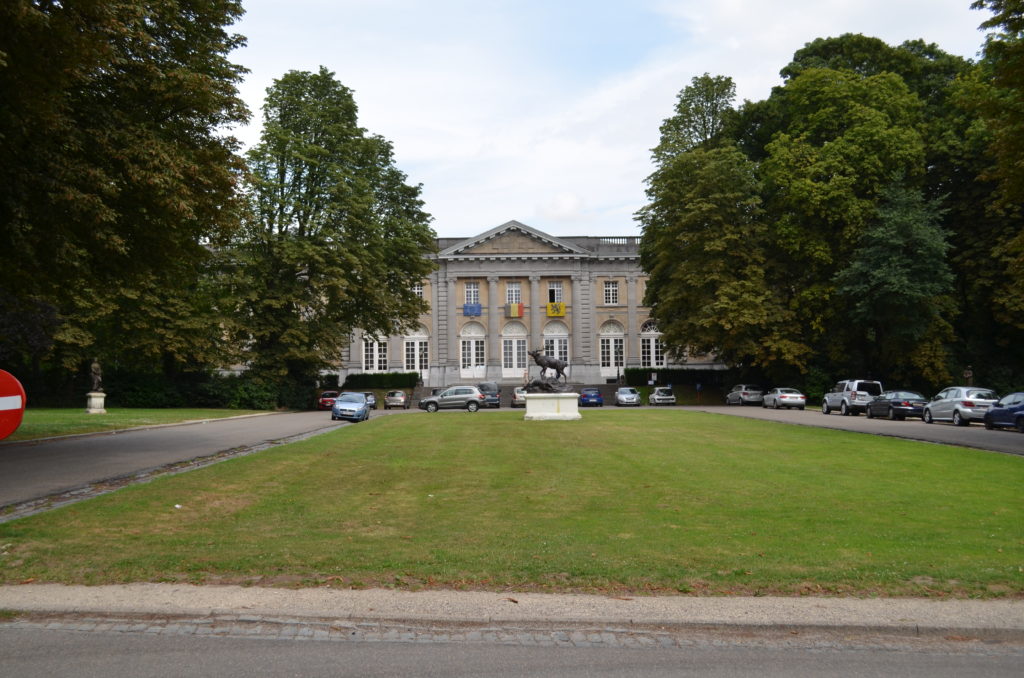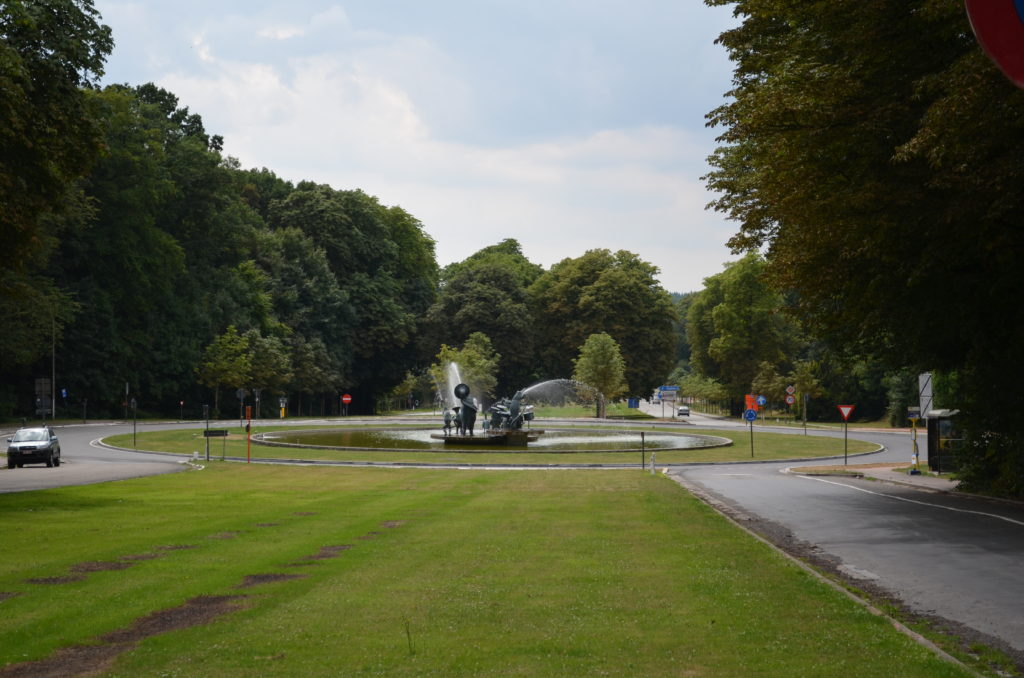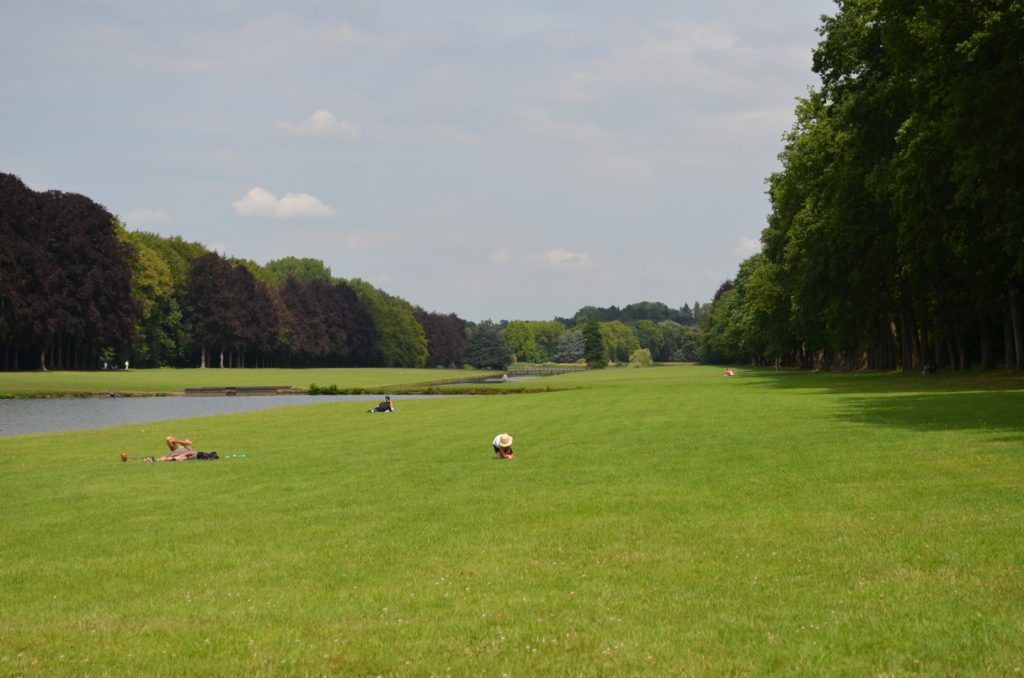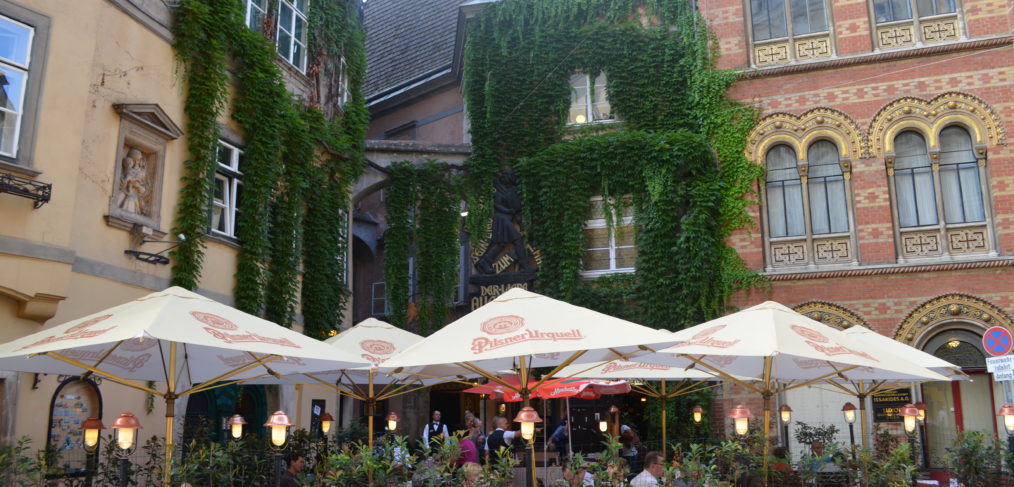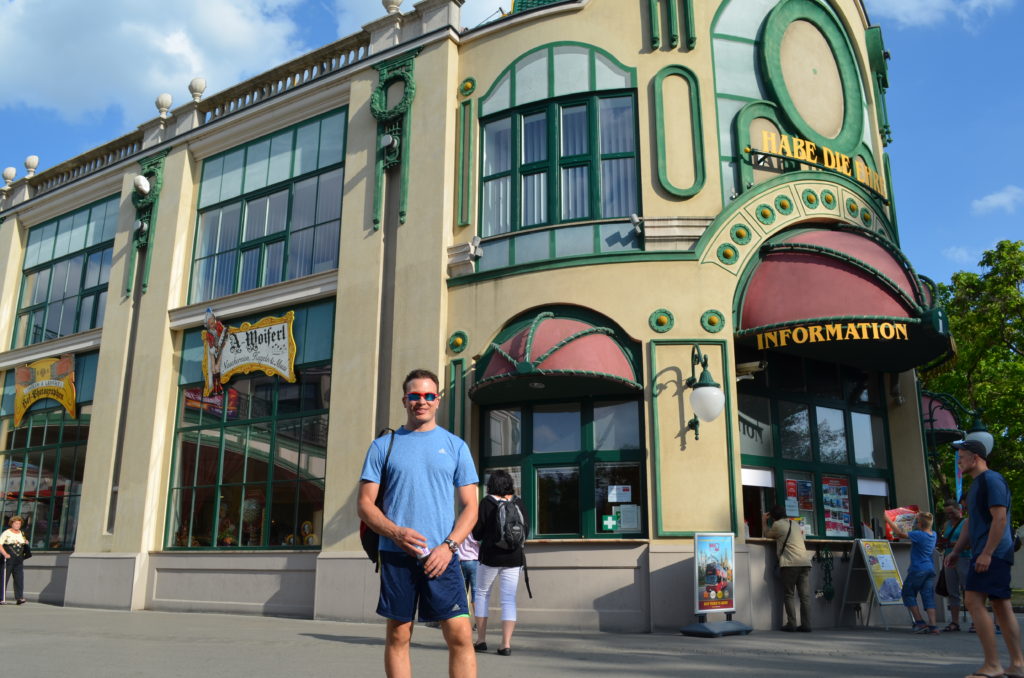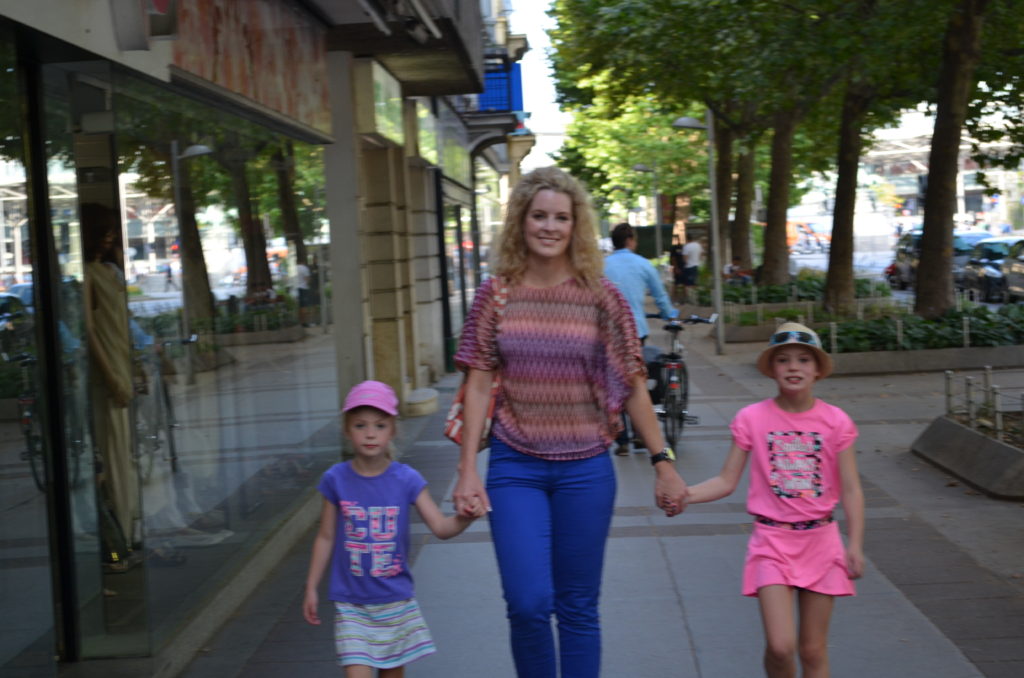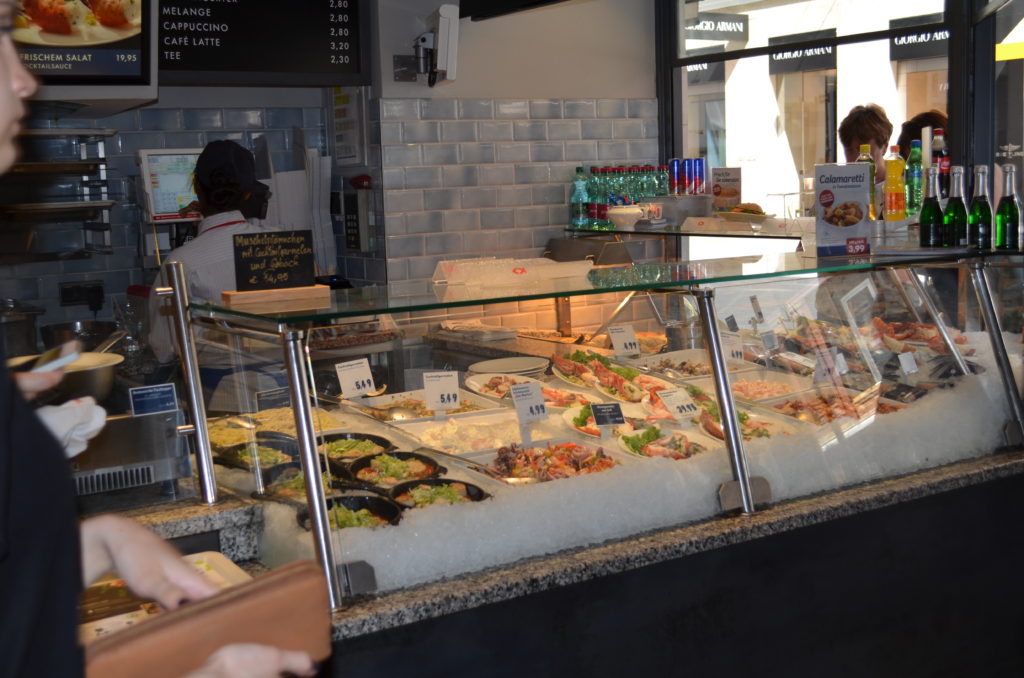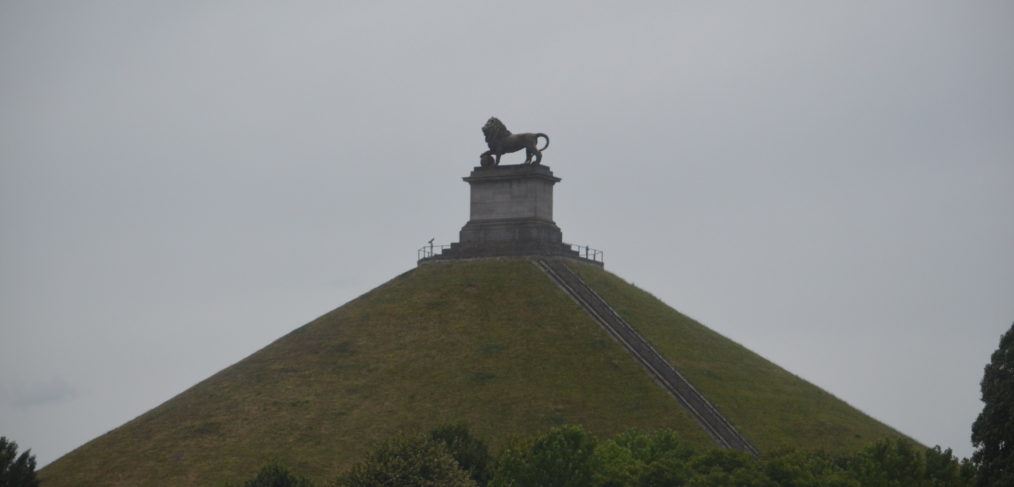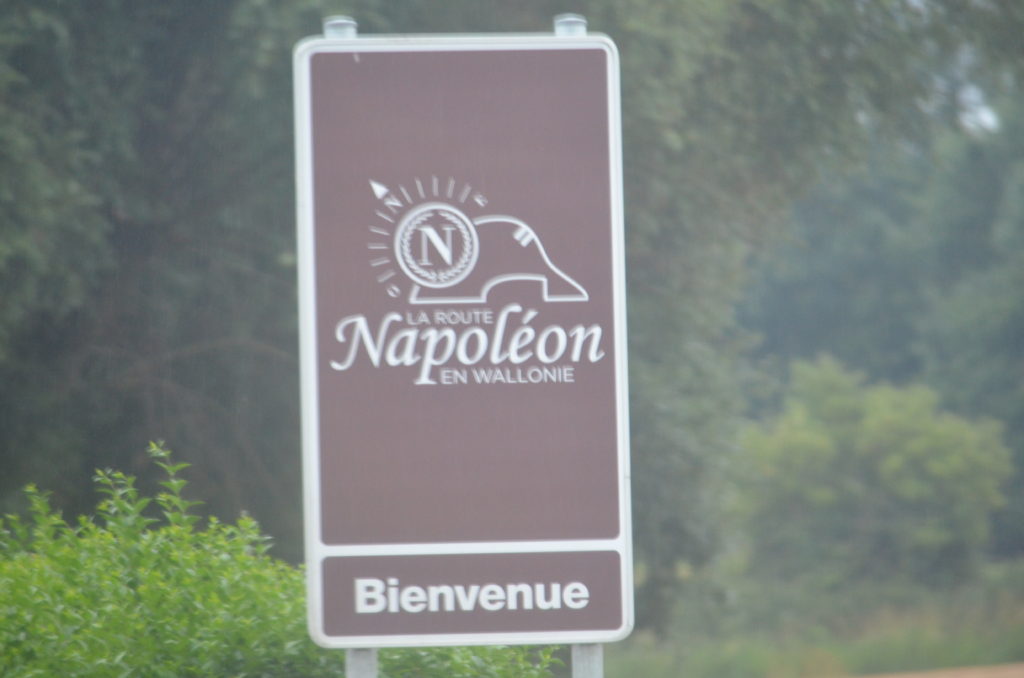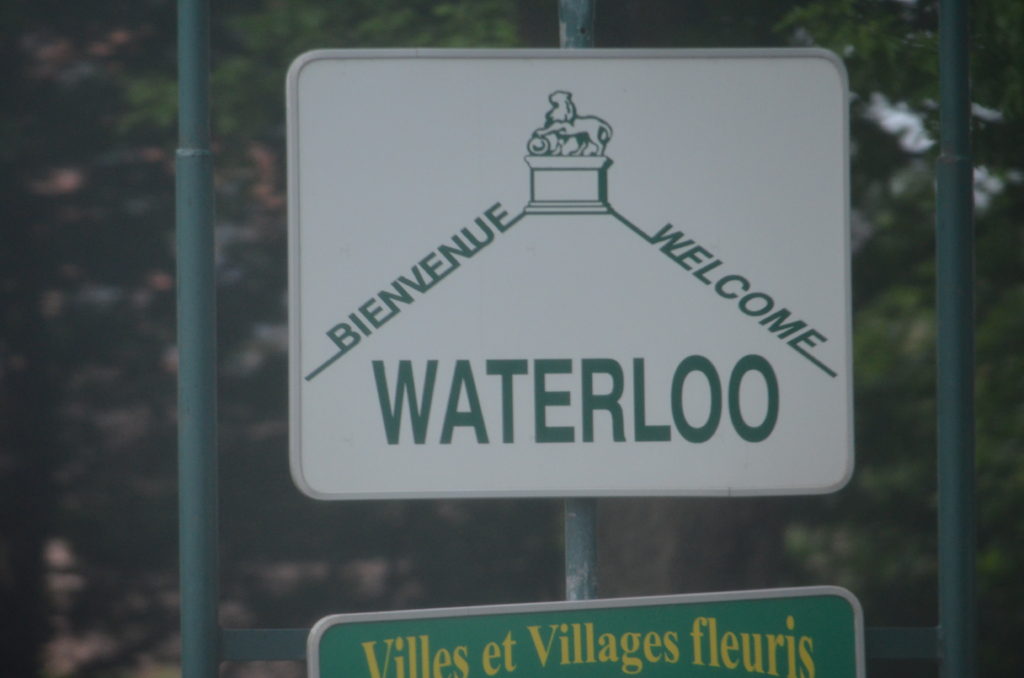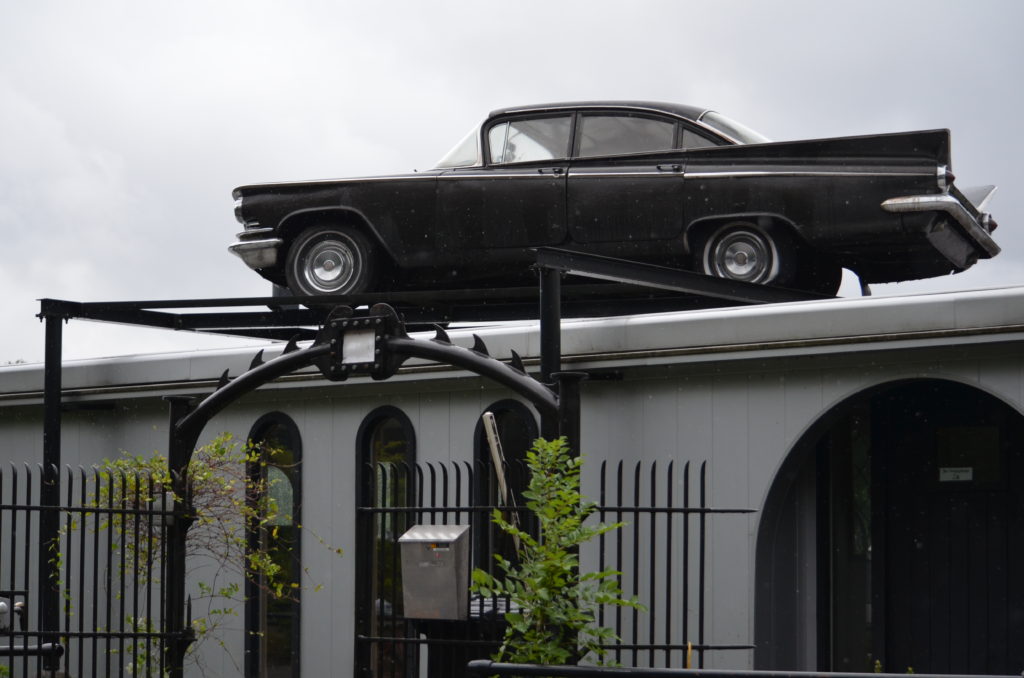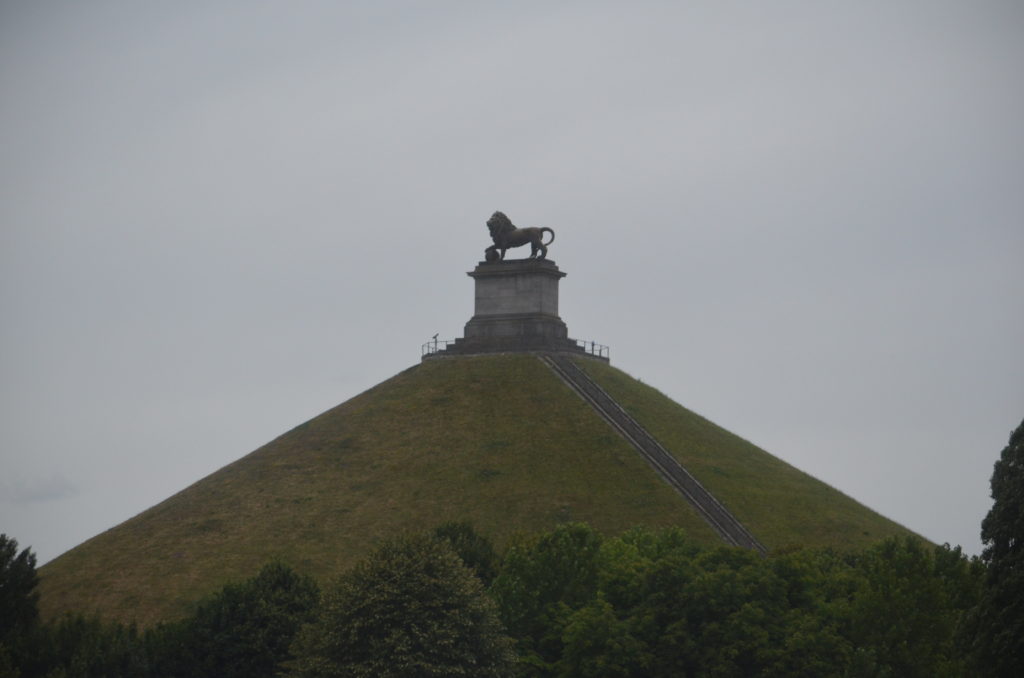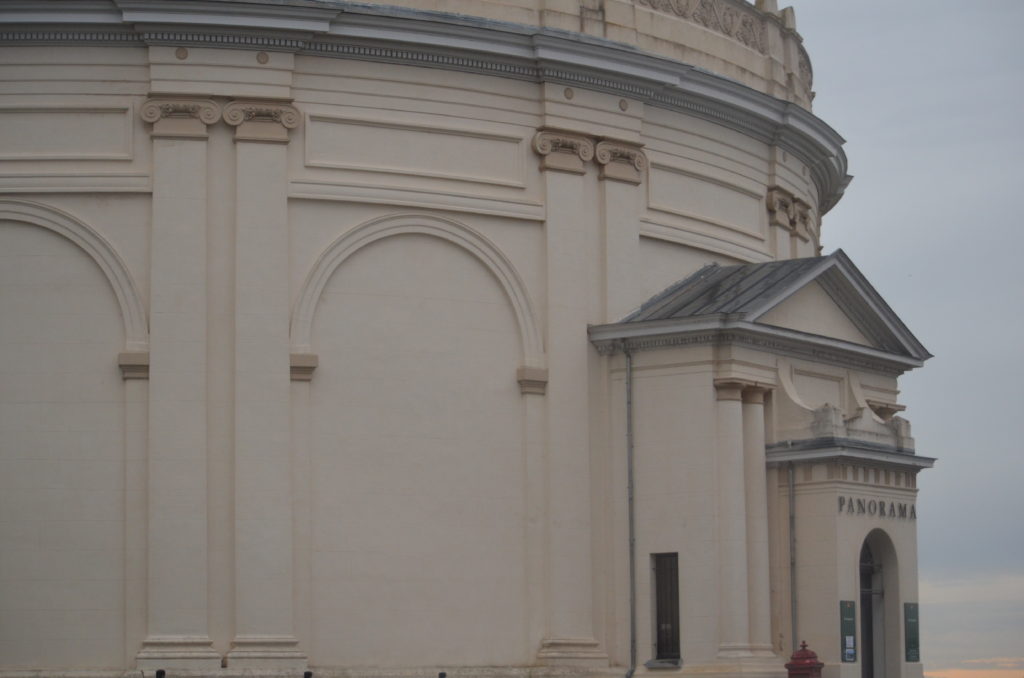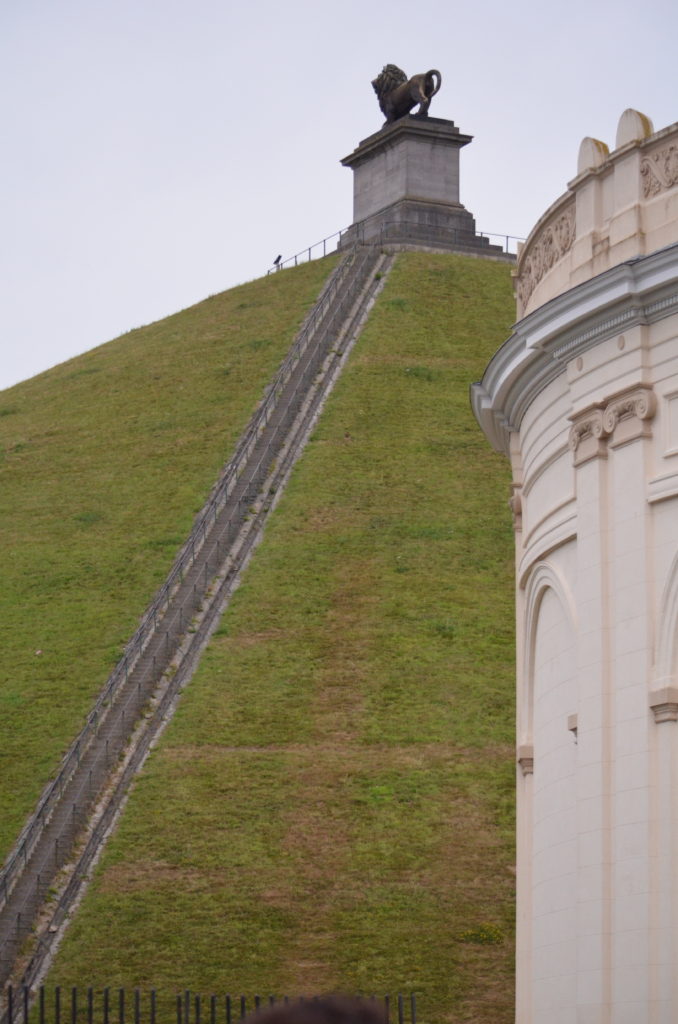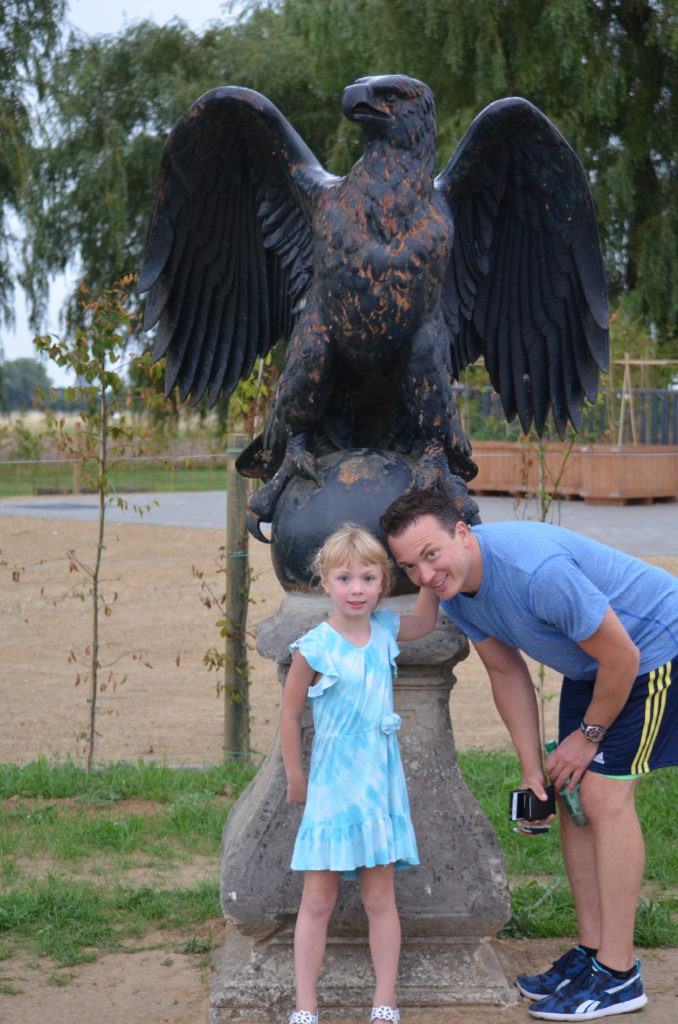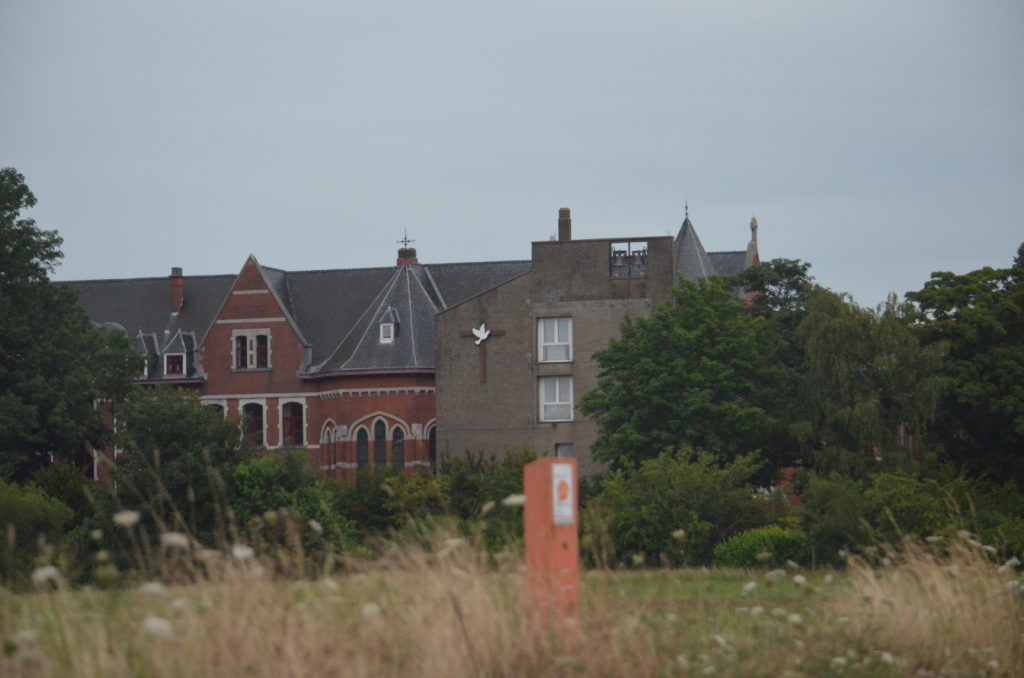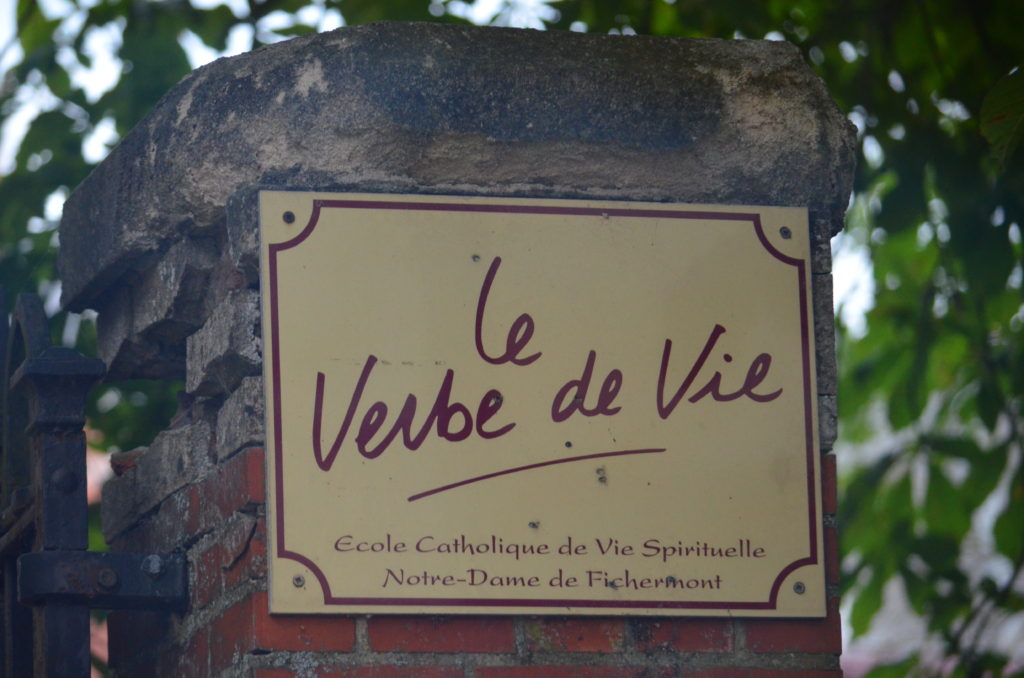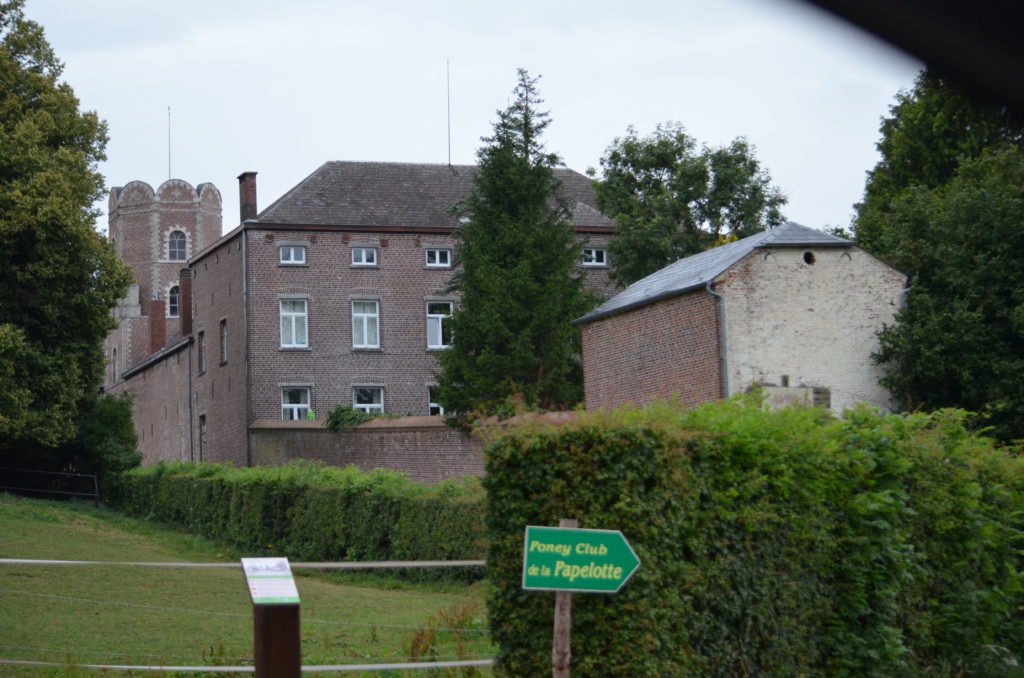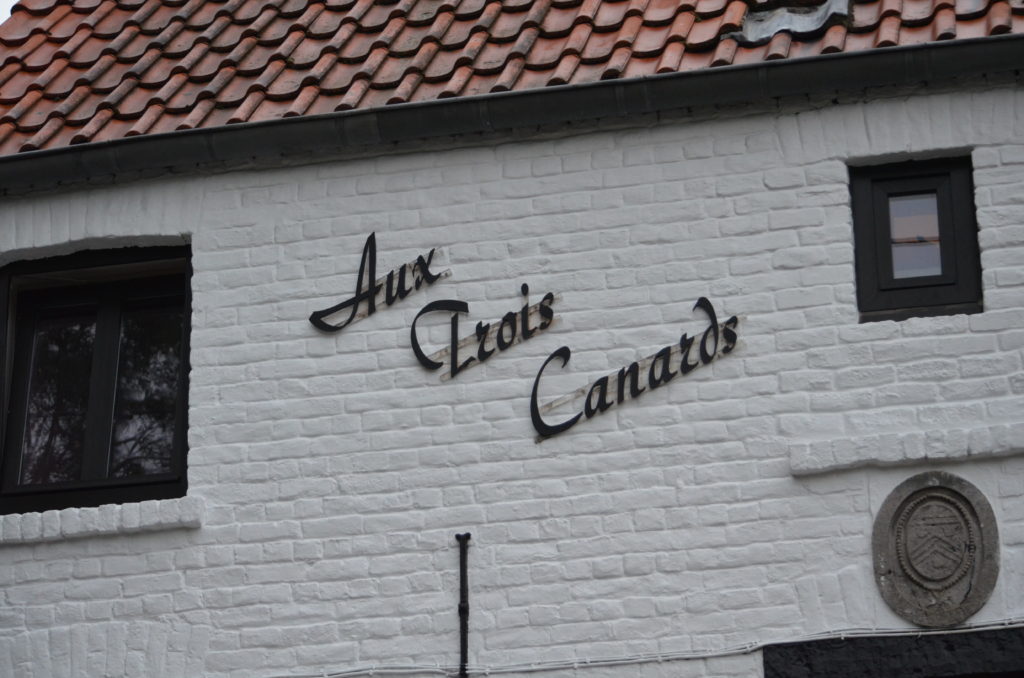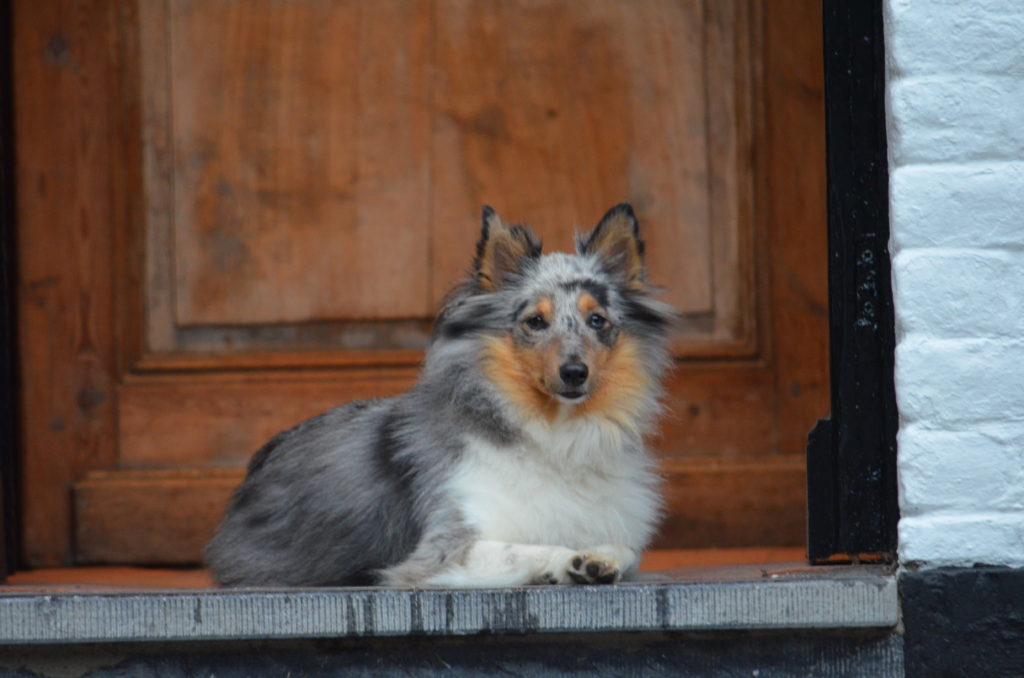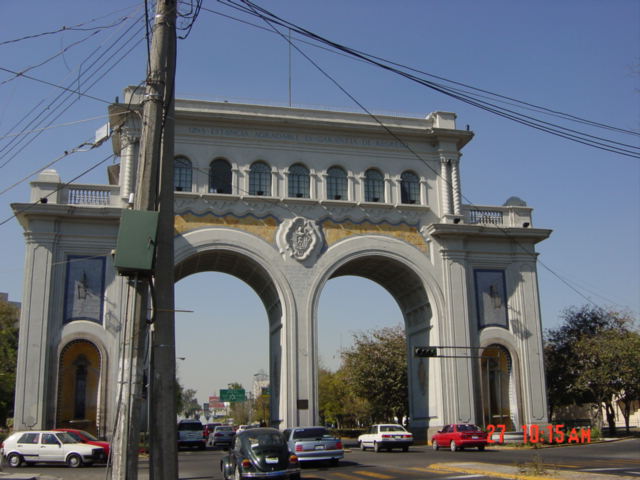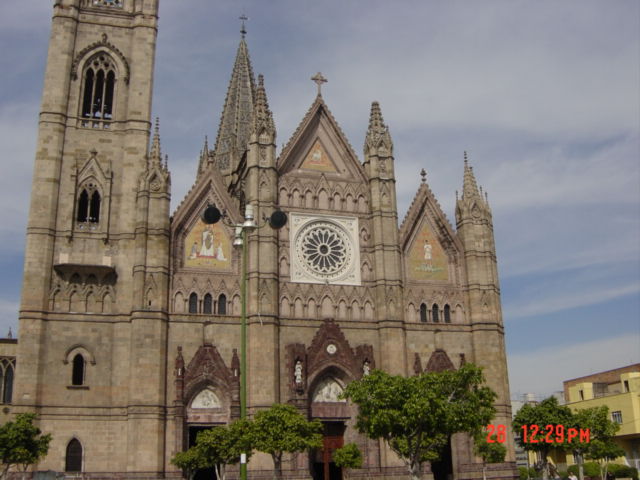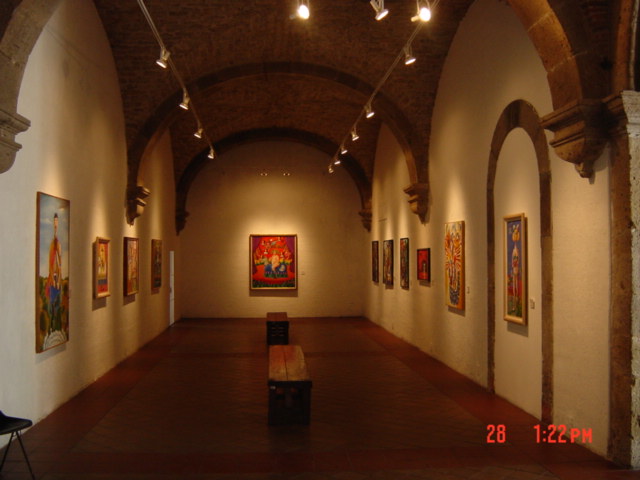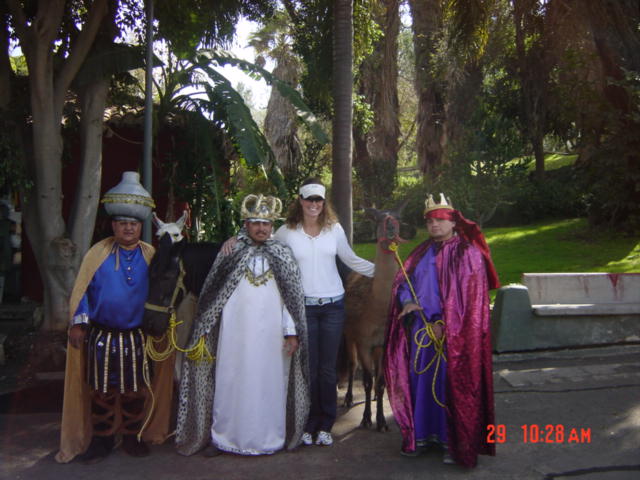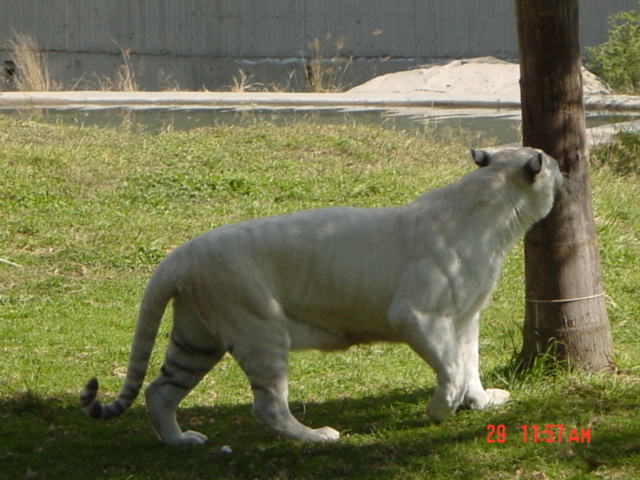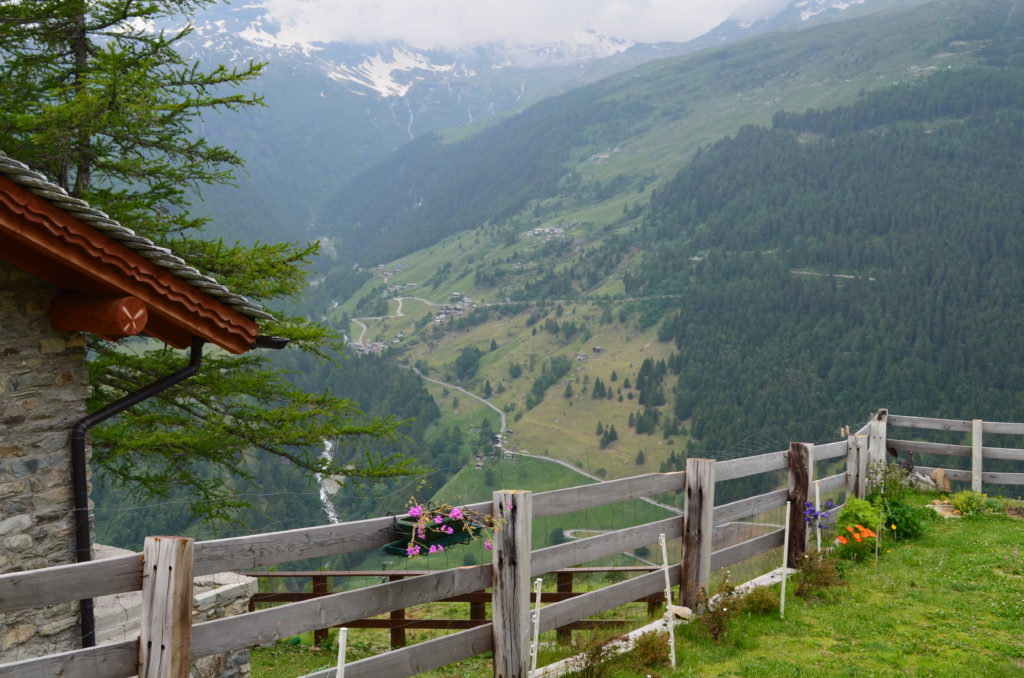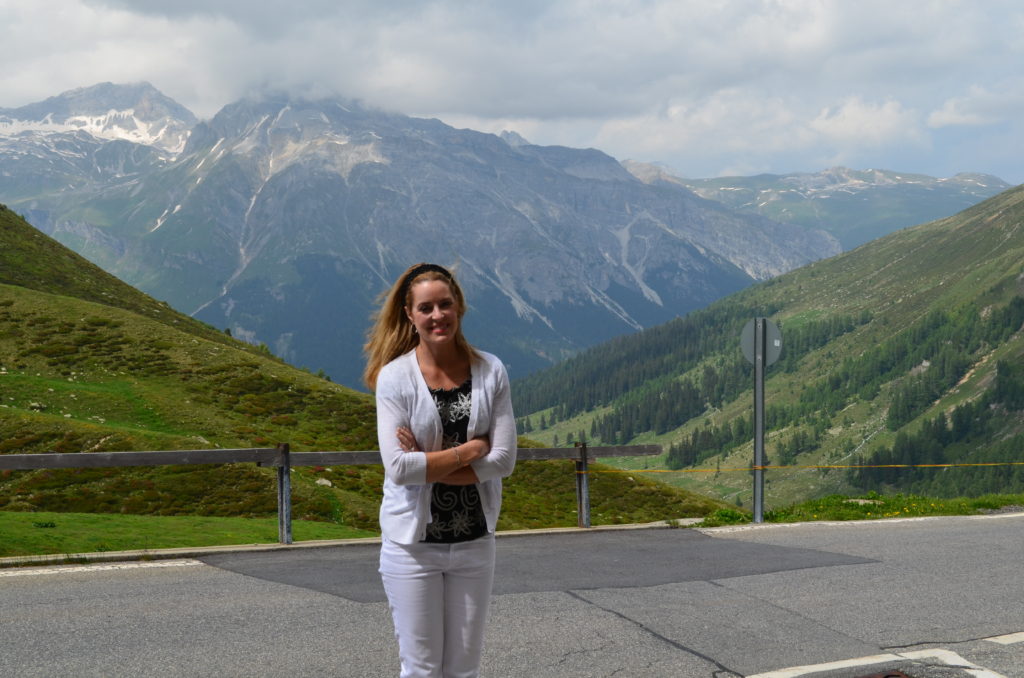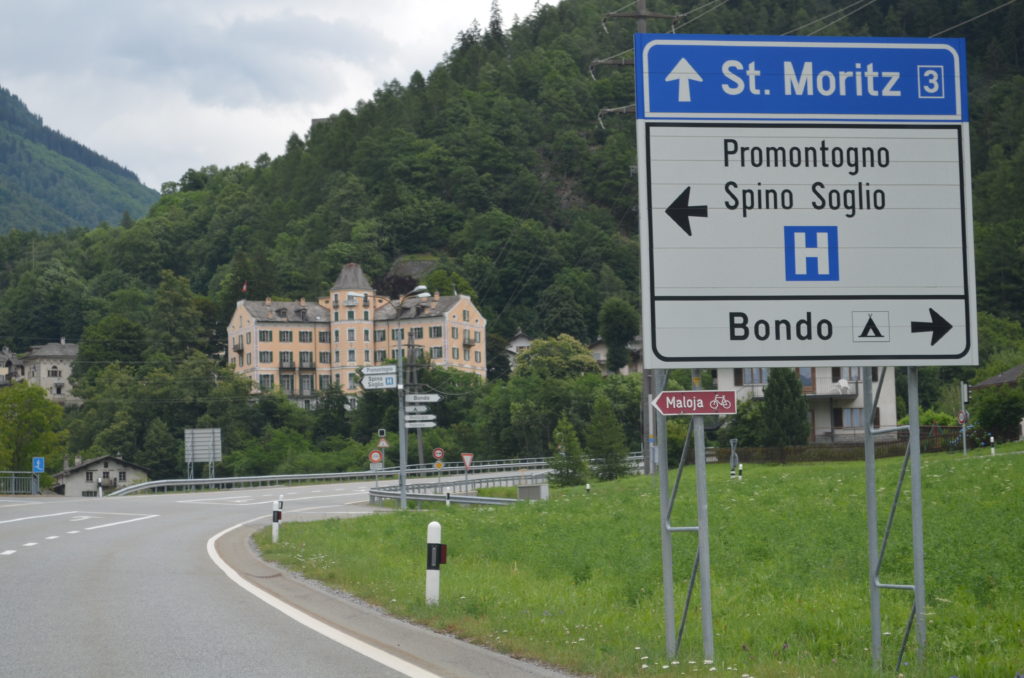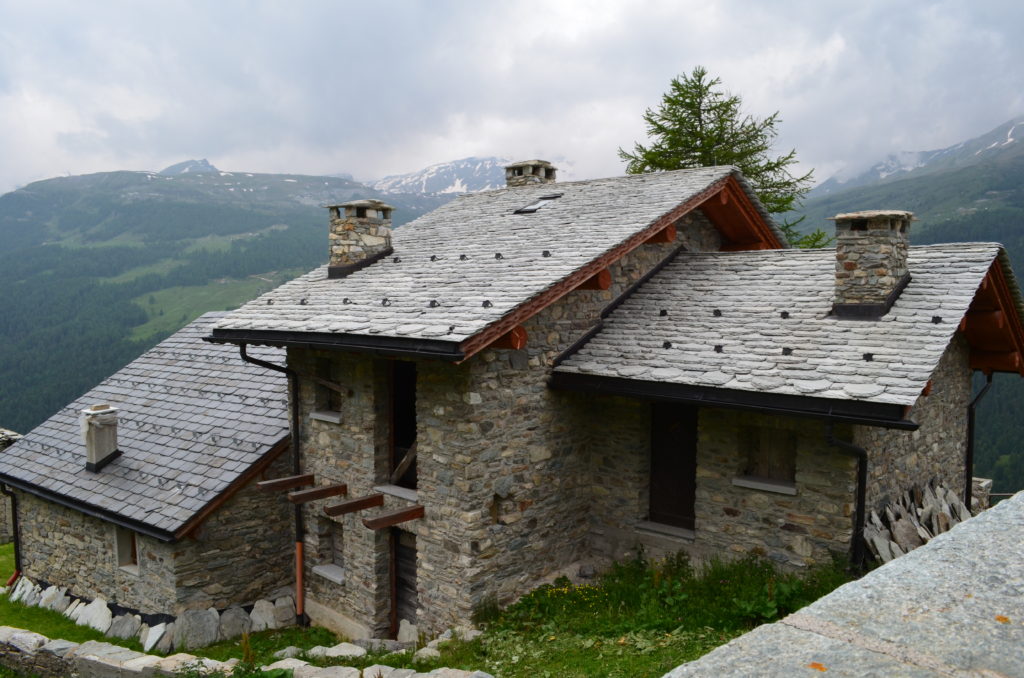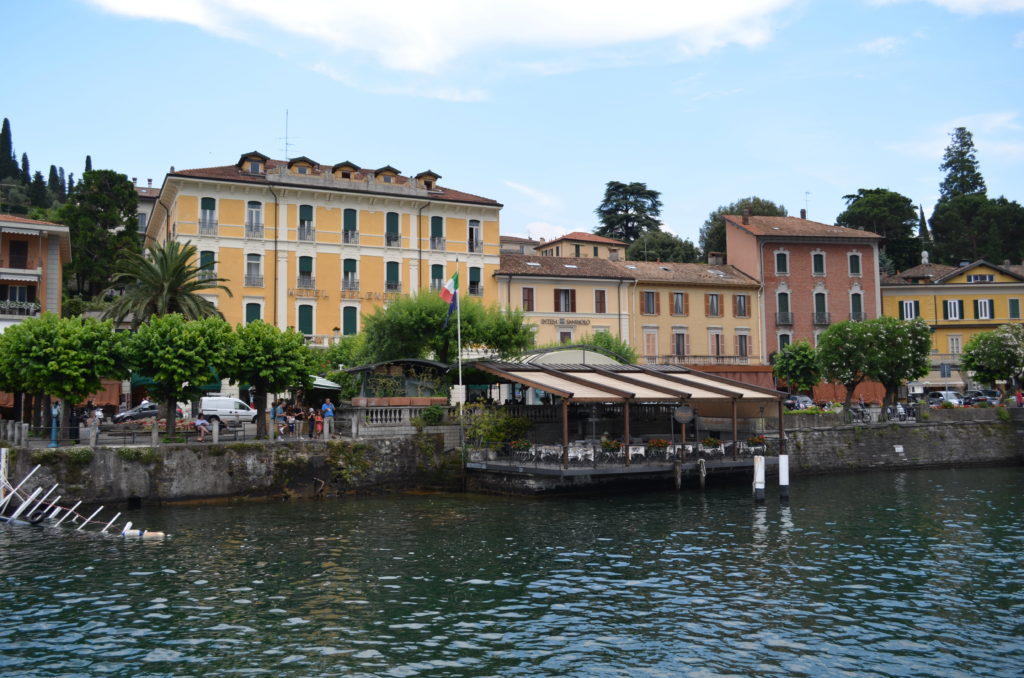Sometimes we can’t make the right decisions for ourselves, so it’s made for us
When I’ve seen people traipsing all over, in a trailer, boat or plane, I’ve sometimes thought: how do they afford that? Is it a one-time thing, a trip of a lifetime, or is it a normal occurrence, like going to the grocery store? Have they gone in to debt to take the trip, or are their parent’s paying for it? More often then not, Rog and I have shaken our heads in wonder, unable to make sense of the contradiction we’d see between how people live their lives and the vacations they take. Perhaps you are wondering how we approach travel, and savings as well? Do we put it on a credit card, take lots of pics with smiling faces then spend the next five years paying off the credit card?
Not to go all Dave Ramsey on you, but our philosophy on discretionary spending and savings in general is probably one of the reasons Rog and I are still together, 21 years later. I’m going to share our experiences and philosophy for one purpose: help keep you worry free as we approach what will surely be another bust in the economy, because I wouldn’t wish our experience on anyone.
The backstory
In my twenties, I had a solid corporate career before starting my own business. I bought clothes, watches, took trips and when I met Roger, faced the look of shock and horror when I revealed my savings account had basically nothing in it after a decades’ worth of effort.
“No home?” he asked in disbelief. Nope. “Cars paid for?” Nah. I lease, because it’s a tax write-off. “Stock?” Sure, I proudly replied. Lots of that.
His own background was the polar opposite. A poor upbringing. First person in his family to attend college, paying for it as he went along. Purchased his first home by working two jobs while doing his graduate work. No vacations, no new cars, because “why lose all that value the moment you drive off the lot?” he asked rhetorically.
When our two, type-A selves merged, we invested in a fixer-upper, which is where we put our money and time. We constantly traveled domestic and internationally for work, and the last thing we wanted to do was get on a plane at the end of the week. We wanted to be home, working in the yard or painting the walls.
After a couple of years, I had sufficiently worked on Rog to relax the stringent financial guidelines he’d always adhered to. We leased cars and took four-day vacations to Mexico every six weeks. When it came time to remodel, we contacted our accountant.
“Use the banks money, not your own,” he advised. That sounded like a great idea. We left our stock our where it was, treating it as both savings and retirement plan, taking out a substantial mortgage. And diversifying? Nope, not for us.
“Why would we invest in (low-risk) bonds when we will make a much higher return in the stock market?” Rog asked me. I agreed. This was logical and consistent with those around us. We all worked all the high technology sector, our profile for risk taking perfect for the volatility of the stock market.
Times were good. Always wanting the highest return on our money, we maintained only a couple thousand in our checking account, enough to pay household bills. Charge it! was our motto. We thought ourselves properly smart to pay off our credit card bills every month. That was enough, right?
Financial hardship is the great equalizer
We were on vacation in Mexico when I suggested to Rog we should consider diversifying by cashing out a chunk of stock and just put the money in the bank. I had a feeling that was causing me unease, and I just couldn’t shake it. It will give us peace of mind, I argued.
“What do we need that for?” he asked in response, shaking his head. We were a part of the 80’s generation who had benefited from the economic good times, and then the secondary uplift from the technology super nova of the 90s. My conviction wavered and I let it drop. That next weekend, the stock market burst.
At first, Rog didn’t believe the market crash was more than a hiccup, so he didn’t sell. With each passing hour, he concluded that we truly would be left with nothing, and executed some lightening fast trades. It was just enough to cover half of the remaining work on our home. What wasn’t covered was the massive hole in the ground meant to be a new kitchen, half the deck and the rest of the property, which resembled an abandoned construction site.
We sat, stunned in disbelief. Our collective efforts of the last decade was gone, and it had happened in 48 hours.
A change of attitude and of life
We had no savings. We had no stock, ergo, no retirement. We had not one, but two mortgages on our home. We had three cars, all leased. We were screwed. Fighting against our regret, we were thankful that we were both still employed, but even that didn’t last long. Two months later, Rog left the very company he started after disagreements with the board. He retained his stock options, but what good were they? Their value was less than toilet paper; at least that had a use and we could get our hands on it. And those credit cards we’d used to charge the latest set of travel? Sky high, because it was mid-month. We had yet to pay the recent bill.
So, there we were, starting over again. We lost some hair, quite a bit of our sex life and our relationship was in trouble as we faced self-hateration and recrimination towards each other as we faced complete financial devastation for the first time in our eight-year marriage.
Our debt strategy for crawling out of the pit of financial despair
After we stopped fighting and decided that yes, we still wanted to be together and yes, it would be worse to split up and face the mountain of debt individually than together, pragmatism and a little love united. We vowed that we would never, EVER, be in that financial situation again. On a scratch piece of paper at the kitchen counter, here’s what we decided.
Rule 1: pay cash
Hearkening back to his previous existence, we agreed that if we needed anything, we wouldn’t purchase it on credit, either in-house or card, but cash. The first test came when our (old) dryer failed. My pleading turned into tears but Rog was unbending. We had made a deal, so I sucked it up and went without a dryer for a few weeks until we had the money for a new one.
The second and harder test was six months later when the lease on my car expired. We had six grand in the bank by that time. The best car we could afford was a 10 year-old black, diesel long-bed pick up truck. Do you have any idea how hard it is to park a long bed pick up in the middle of town? Furthermore, in a progressive city outside Seattle, I would literally get yelled at for driving a “dirty diesel” when I should have spent the $80K on an electronic car. I bit my lip and ignored whoever was yelling at me.
Rule 2: No travel and no exceptions
For almost four years, we missed every holiday, birthday, wedding and party for every and all family members and friends. We declined any invitation that was outside a fifty-mile radius of our home. That meant visiting the coast of Seattle was out. So was skiing; our first passion.
As you can imagine, we didn’t win any friends during this time, and mostly lost the ones we had. We were too prideful to tell anyone what had happened, even our family members, some of who thought the worst (e.g. we were just jerks). Only much later did we realize that perhaps they were going through the same thing.
Rule 3: Set pride aside and take extra jobs
Since our first priority was our children and child care was expensive, I’d immediately gotten on the phone with former clients who wouldn’t mind me moonlighting for a discount. With a toddler and baby at my breast (e.g. still nursing) I ended up taking black-box projects I could complete in between my feeding schedule. All hours, all days, whatever it took, I did it. Little by little, our empty account started to fill up.
Rule 4: No clothes, no eating out, no discretionary items
I felt I’d been confined to the hell of wealthy poverty. It was the only phrase I could come up with to describe our situation. We had the image of wealth (cars, home, clothes) but were so laden with debt we were in complete and utter poverty, barely able to pay the bills.
Writer’s pause. I recognize that at this point, you’re saying: Awesome! She clearly needed that, and you know what? I totally agree. We had gone against every principle of provident living: have savings (6-12 months), a week or more of food storage “just in case of a job loss situation,” as Mom always counseled. Pay cash for home and other essentials (time immemorial). Every last good piece of wisdom cast aside. As Thomas S. Monson once said, “When the time to prepare comes, it is already too late.”
We got to learn that first hand.
When you least expect it, or no longer need it….
Like the rest of the country, the first four or five years after the crash were the hardest. Yet over time, Rog bounced back and my consulting work was steady. We obsessed about being debt free. By 2013, we had paid off everything including one of the two mortgages. Still, we maintained our policy: no new cars, new vacations and no discretionary items. In fact, we had become somewhat tiresome to everyone around us because their image of us was really boring. The singular time I suggested to Roger we “reward ourselves” for saving and being so prudent, he gave me a rather disappointed look.
“We don’t reward our stupidity,” he told me.
As we rolled into year seven, we were steady: paying the mortgage, being militant about saving; each week, a little more. Eventually, the long-bed truck was traded for a…wait for it…3 year old used diesel short bed truck. When people asked why we didn’t purchase a new car, I’d repeat a line born of my own experiences. “I spent my twenties getting in in debt, my thirties getting out of debt and my forties paying cash.”
The vacations eventually resumed, but they meant staying the western states and in a trailer we had purchased on a good deal. After being stuck in our debt-laden prison for years, “trailering” as I call it, felt like a luxury. We were also able to finish the addition that had been halted years before, adding on the deck that had been little more than protruding nails and a pit waiting for the dining room. Not that I was complaining. At least during this time we didn’t miss a funeral, so it could have been a lot worse.
Then all of sudden, the company Rog had formed years before sold. Out of the blue, all our financial worries were gone for good. So what did we do? Absolutely nothing. We’d been so traumatized from losing it all we wanted to ensure we never again fell into the trappings of our previous life. That meant no vacations or new cars. After a month, when we were sure the money wasn’t going away (and the money hit the bank account)) we paid off our remaining mortgage.
It’s not downsizing, it’s rightsizing
After that, we started another round of soul-searching. We’d proven we could live on less and be happy. Our family of four and a dog didn’t really need a good size house, as nice as it was. Furthermore, we realized our kids would fall into the same trap we had if we didn’t seriously overhaul our lifestyle, which meant location as much as it meant home. We began making plans to move from the city to somewhere more rural. We also decided to get rid of certain legacy assets we had held on to because the overhead of keeping them up no longer fit our personal financial strategy (think a boat). We told ourselves if we forced ourselves to have smaller closets and storage, we’d not be inclined to fill up the extra room with more “stuff.” (And just think, this was years before Marie Kondo).
So it was, and is, that we chose Idaho, because the home we found, the nearest town and all that surrounds it embodies what we now knew we had to teach our girls. You can’t talk about living small-scale unless you do it. It’s hard to justify being prudent with three Christmas trees in your garage, sitting beside thirteen pumpkins and boxes of lights. Without storage space, “the stuff,” goes to Goodwill, and for us, the noise, the clutter and the overhead went with it.
One other funny twist of fate was that just before the downturn, I’d written The Overlooked Expert: Turning Your Skills Into a Successful Business. While I’d thought my consulting days were behind me, I ended up turning back to the very skills that had helped me in the first place.
Finally….yes, finally, we felt comfortable traveling again, and in 2014, that’s what we started doing. We made a family decision that instead of things, we were going to invest in experiences, so we have taken votes on where to go and let our map be our guide. We had long since set out our financial plan, and we created a revised version to fit with our updated life. It’s literally a spreadsheet of the next twenty years comprised of the following:
a) necessities (food budget)
b) required items (heat),
c) gas for the cars,
d) required clothing budget,
e) taxes and the like.
We put in a “discretionary” line item which included travel, and if that got eaten up by an unexpected cost like a broken pipe or car issue, the travel was wiped out. We never increased the budget. No. Matter. What. Thus, the years we have traveled overseas, it was within our budget. Other years, we made different decisions for the family, but the budget amount never changed. This has allowed to sleep more and worry less.
You the know the ultimate irony is that during the time we were living in wealthy poverty, everyone around us thought we had it all, because you know, this is the society in which we live. It’s all about outward appearances. Then when we changed our lifestyle, rightsizing on purpose and with intention, everyone wondered (and sometimes even voiced) the notion we’d hit skid row, and were being forced to downsize. We weren’t going to justify ourselves, other than to say we wanted to live stress free. The response was usually some sort of sympathetic look and head nod. Rog and I would, and still do, keep our mouths shut and hold hands, mentally or physically, strong in the knowledge we still have our hair and are sleeping really great at night. People can think whatever they want, because when we travel, or buy something, its paid for.
Oh, and in case you were wondering, we still have the white diesel truck. As I told Rog, “why would we want to buy a new one and lose half the value the minute we drive off the lot?”
I guess I have learned something after all.

